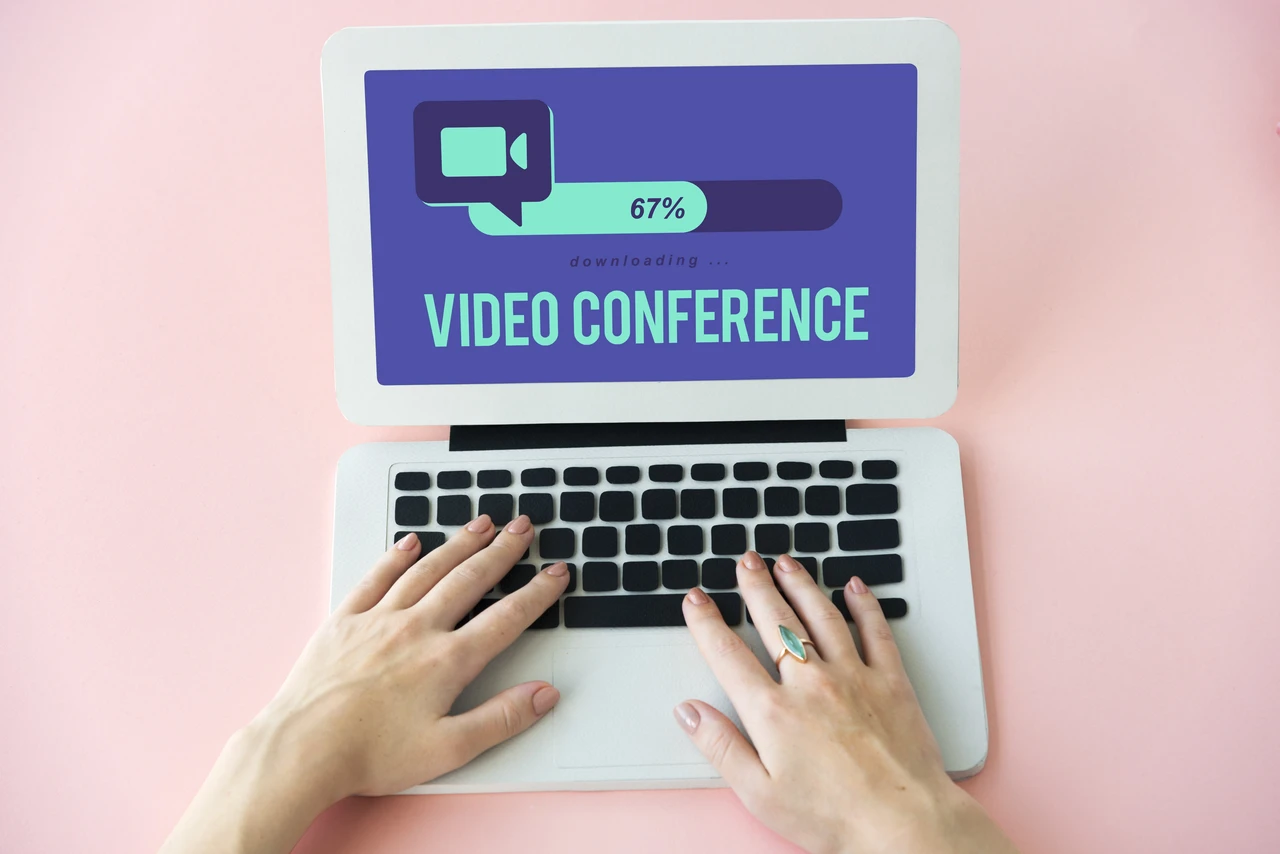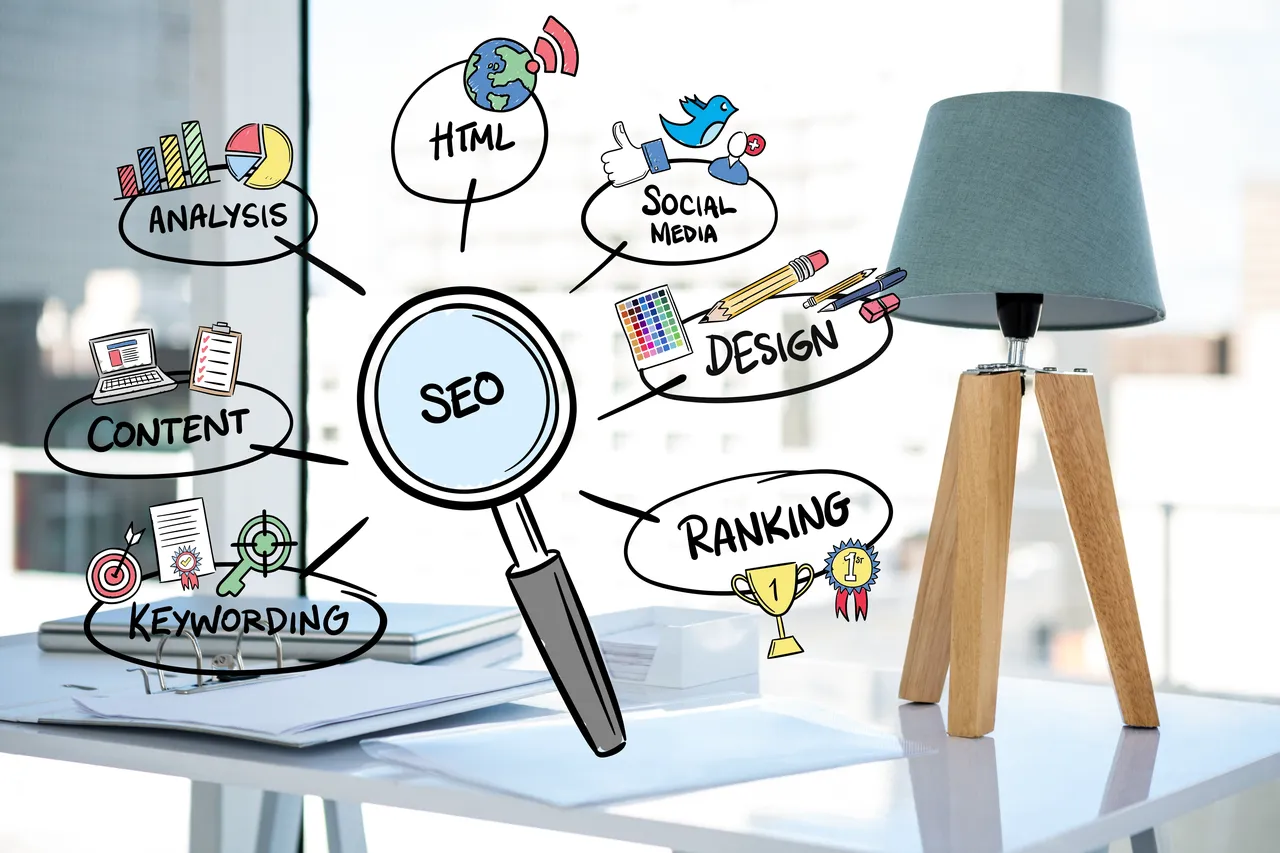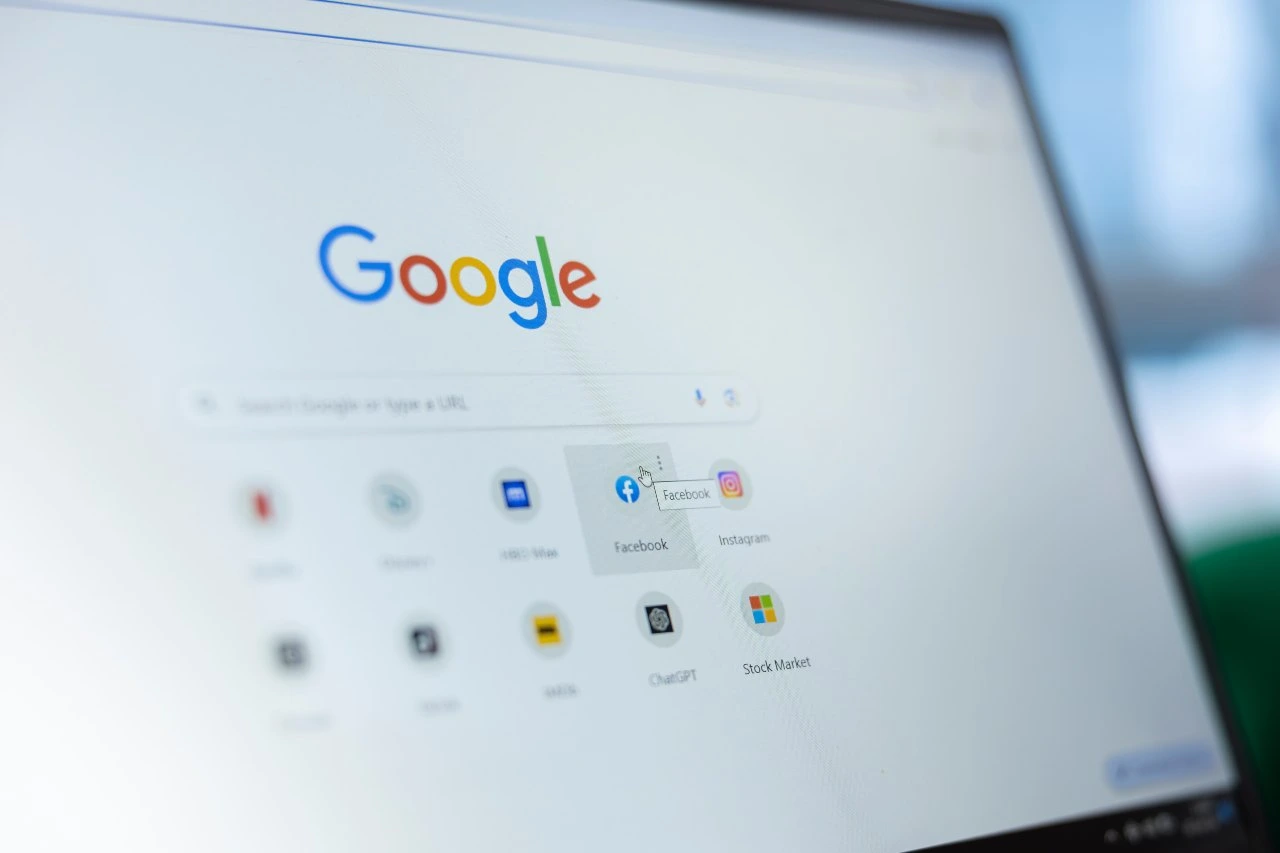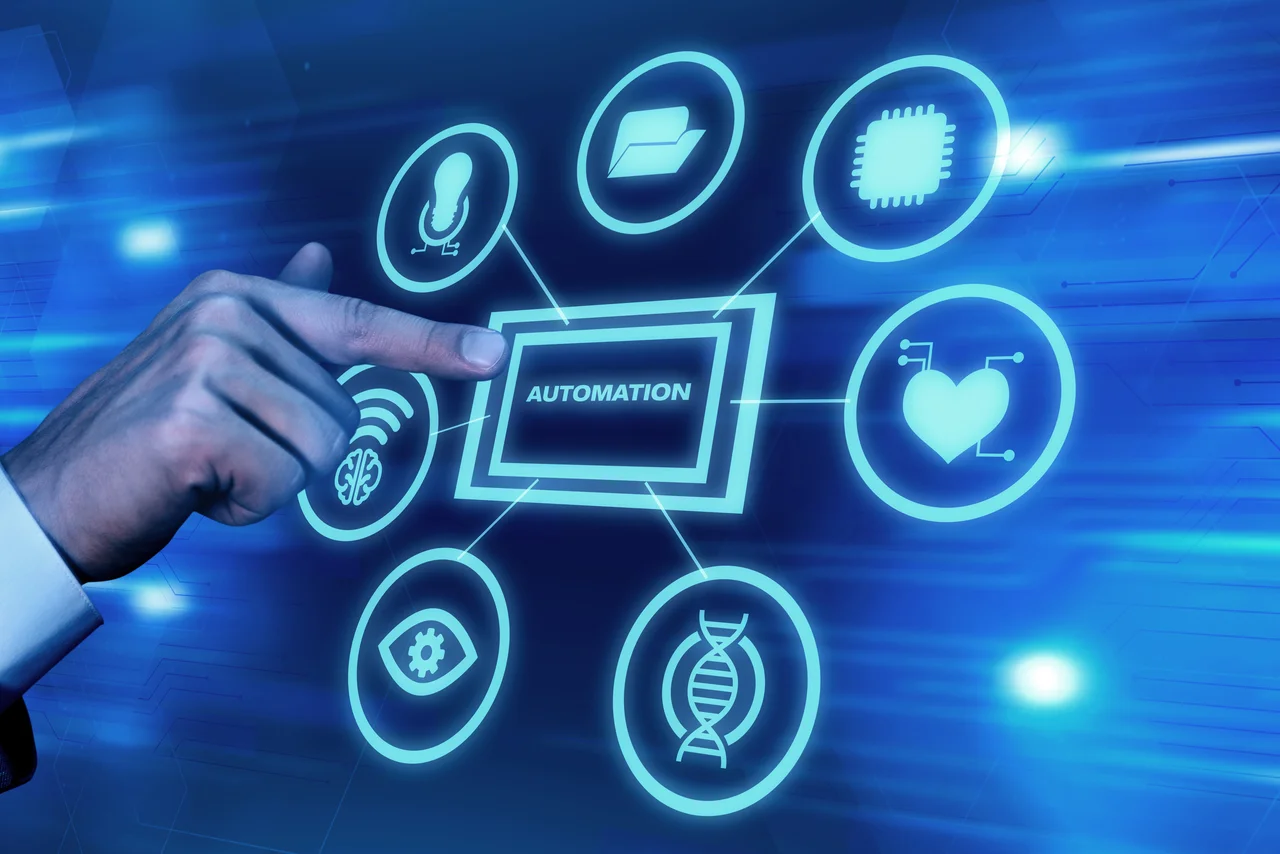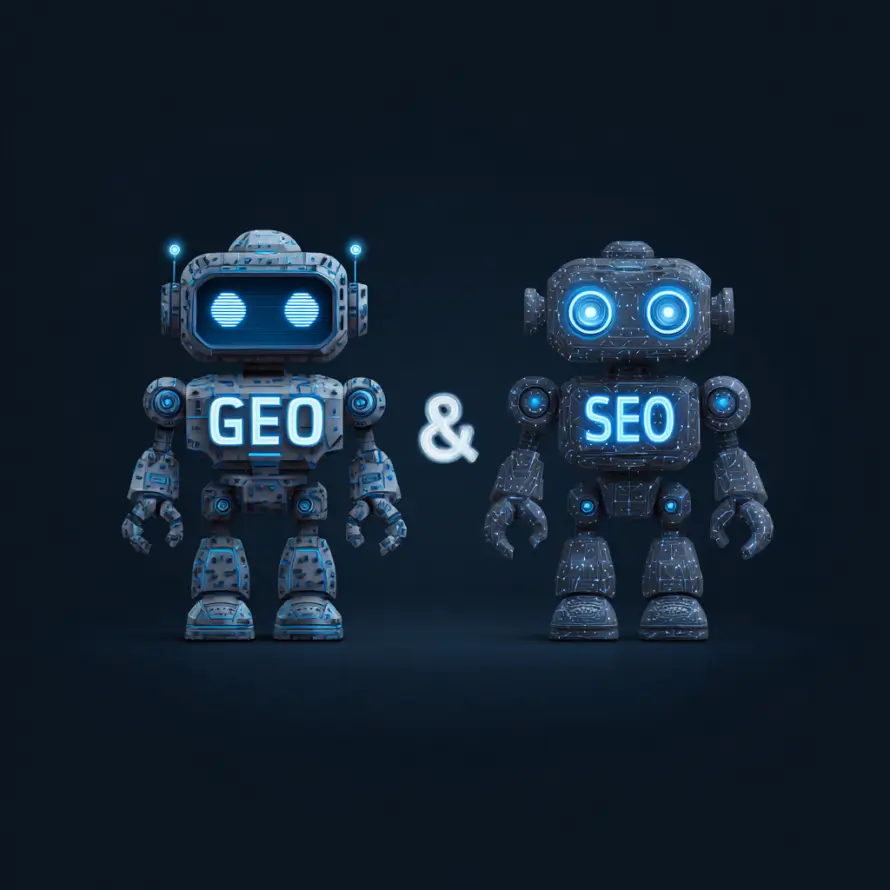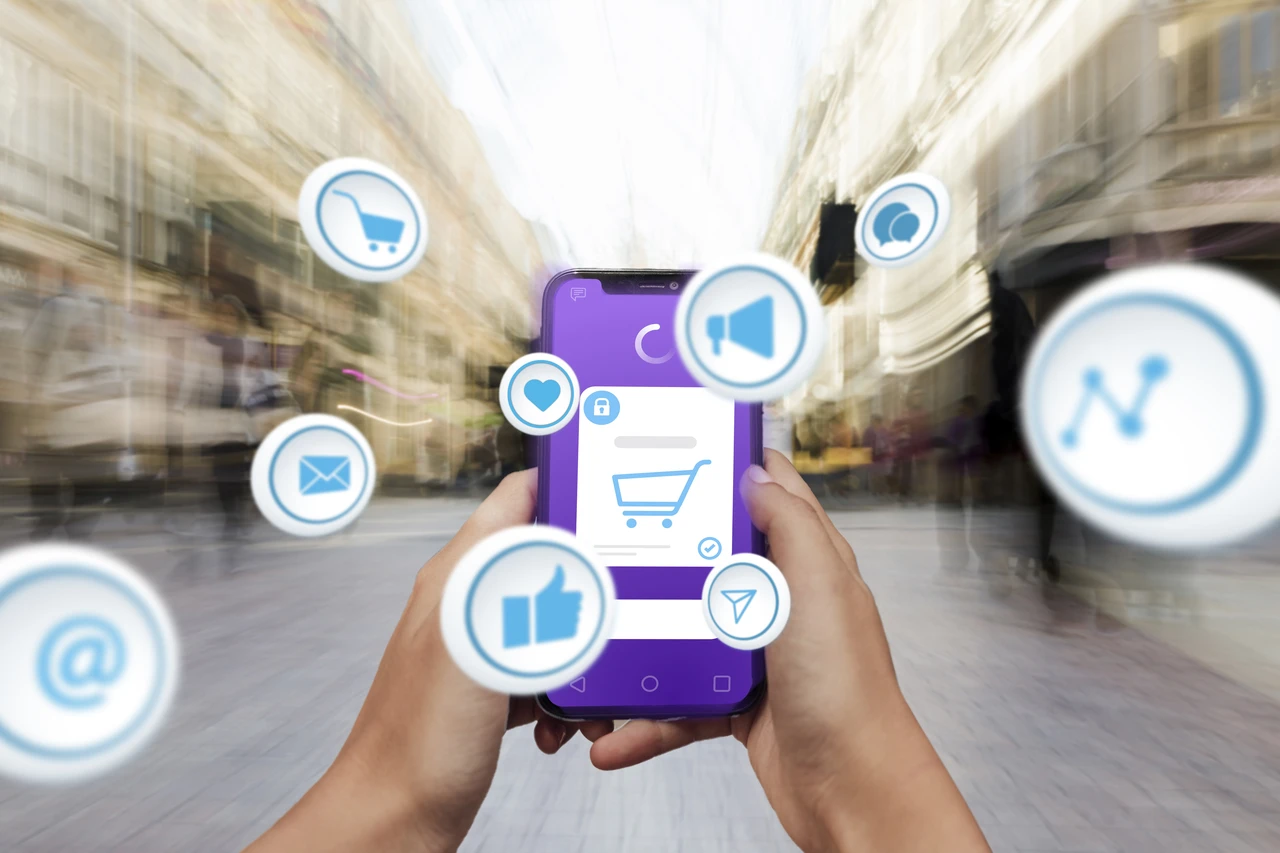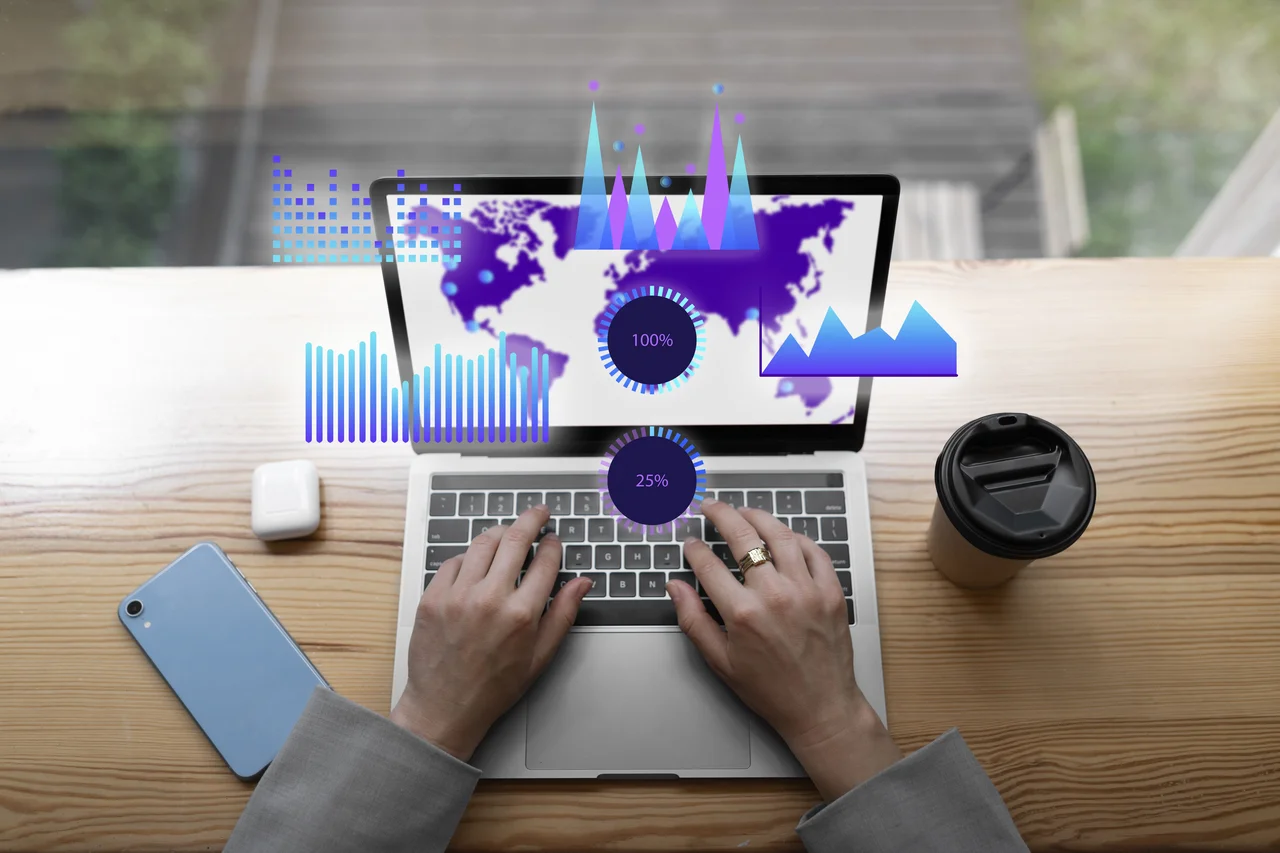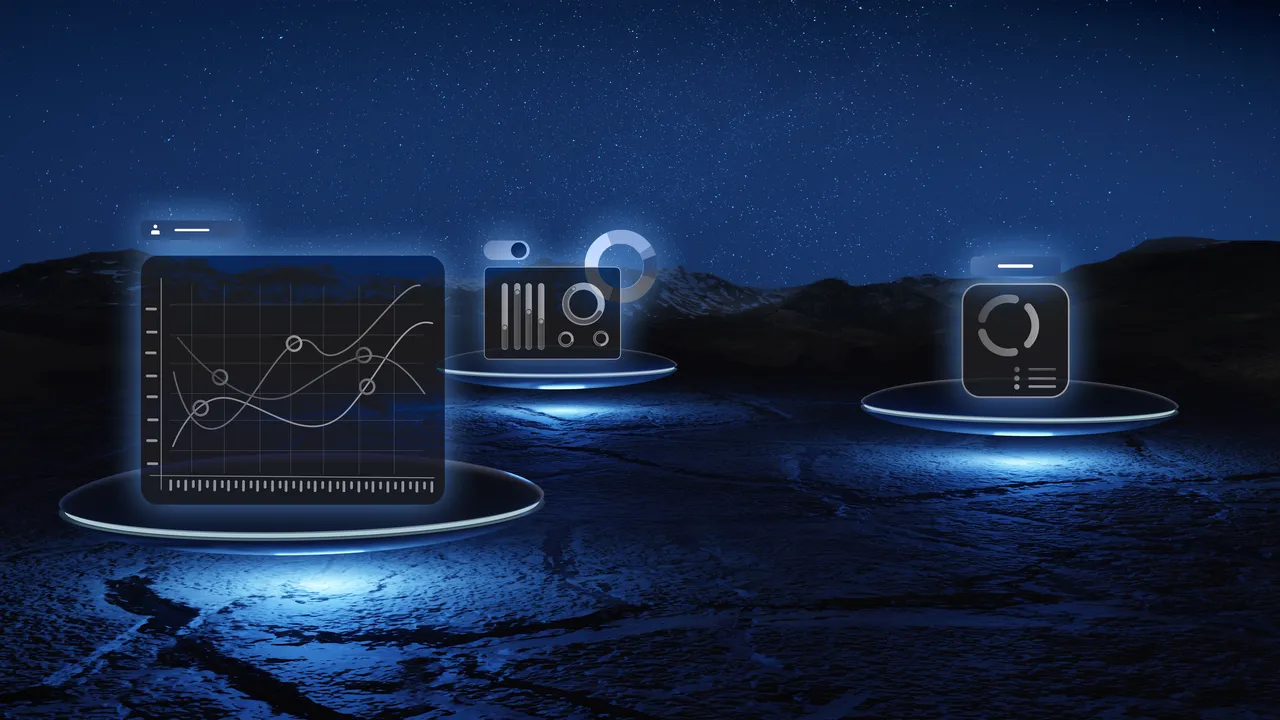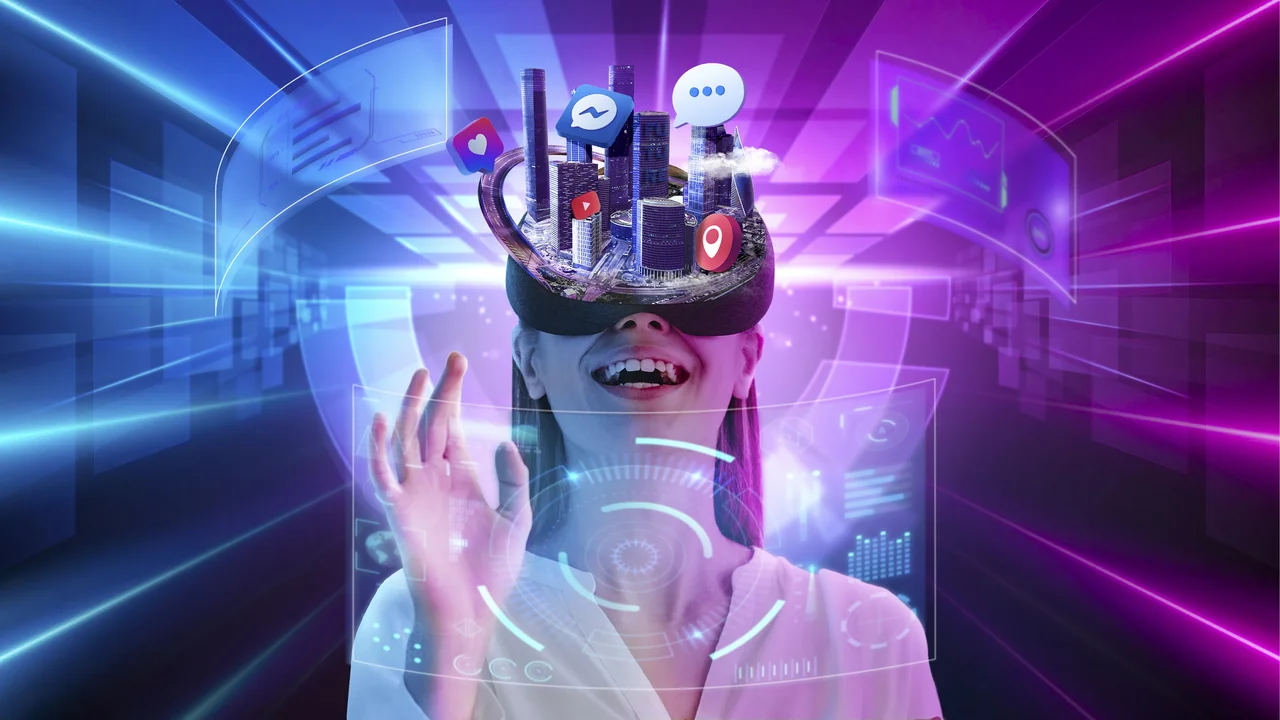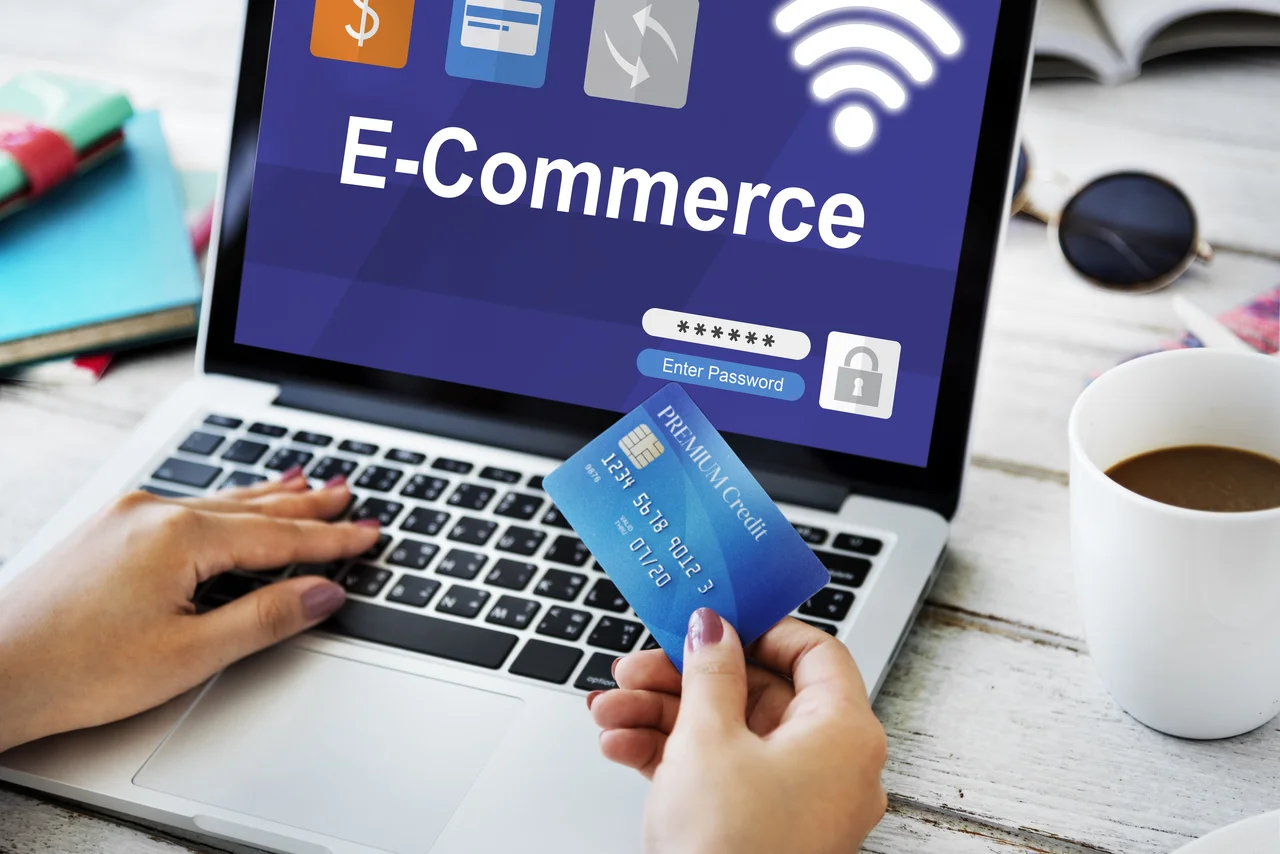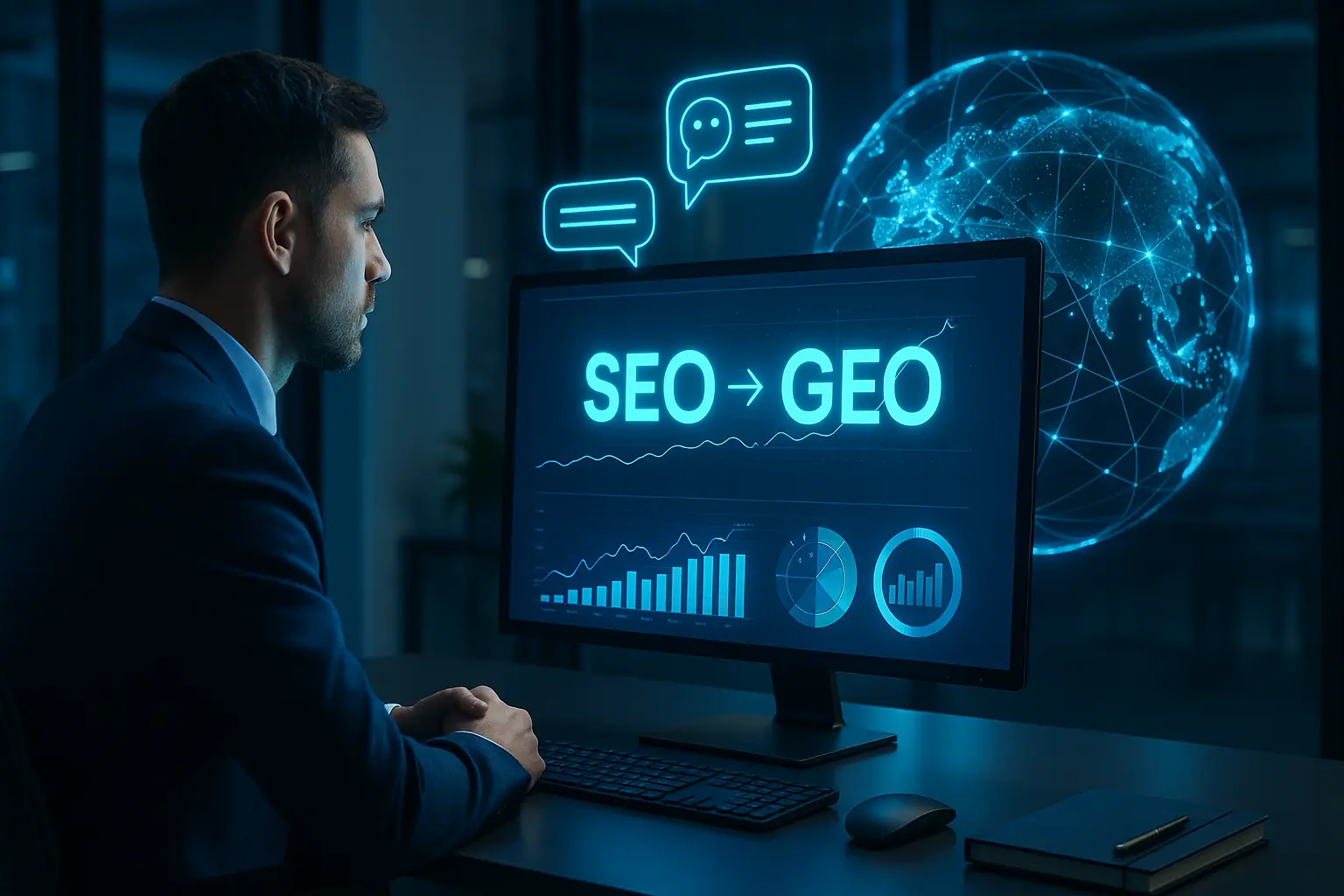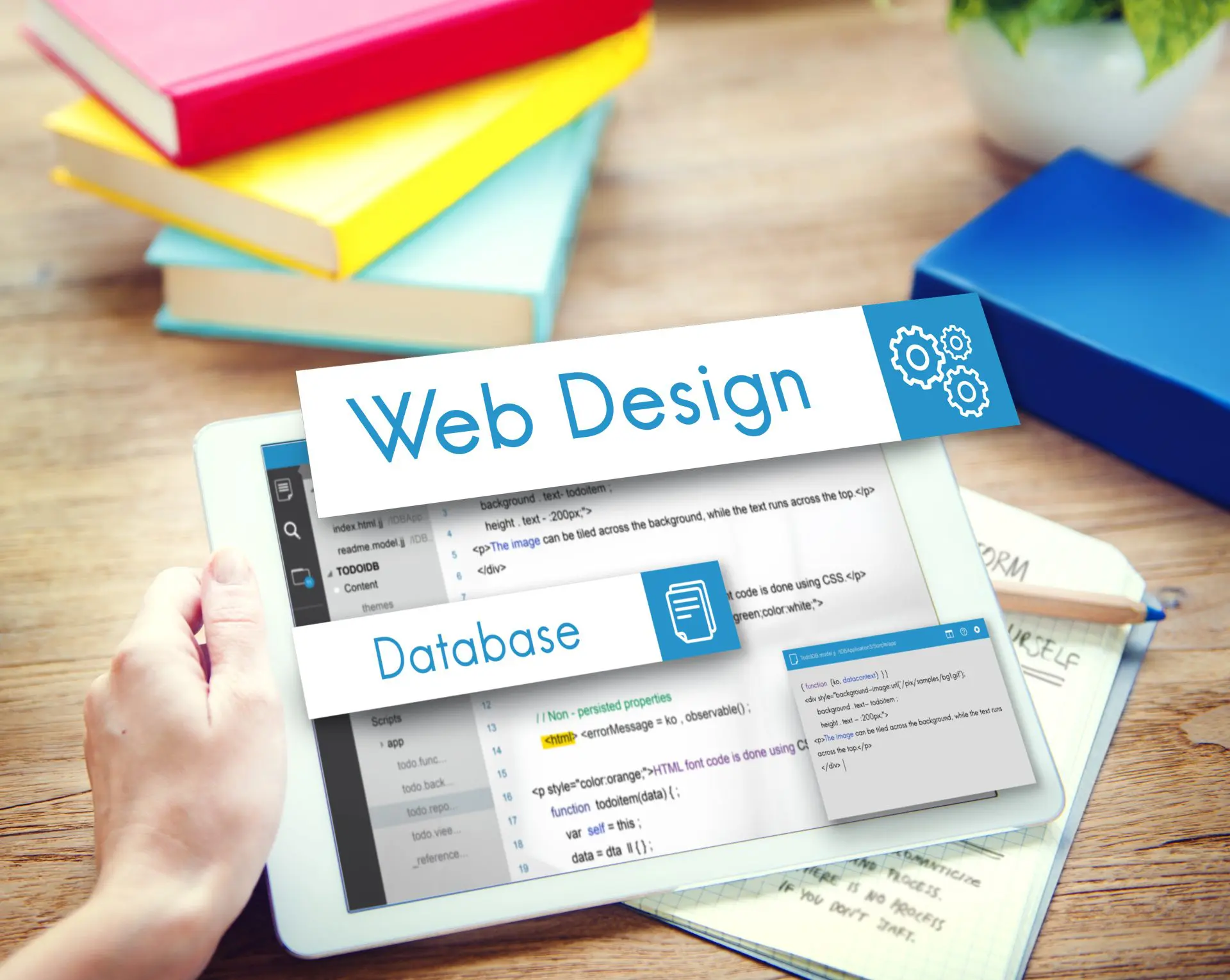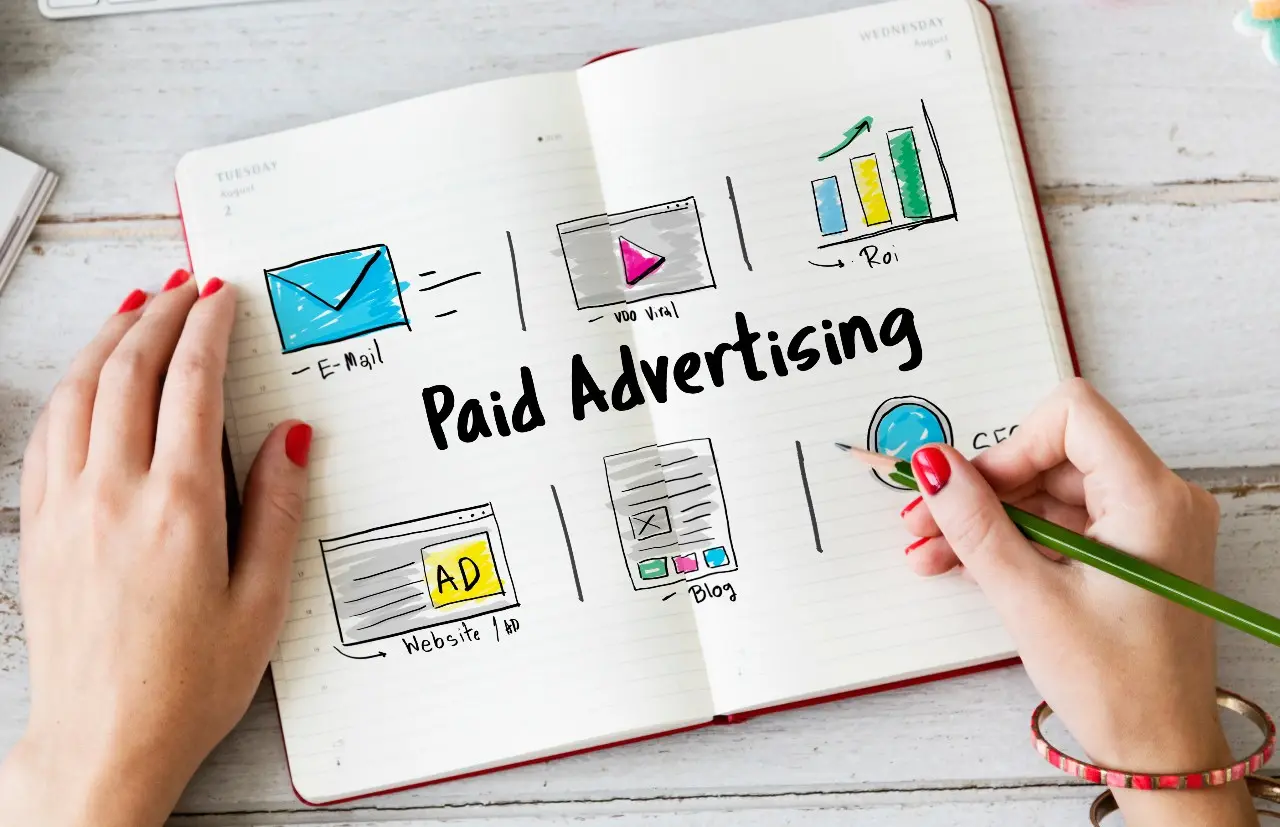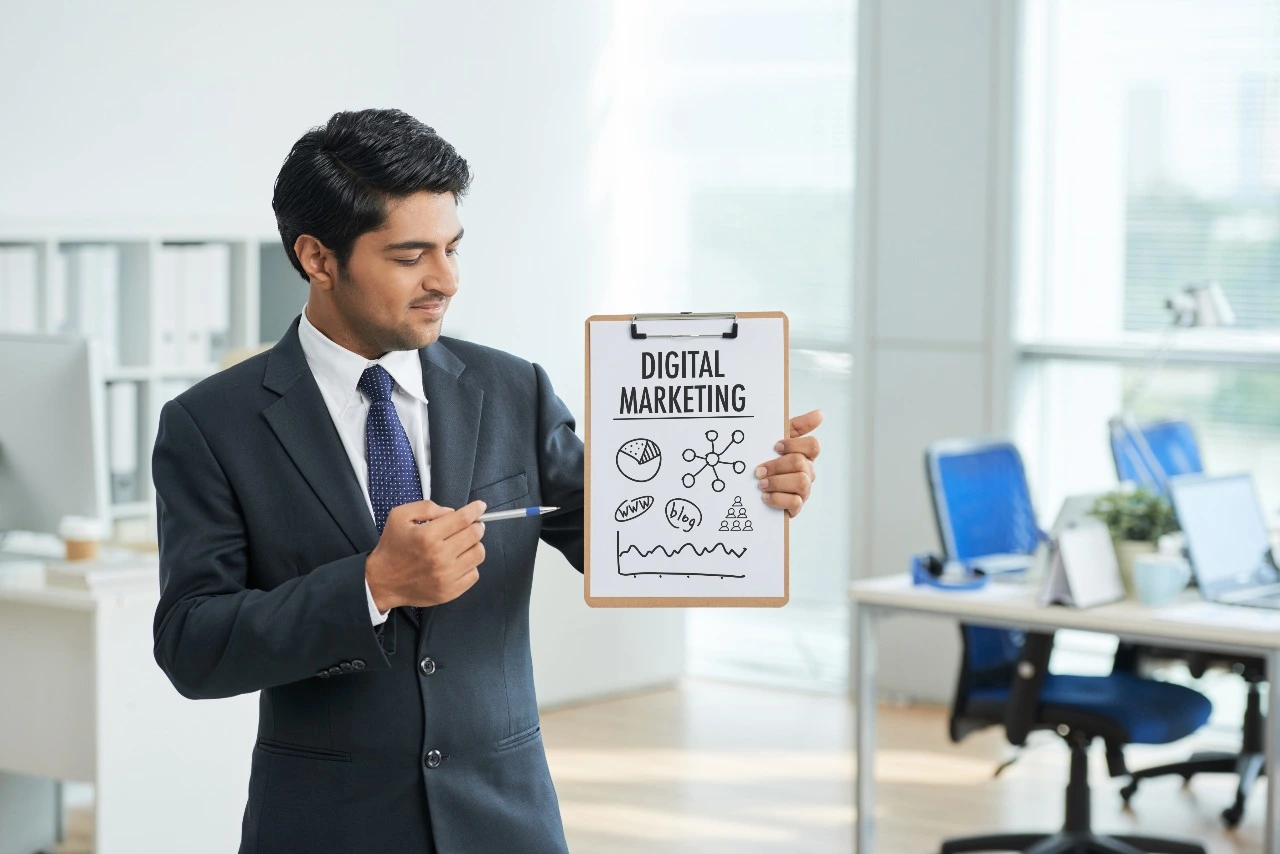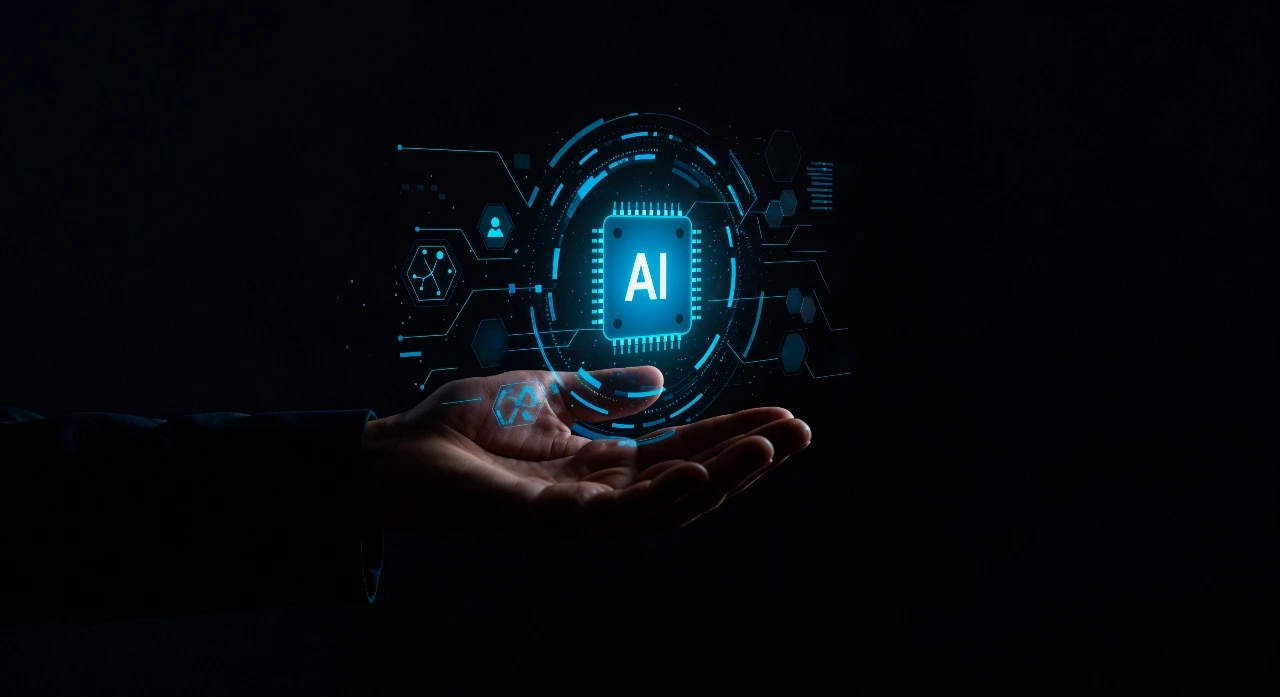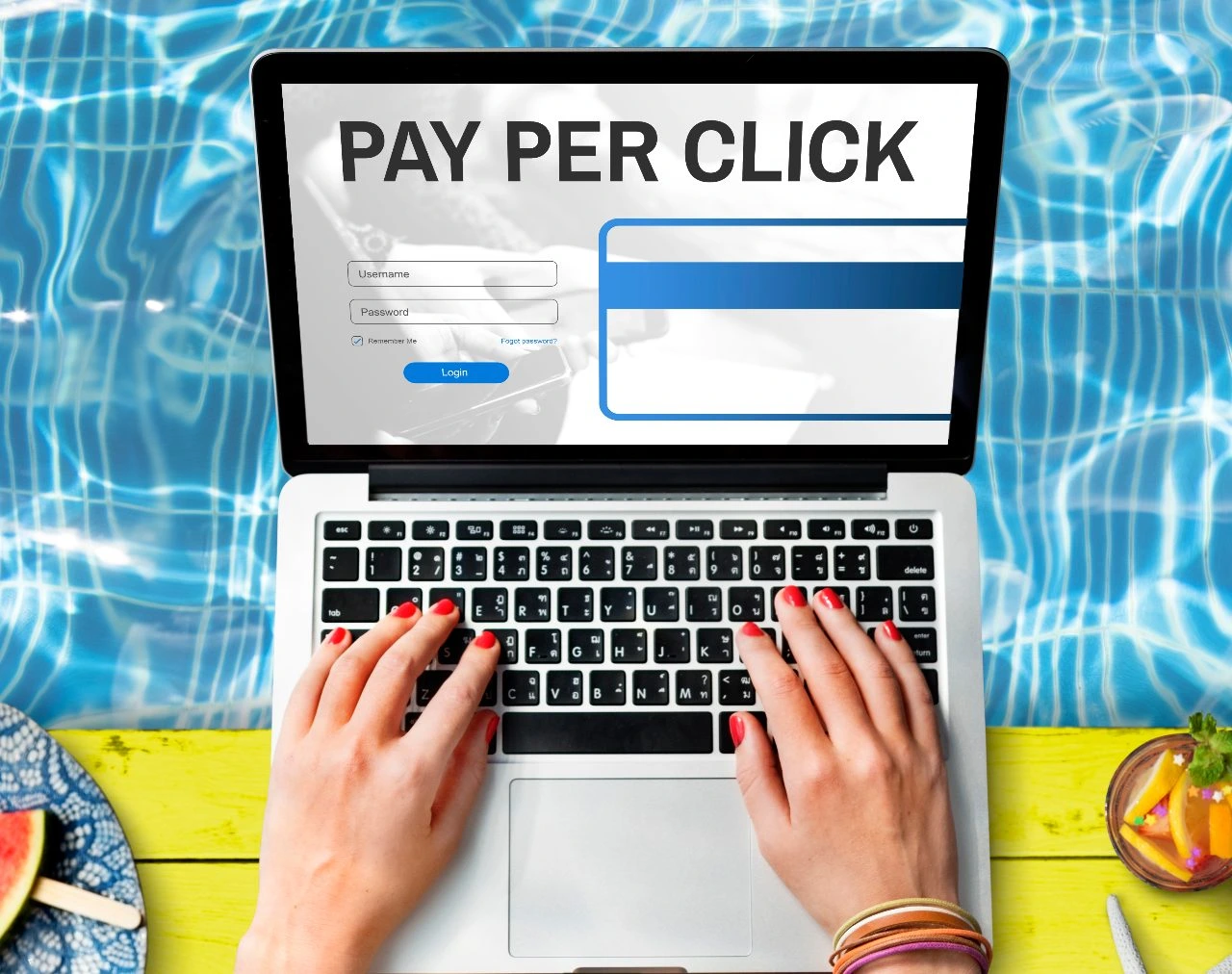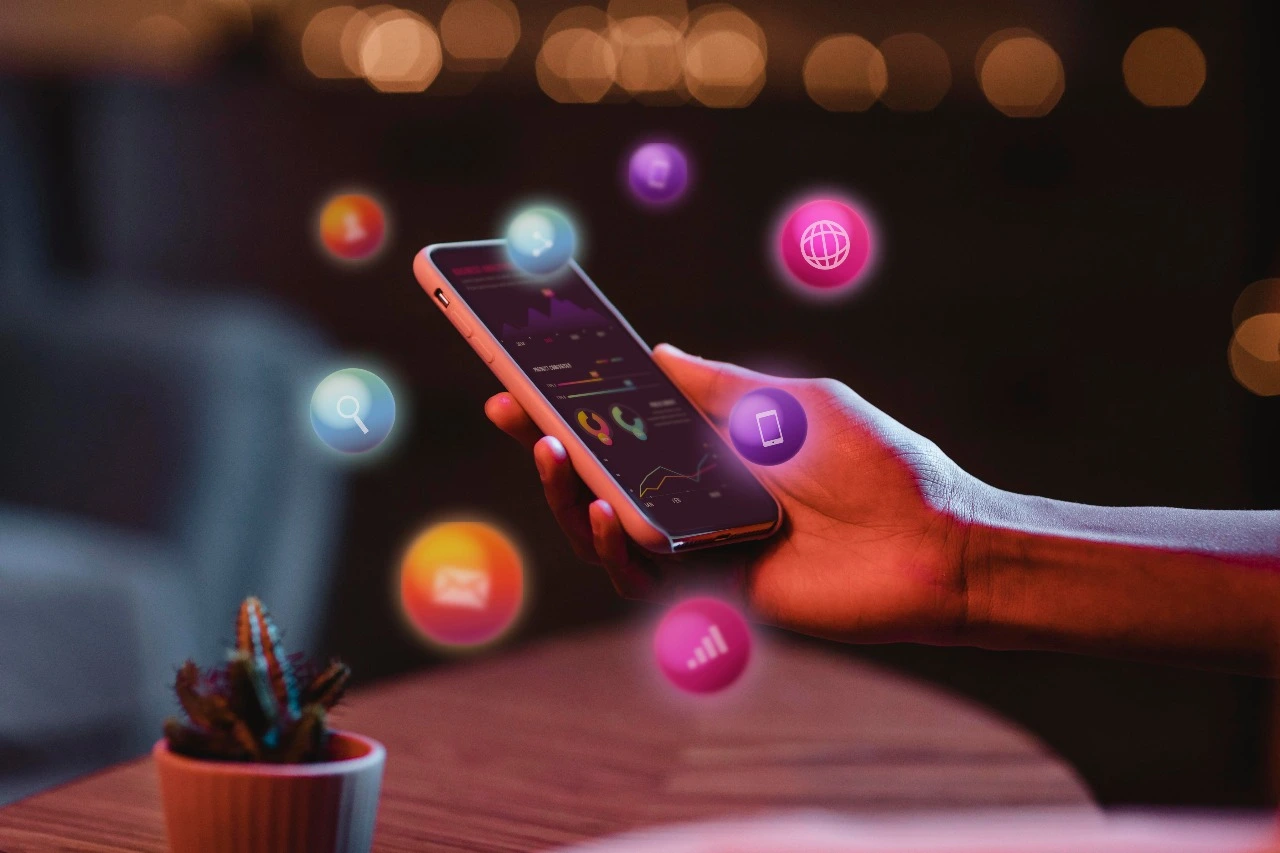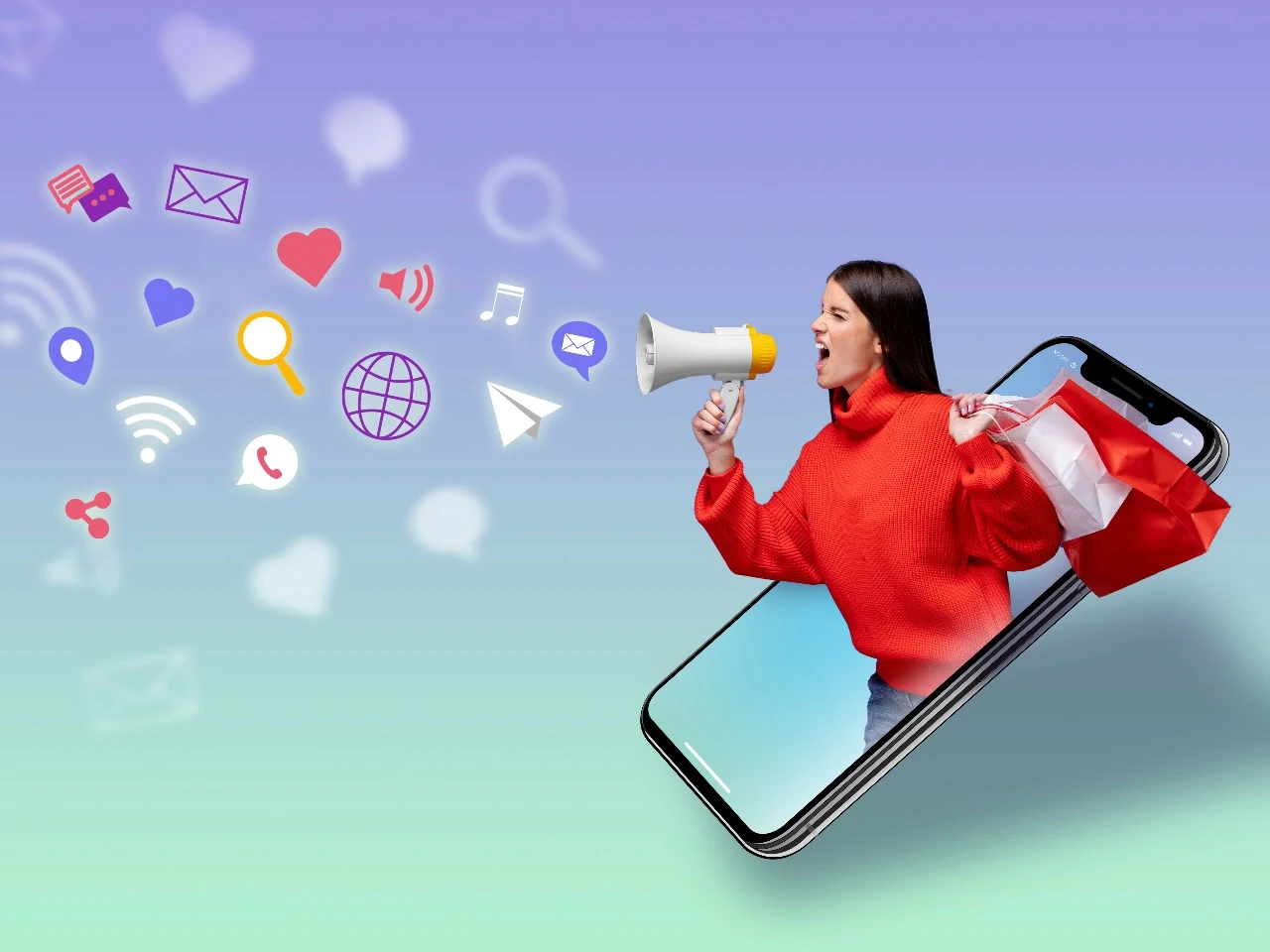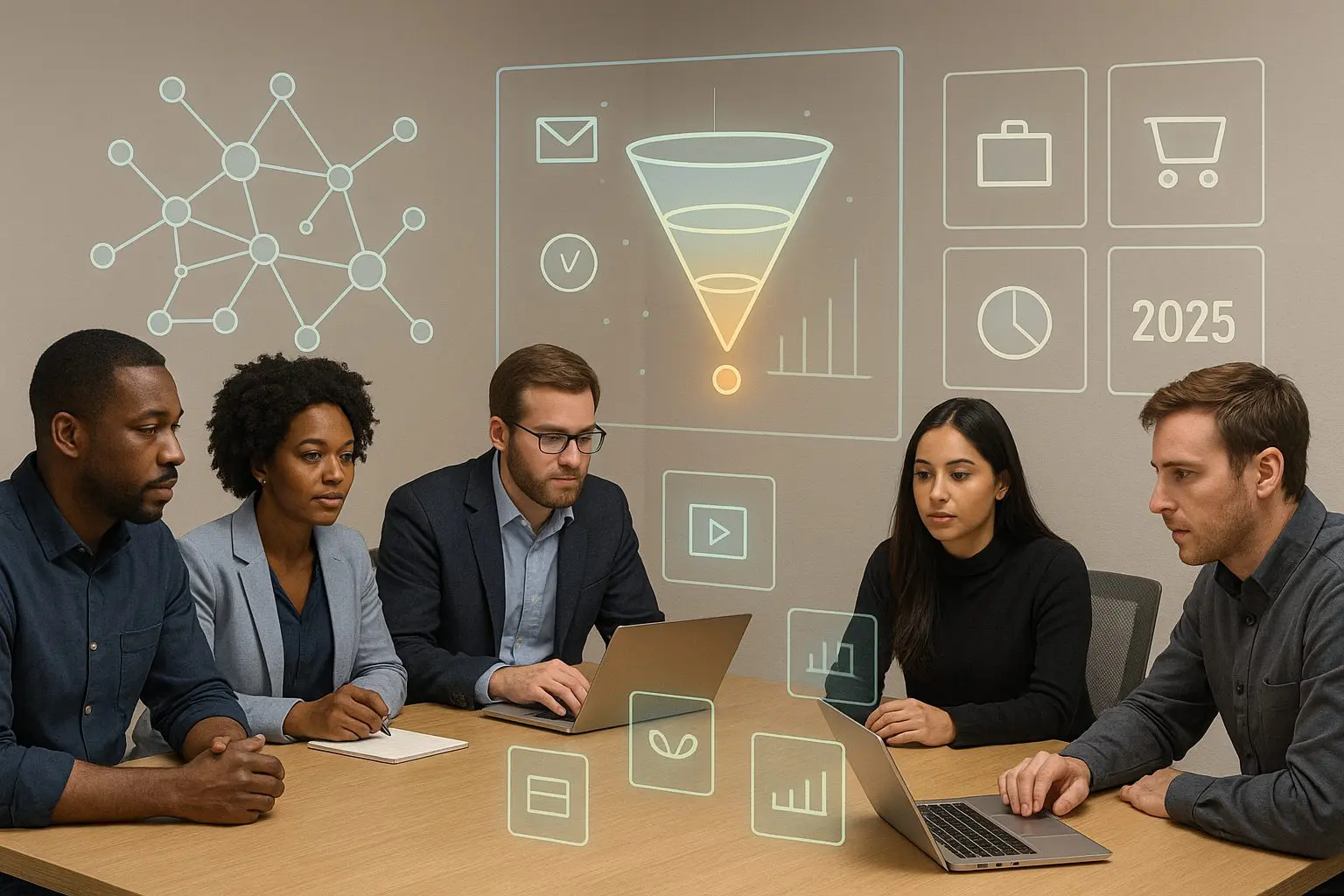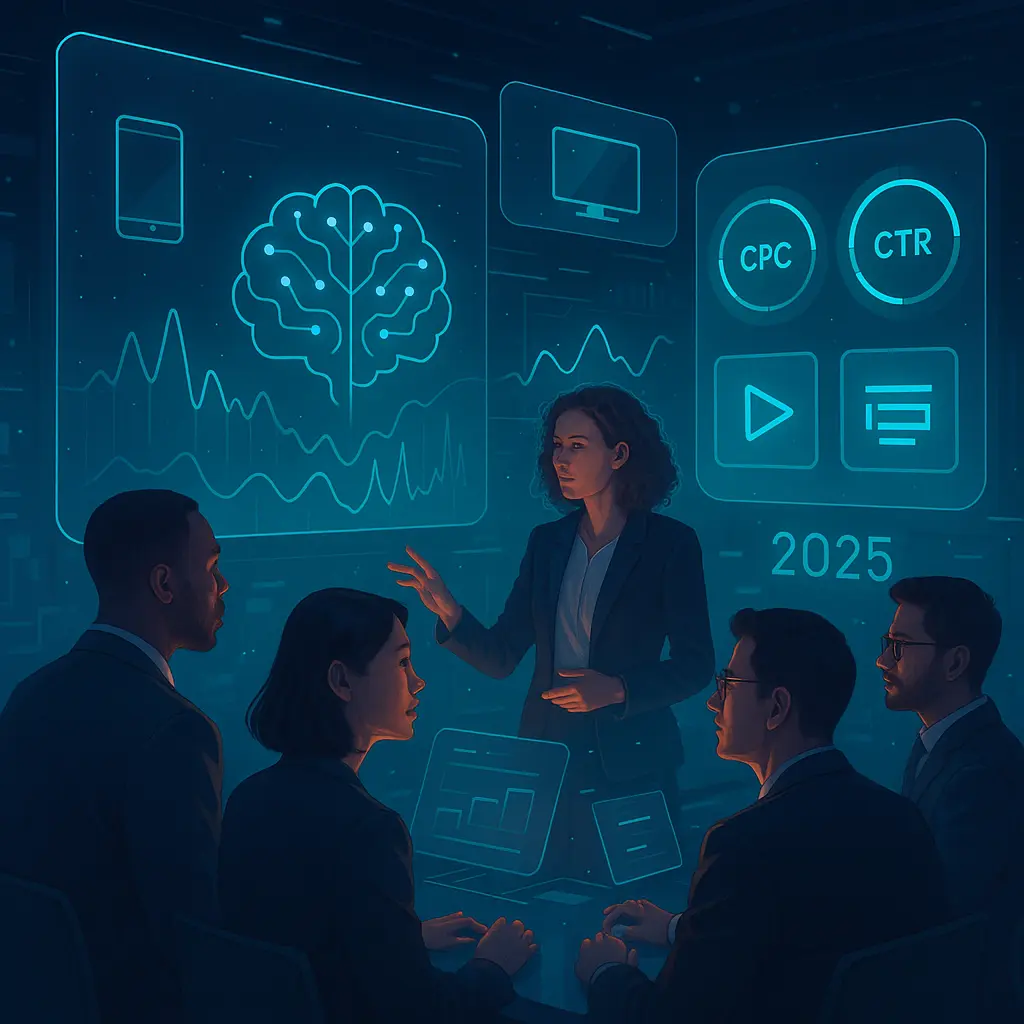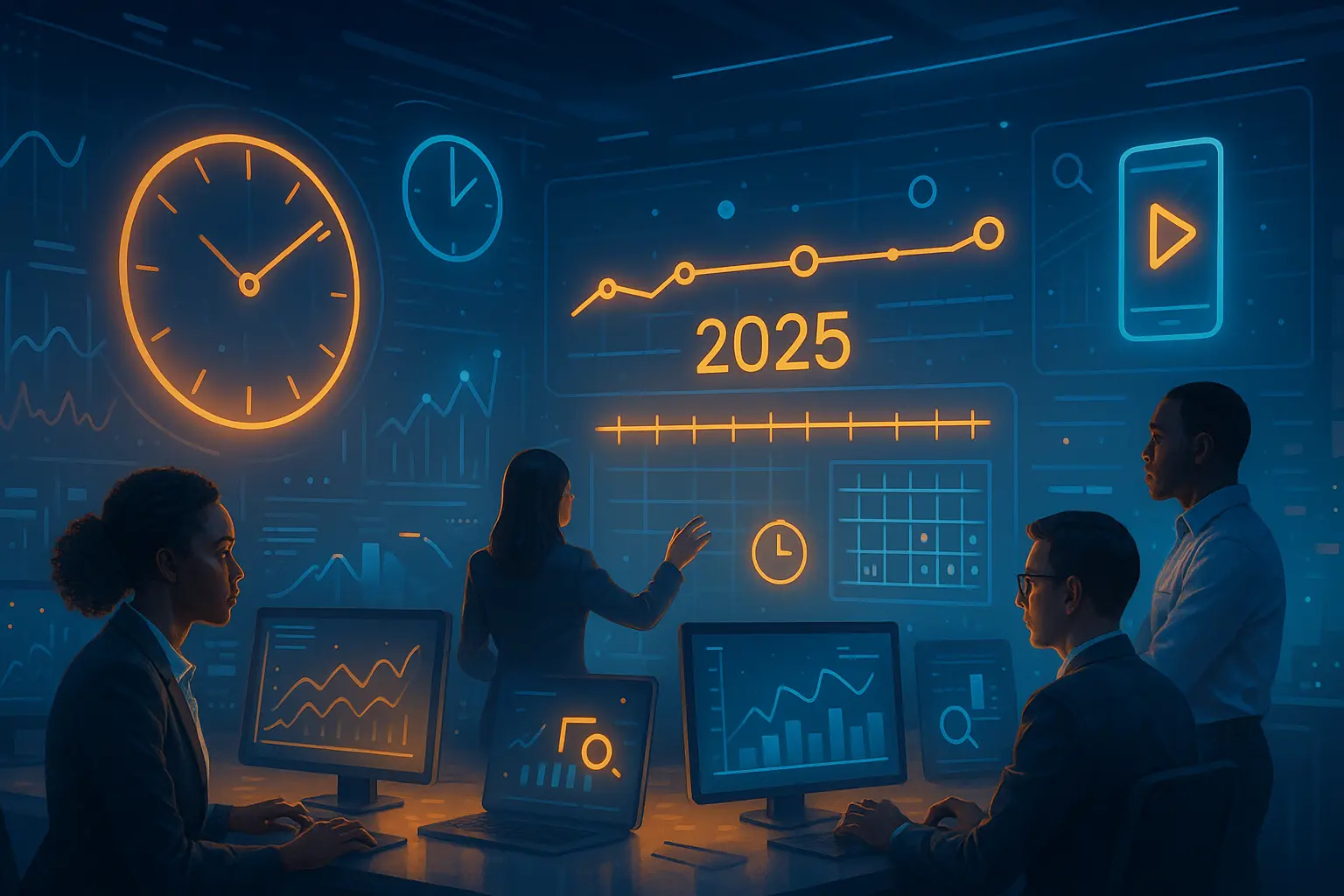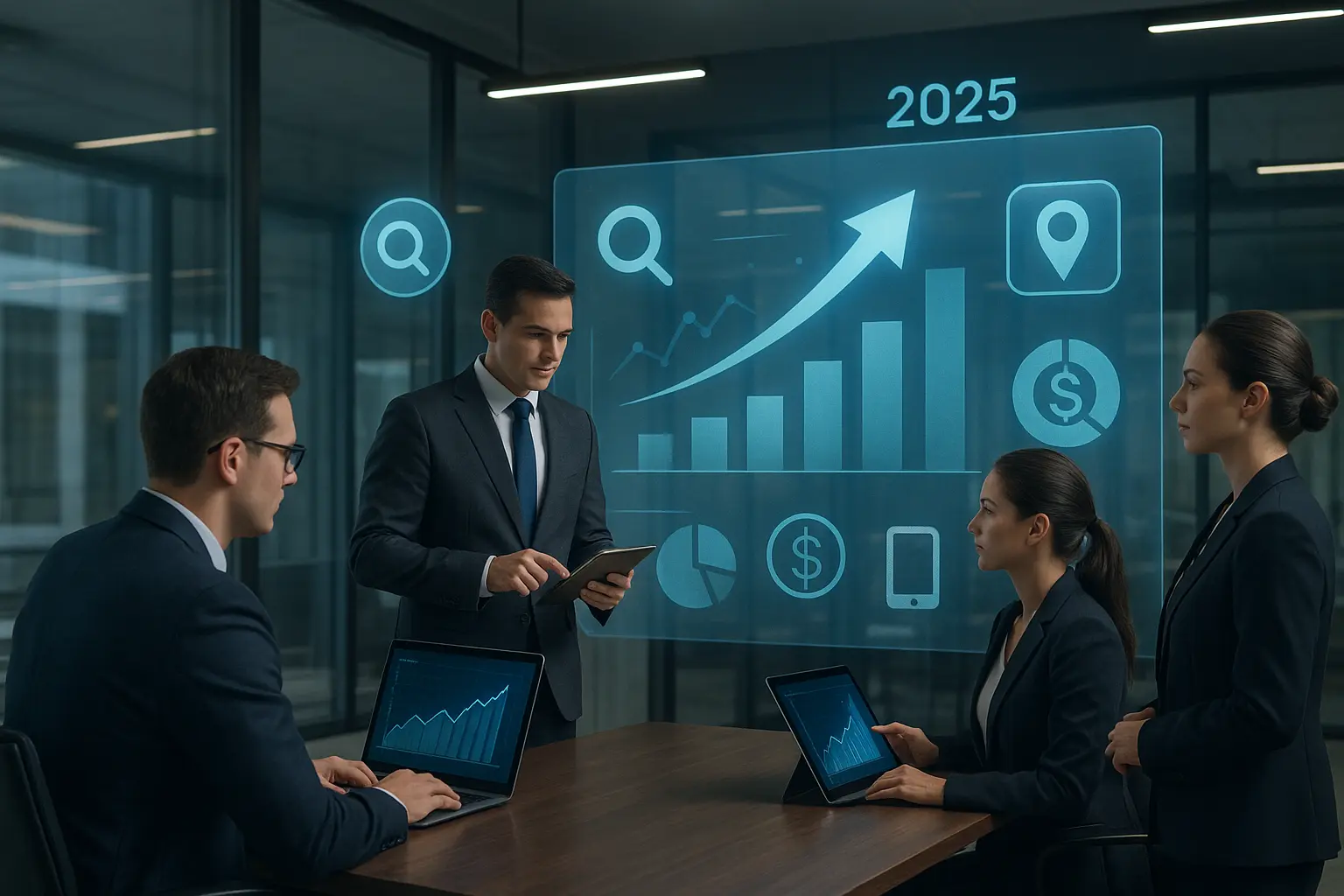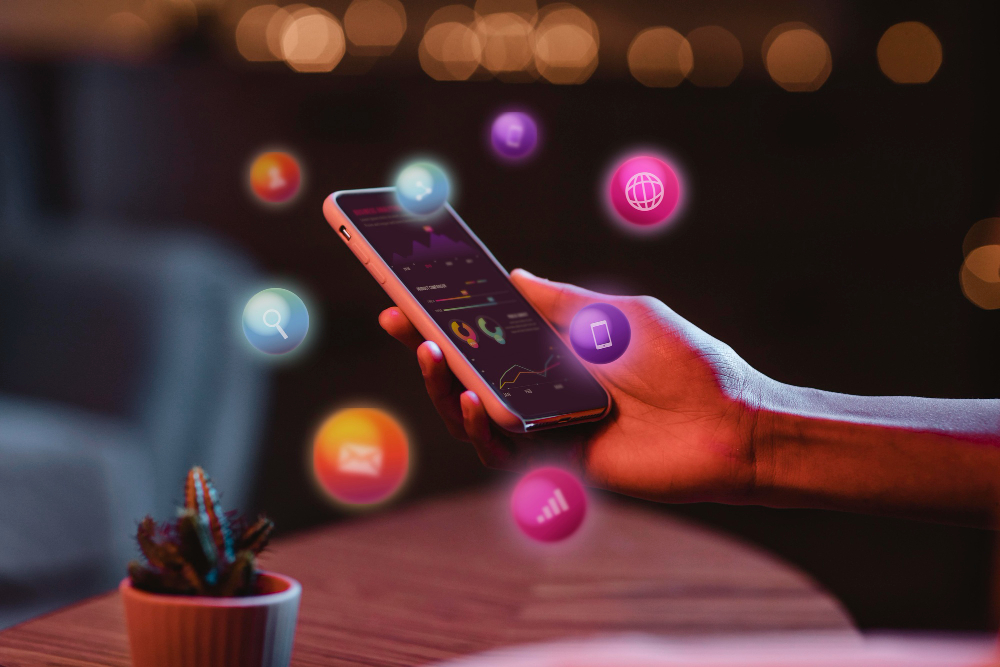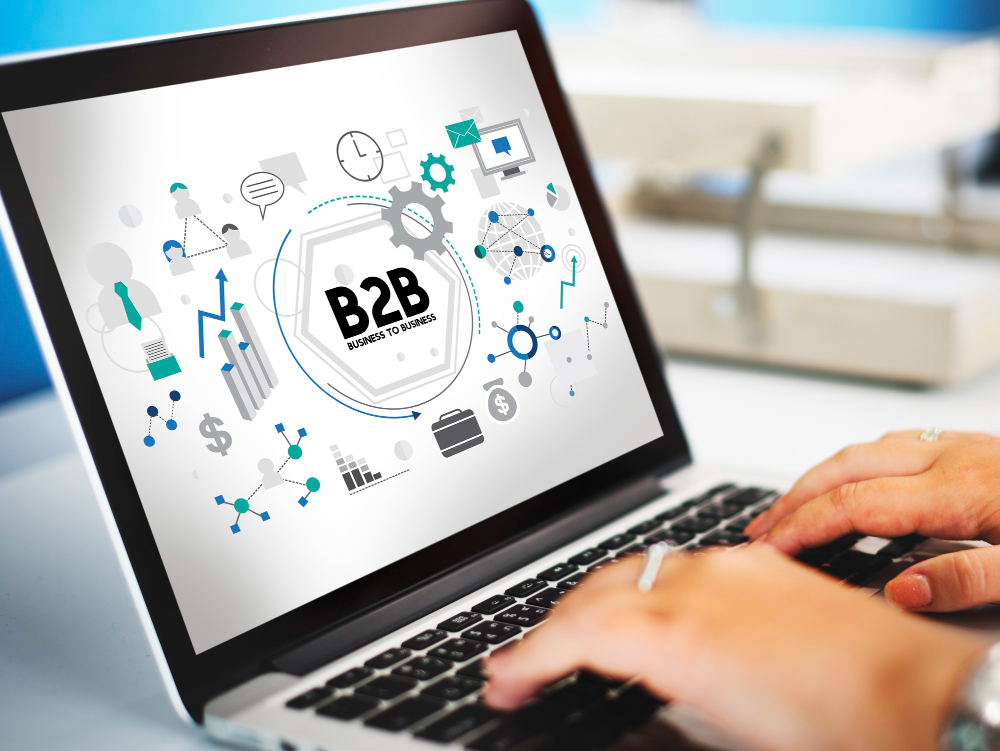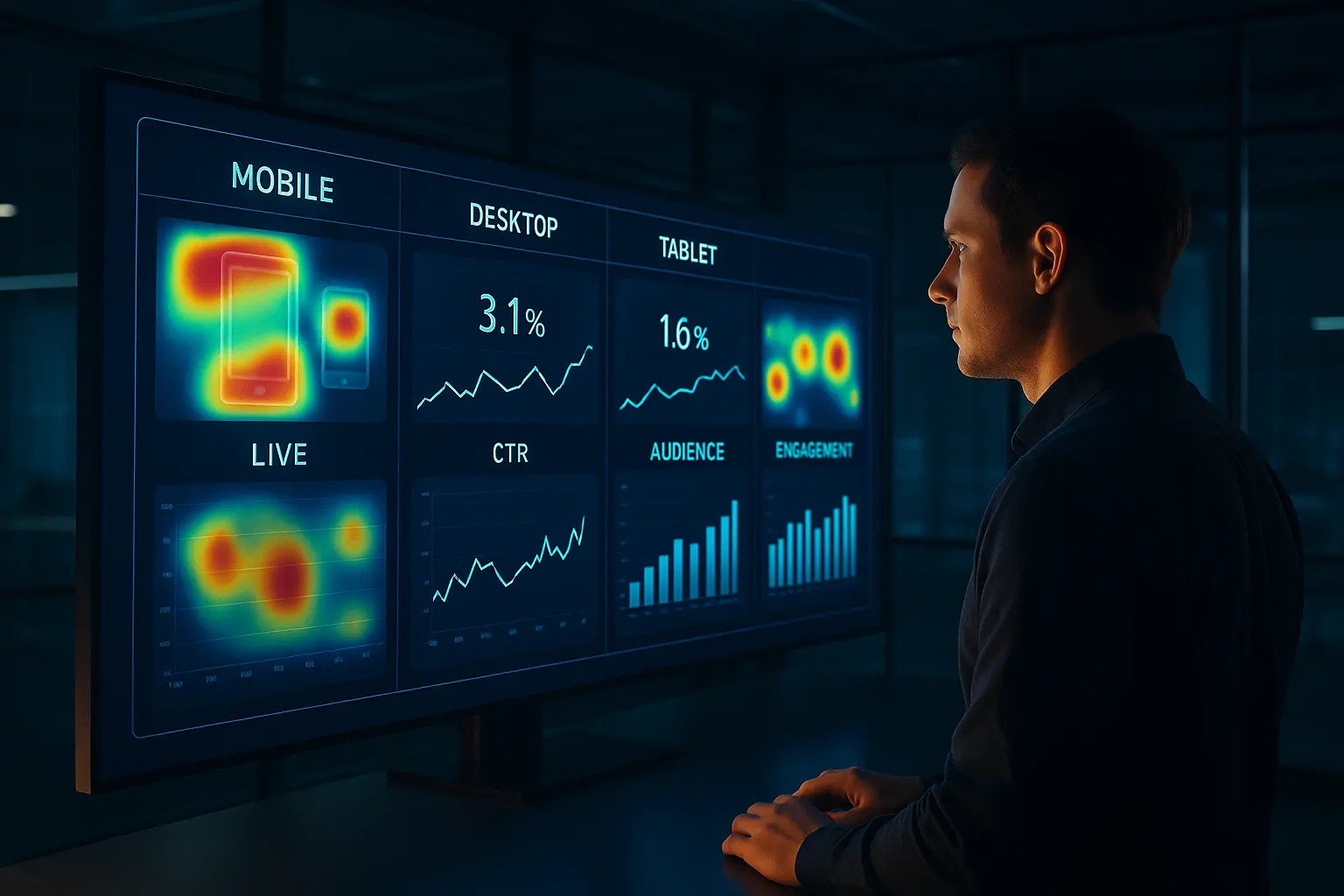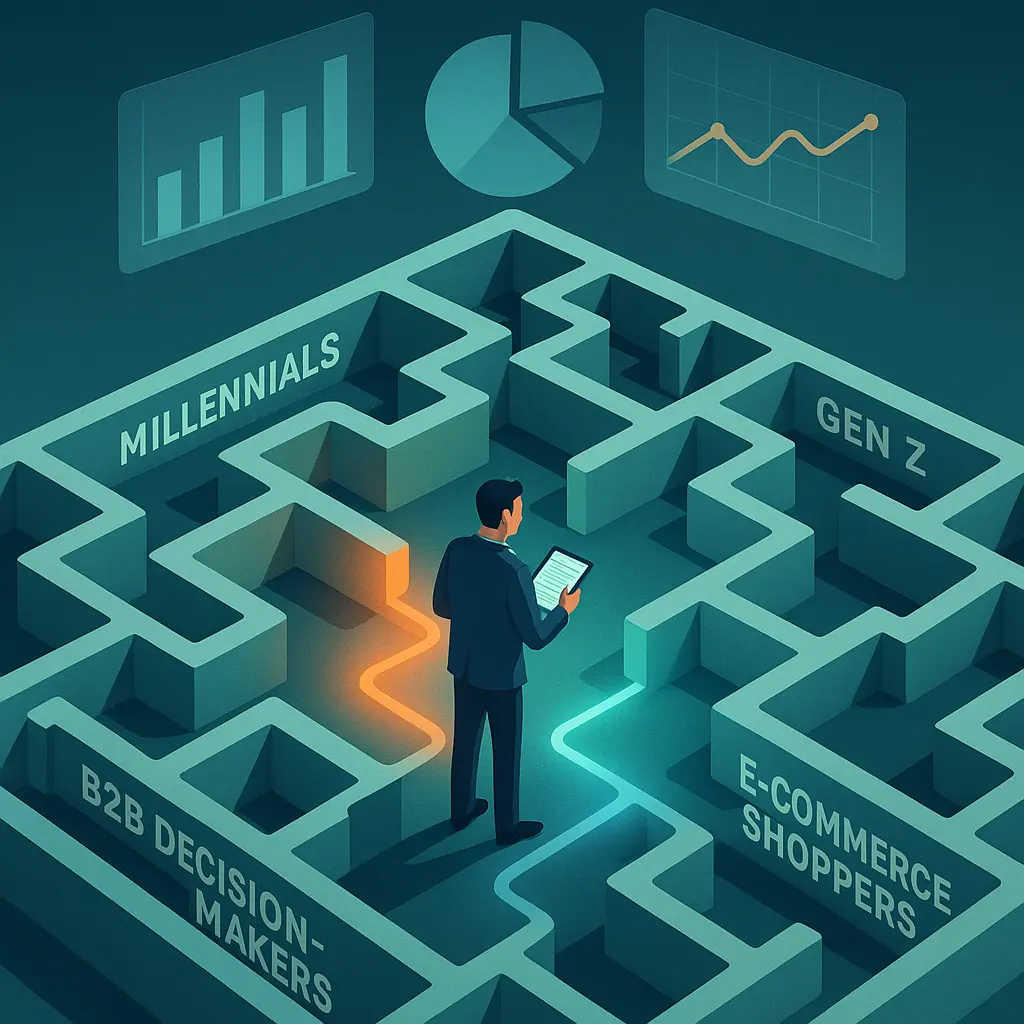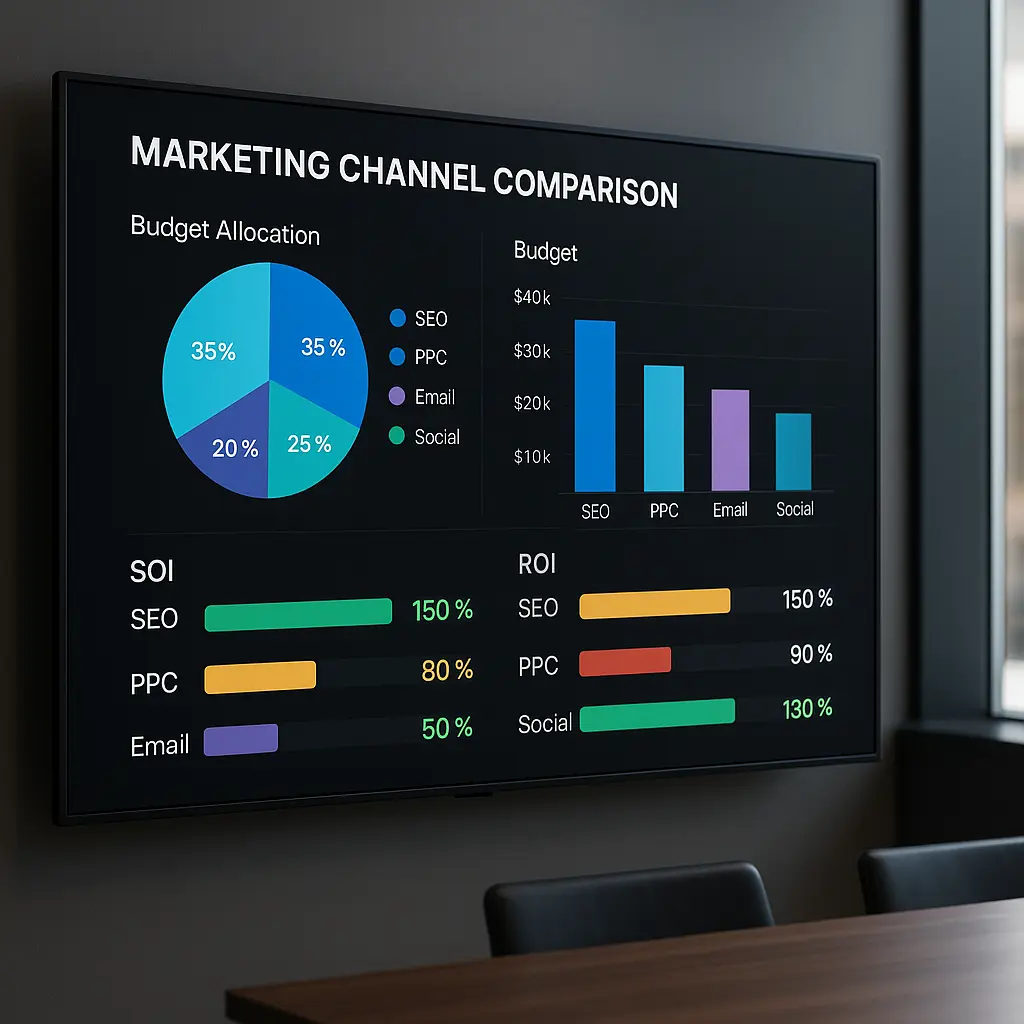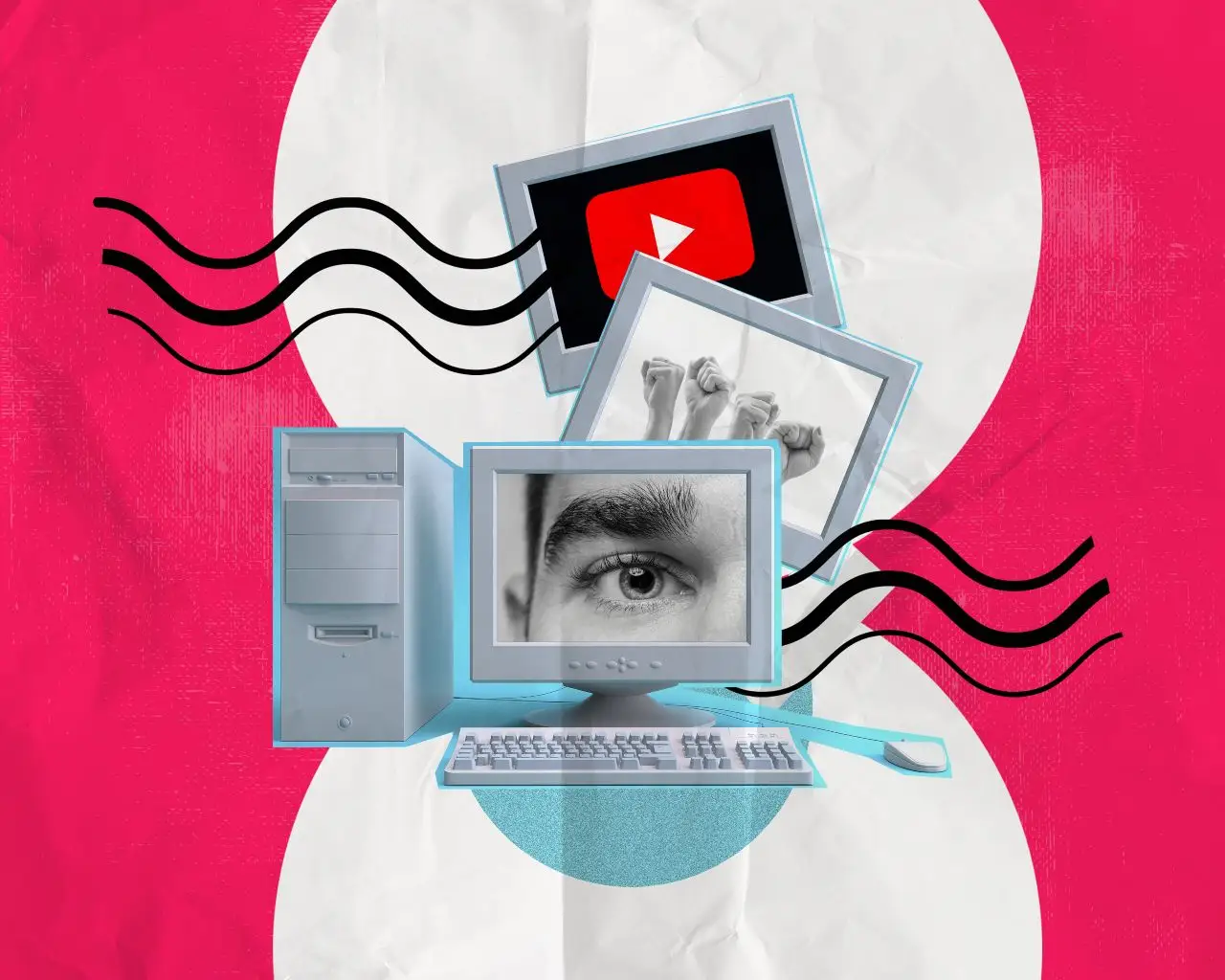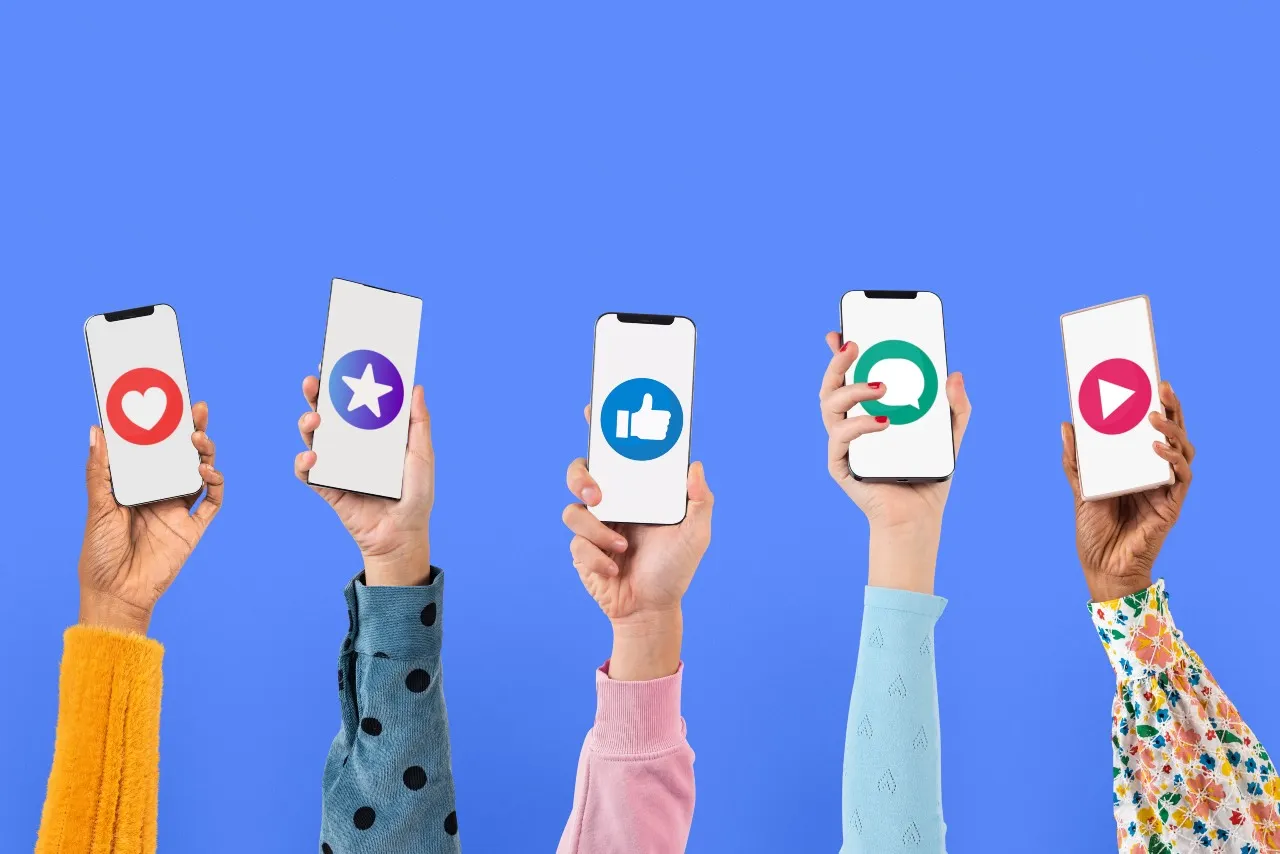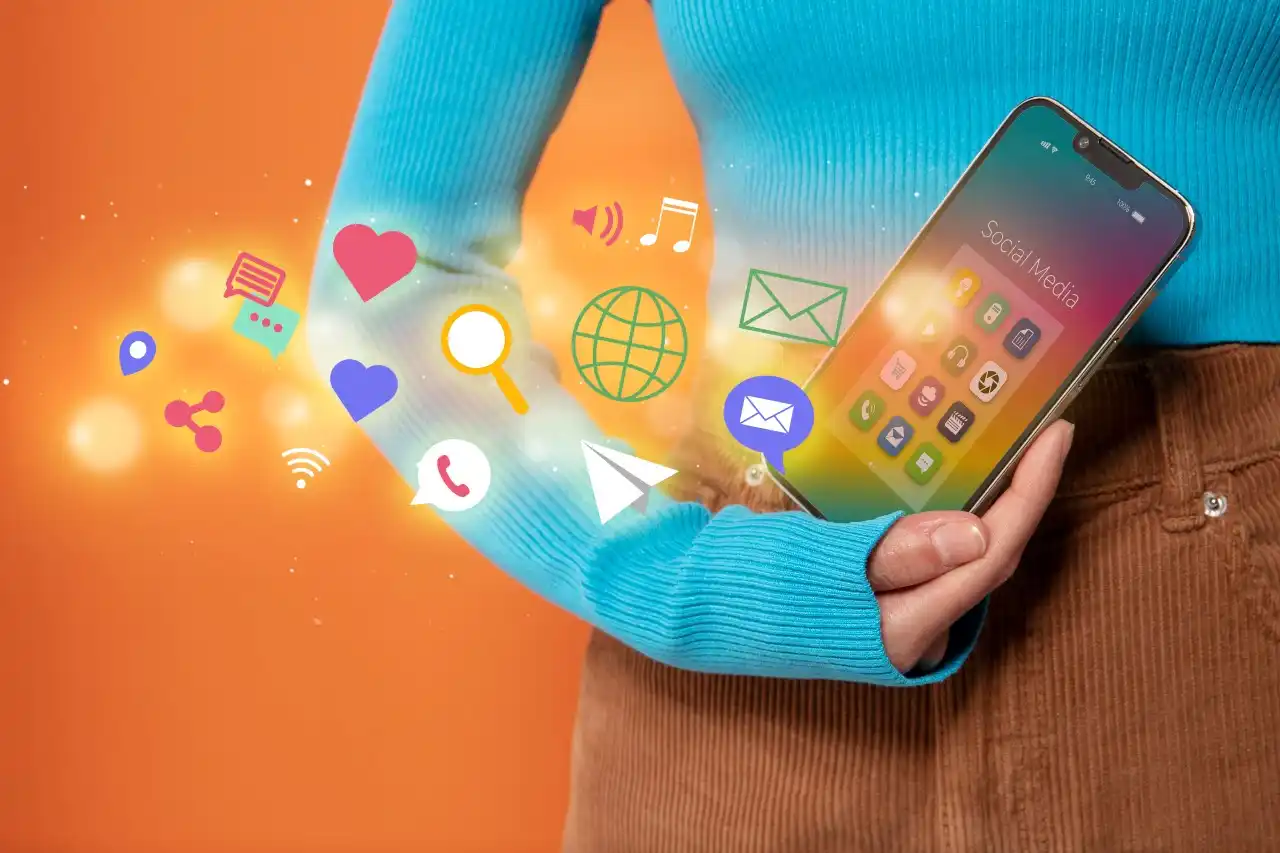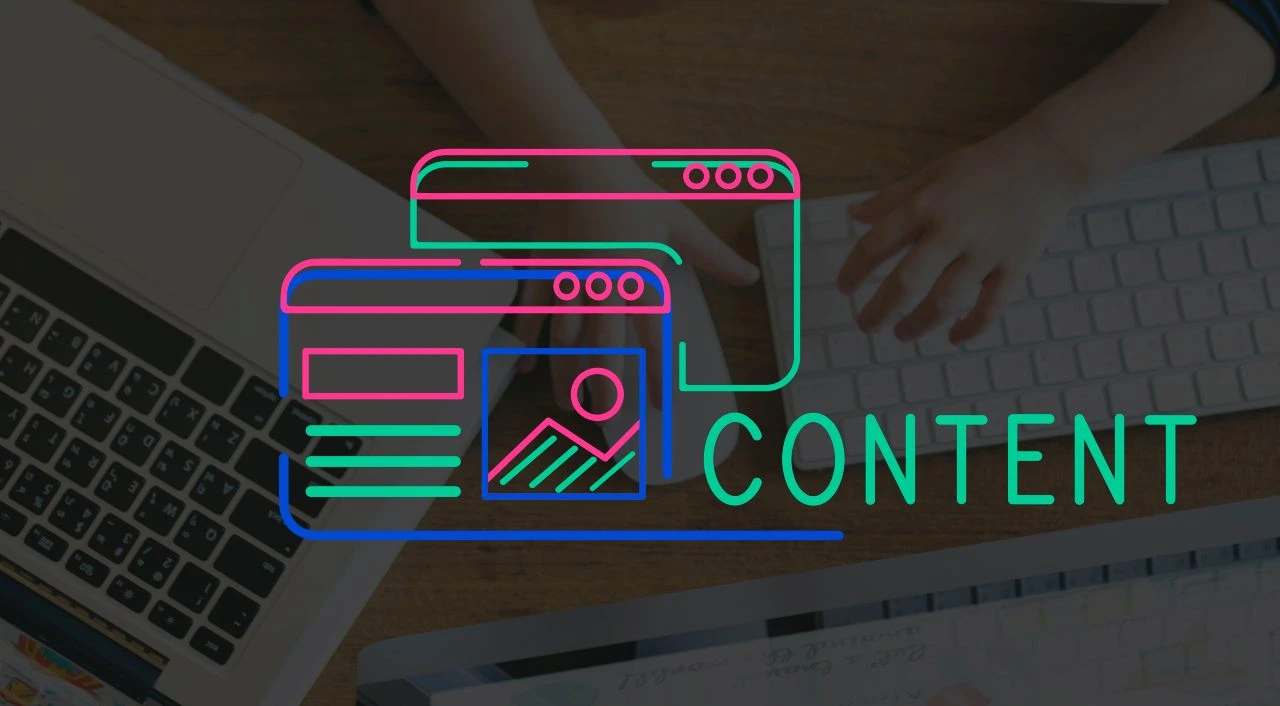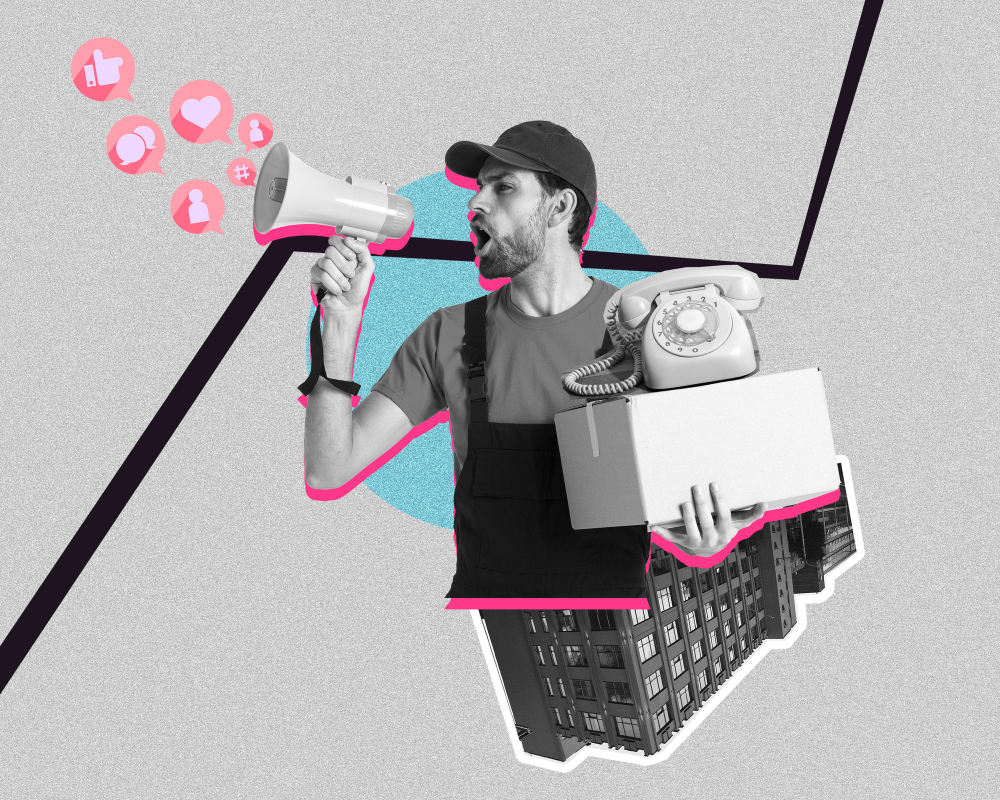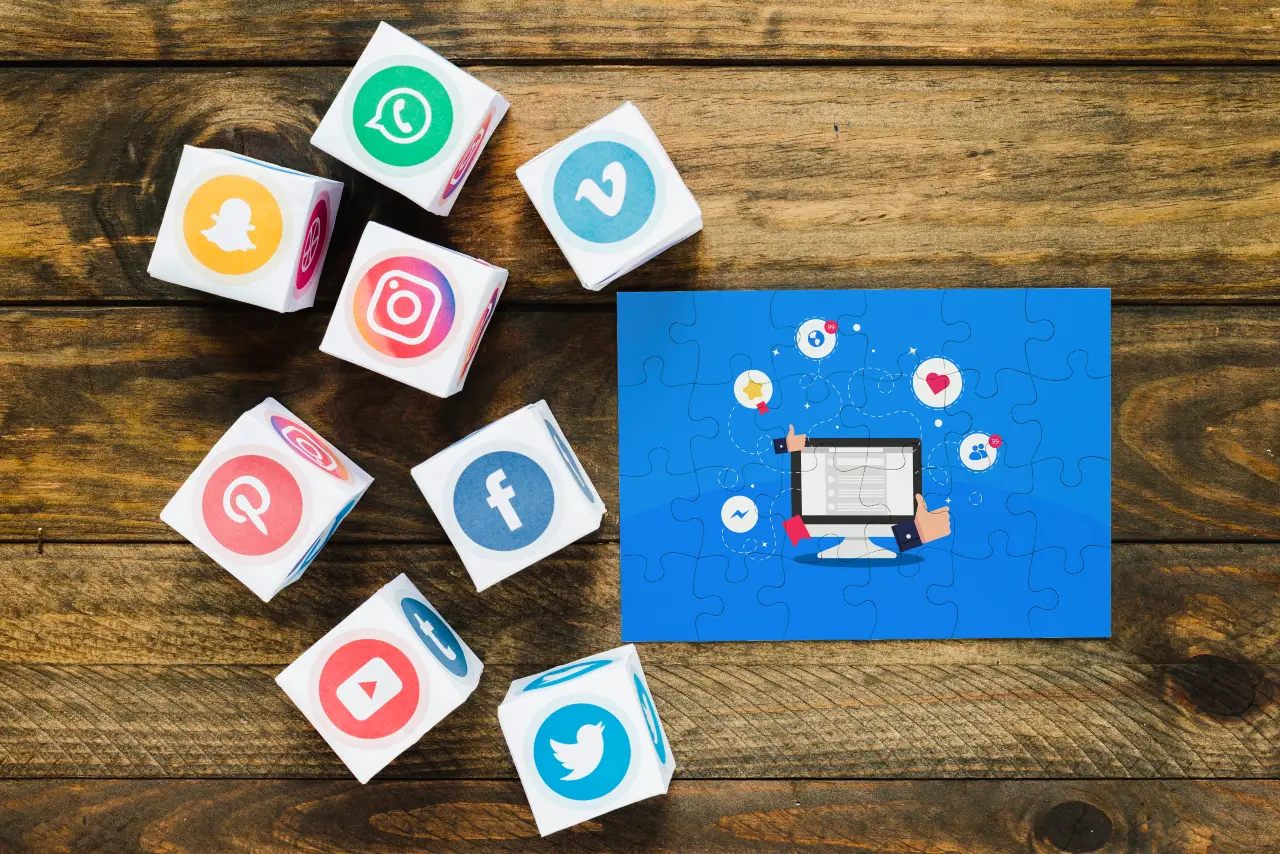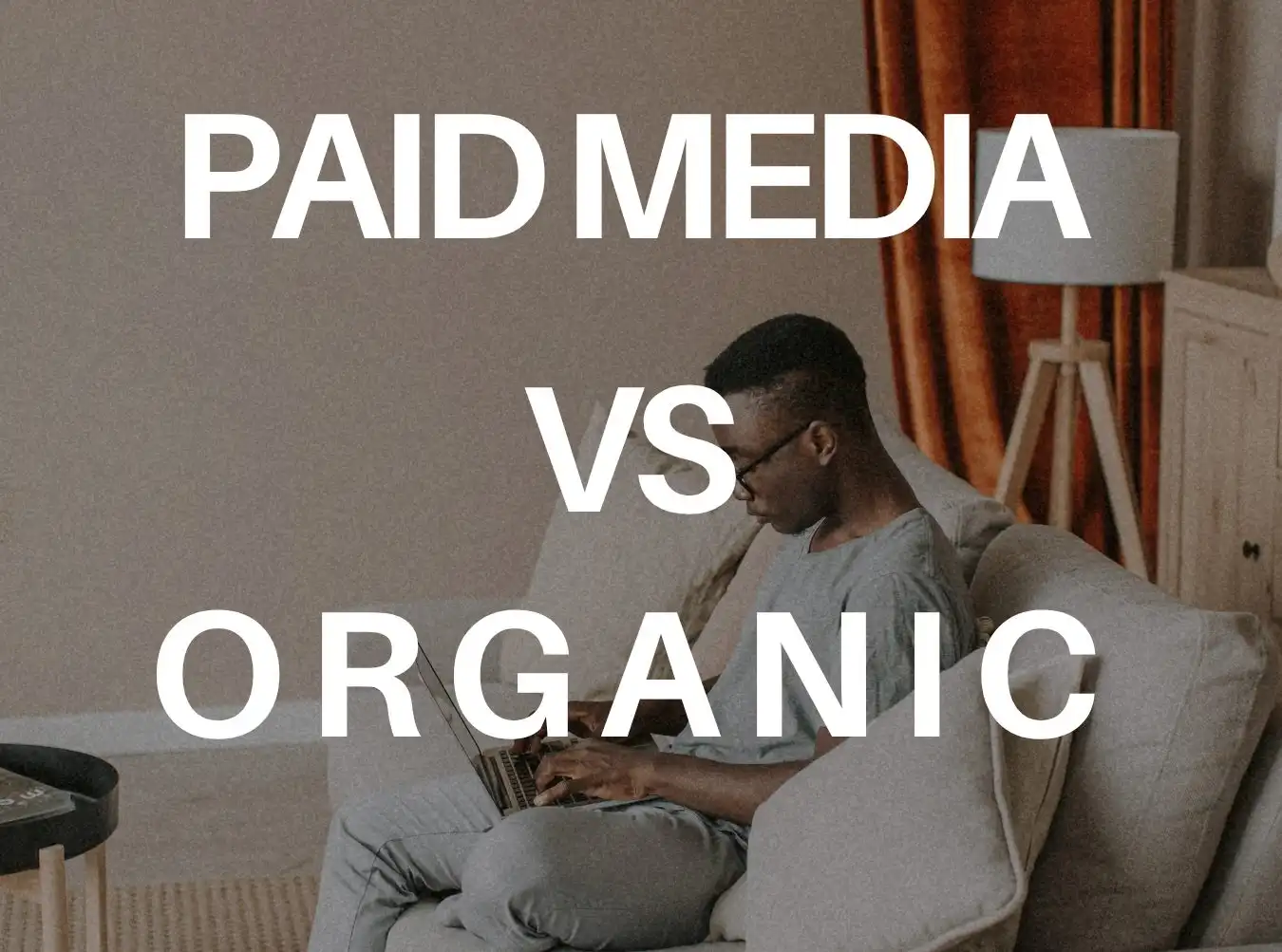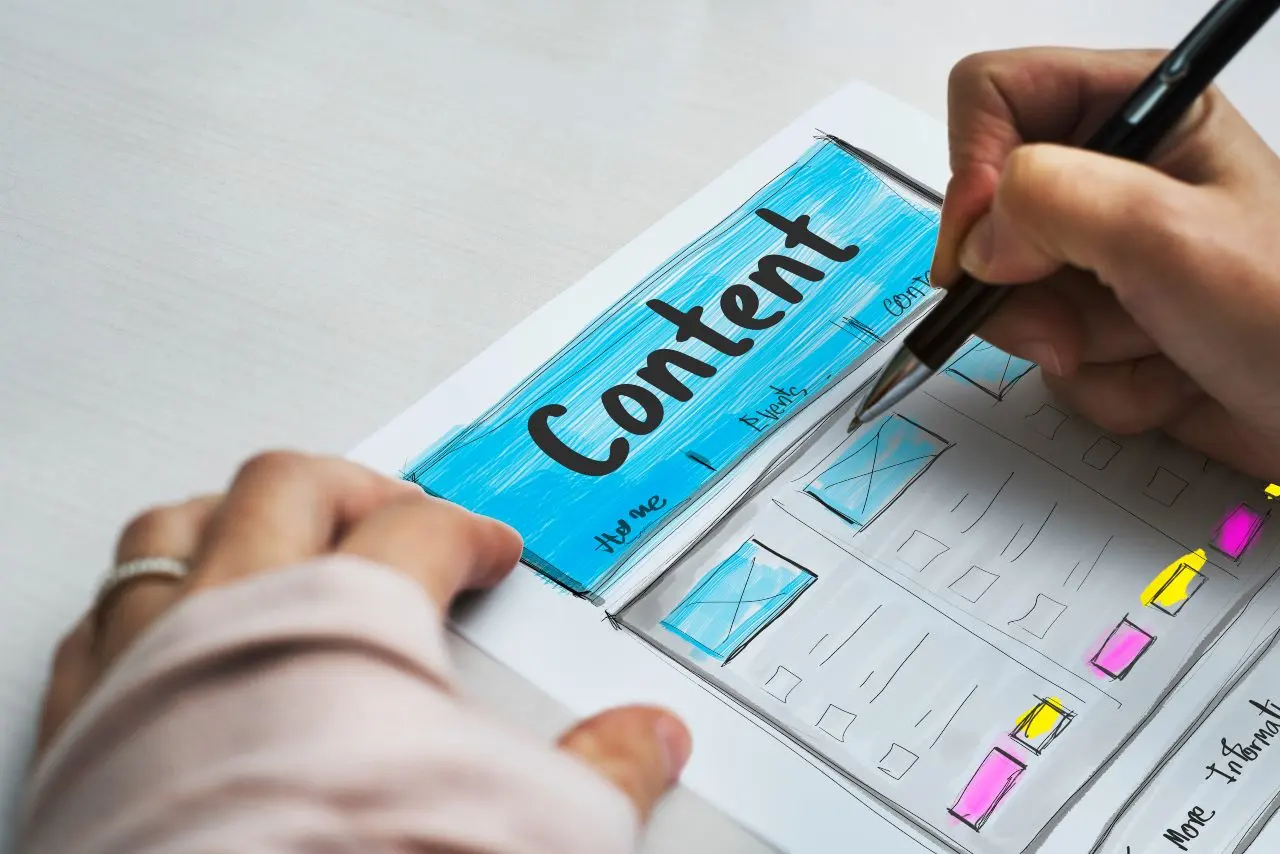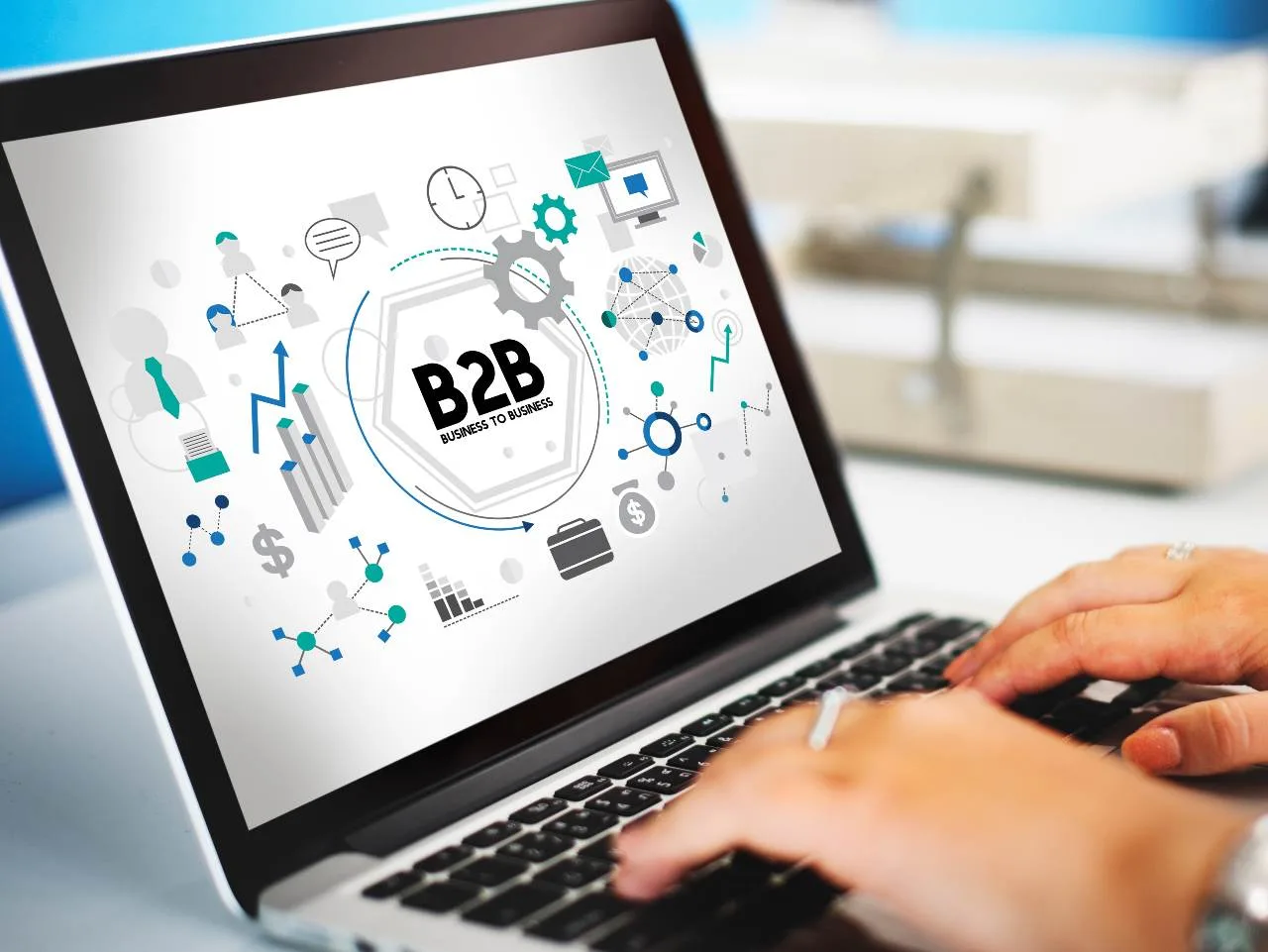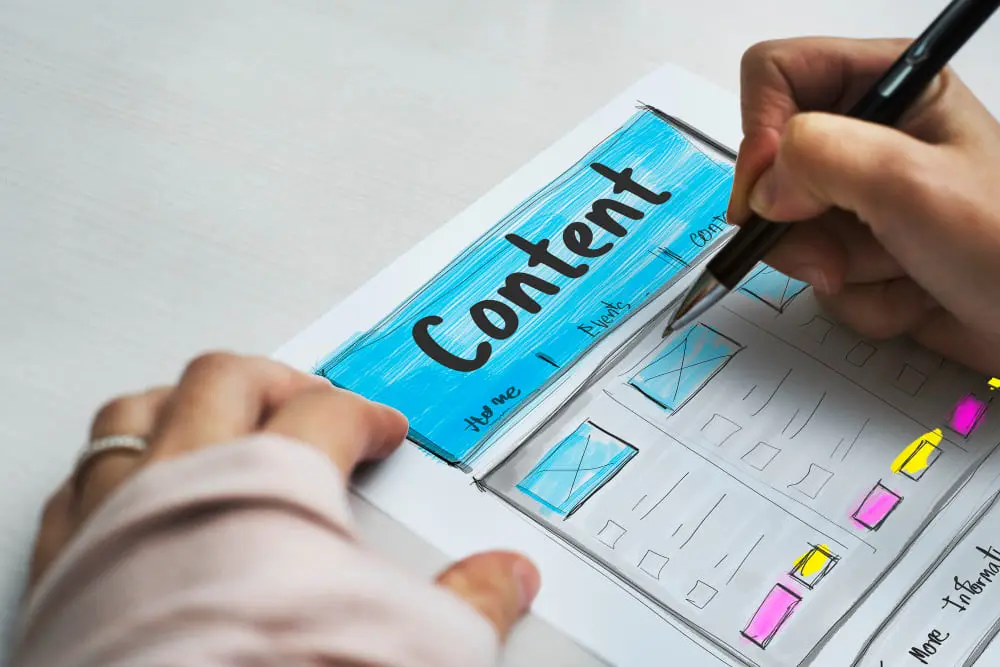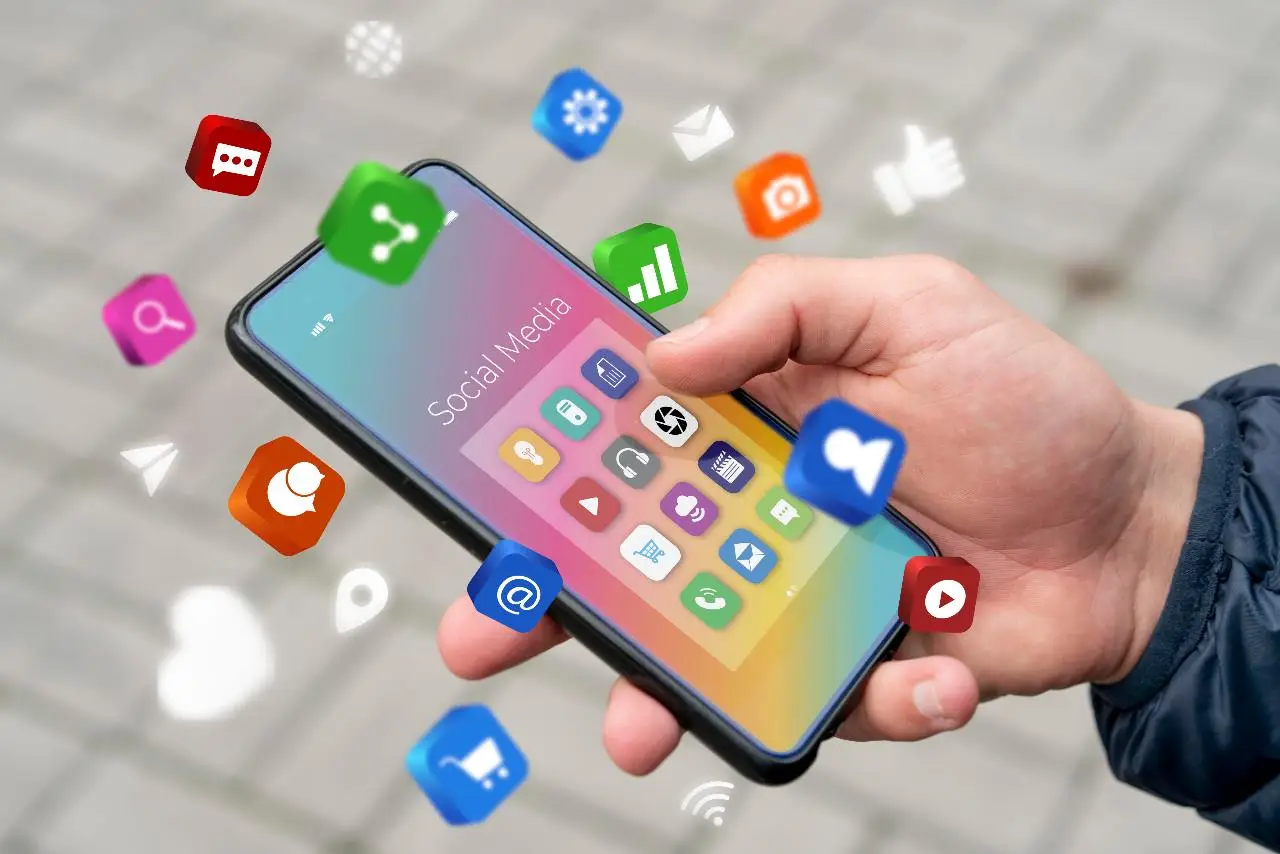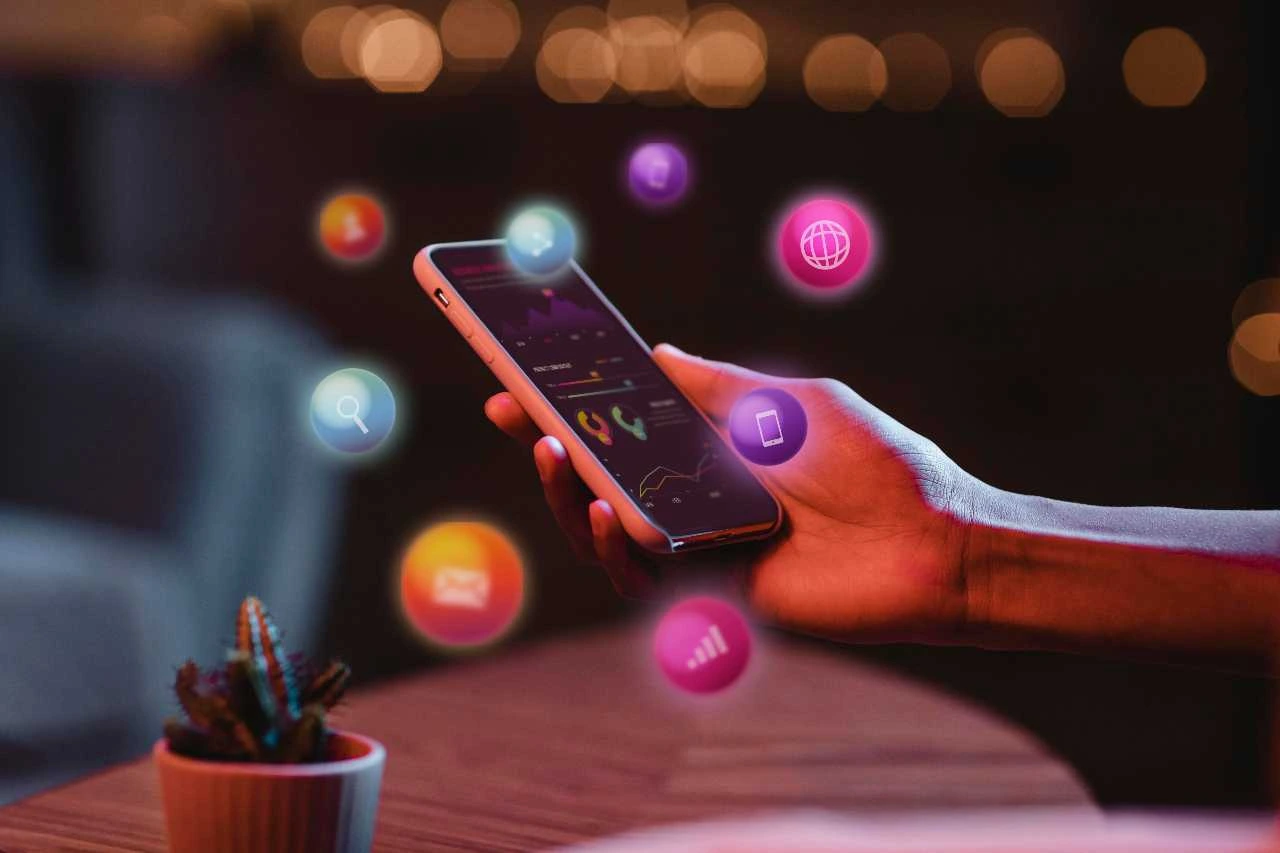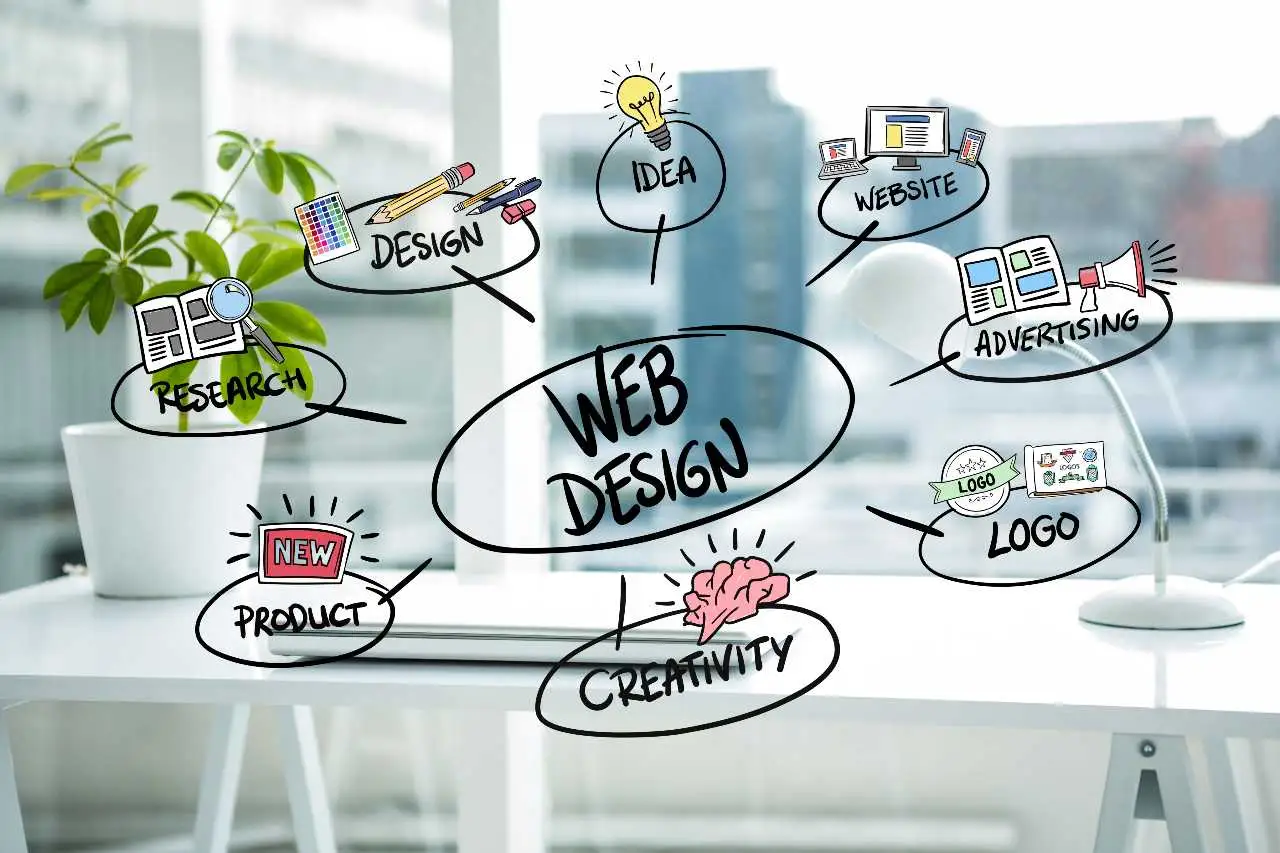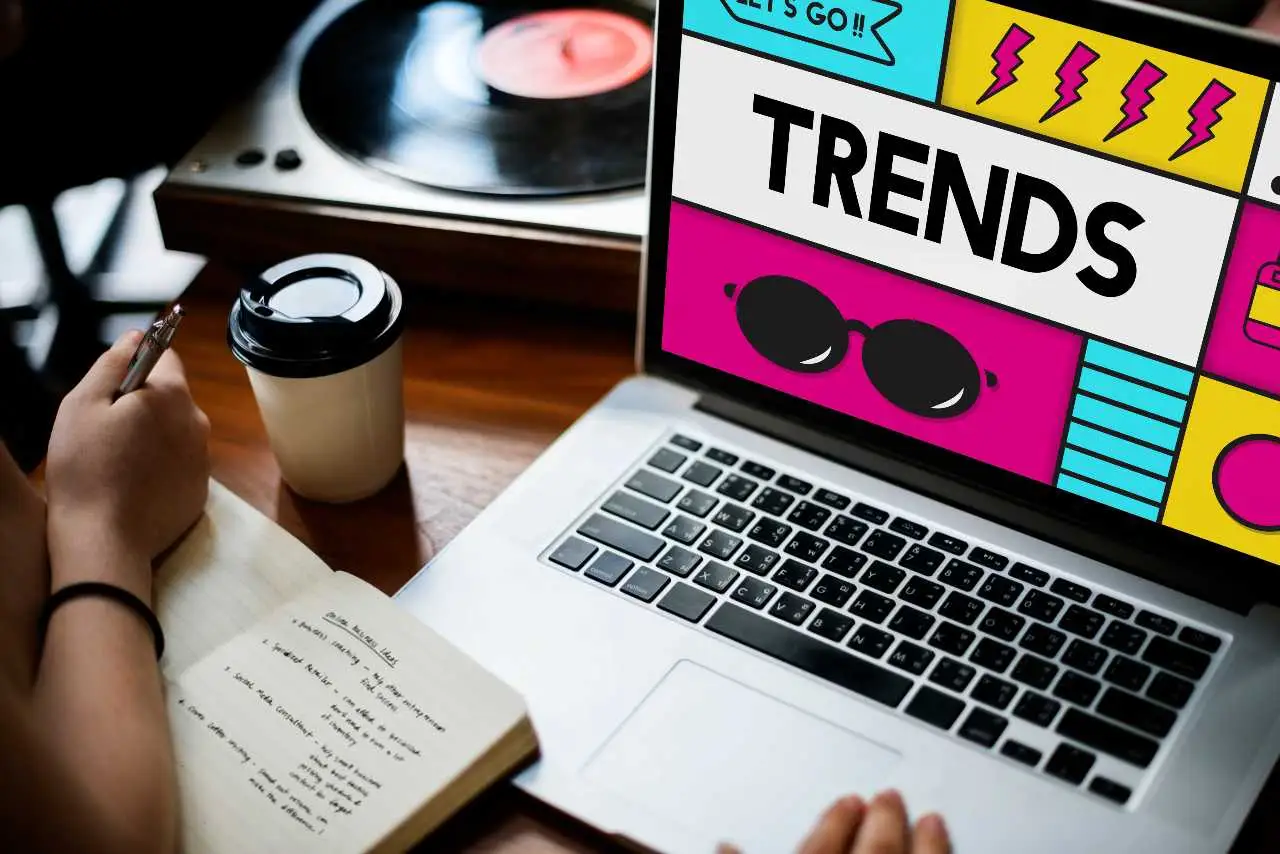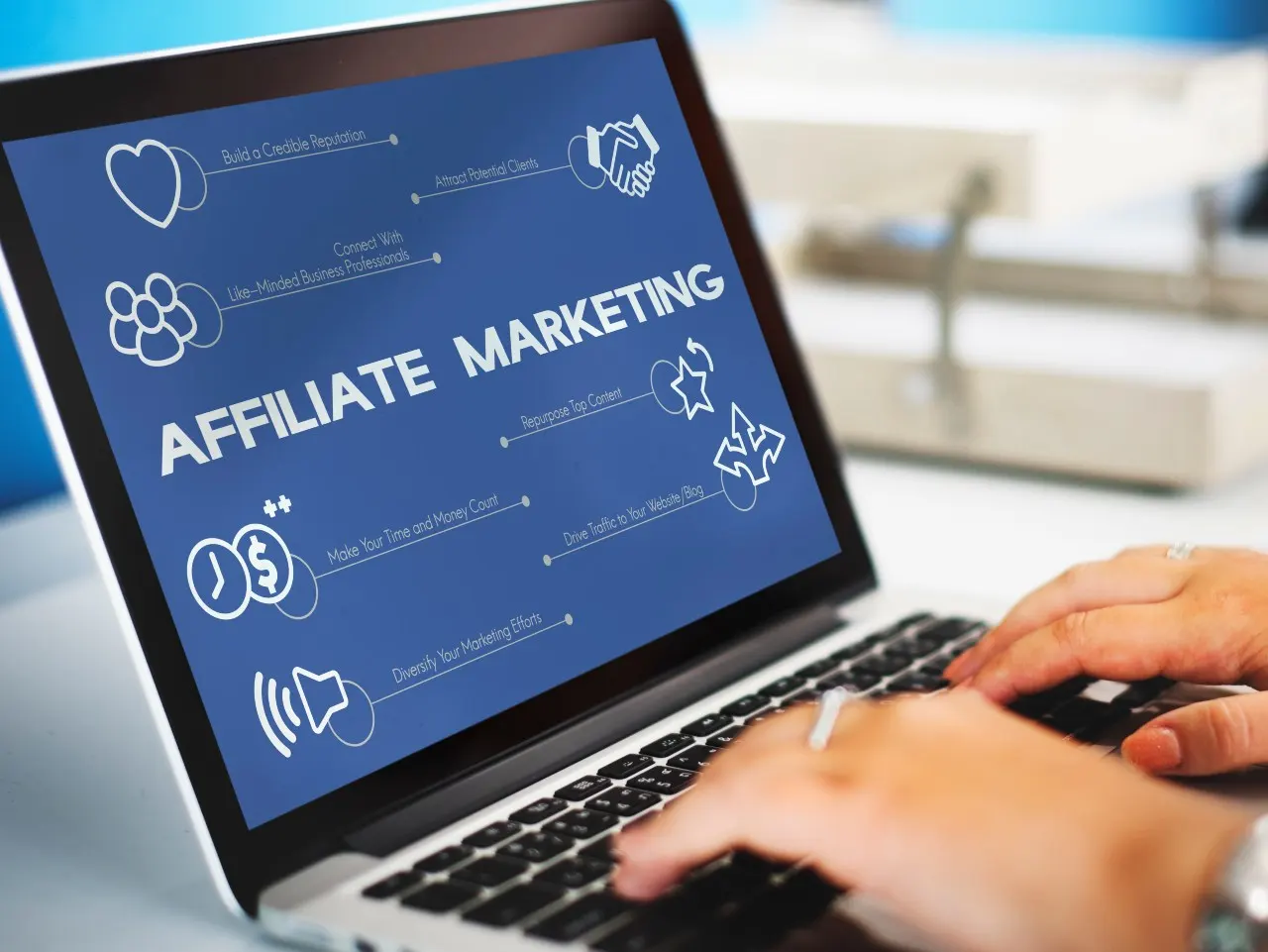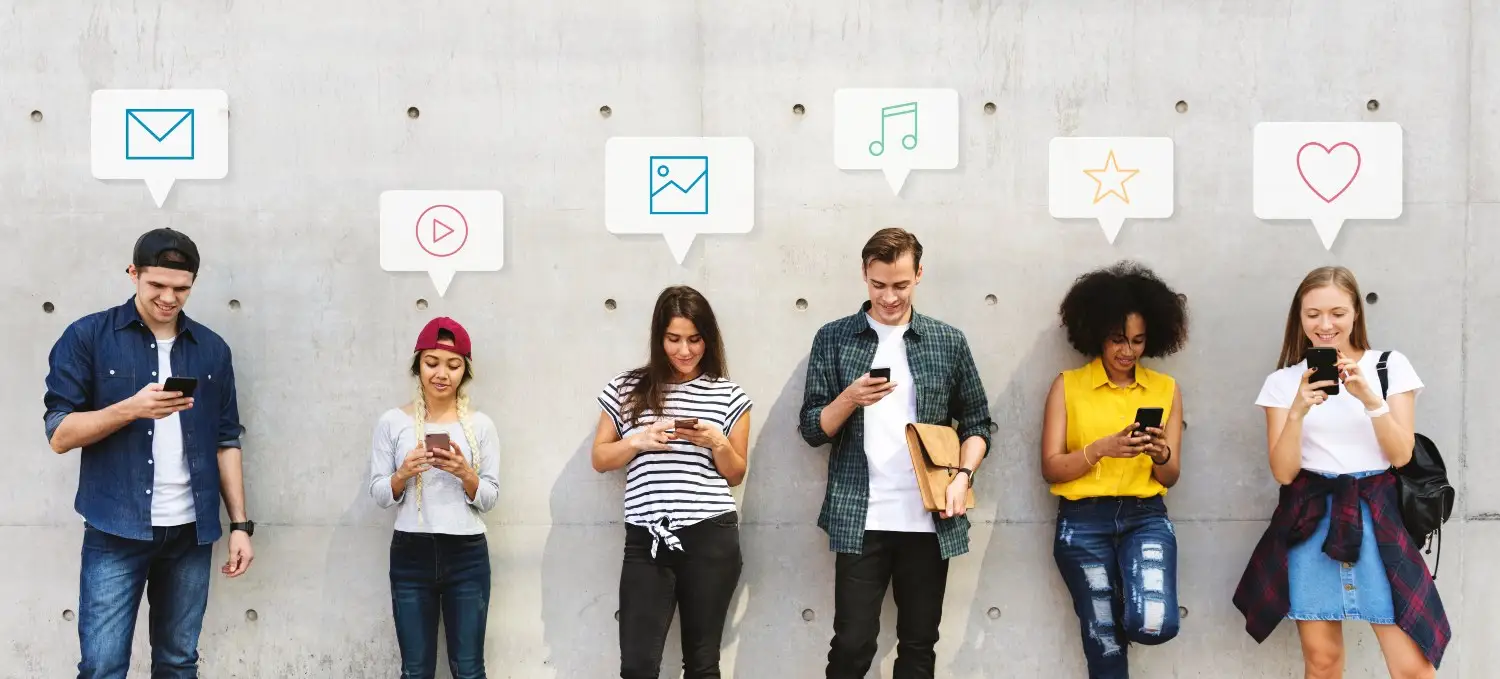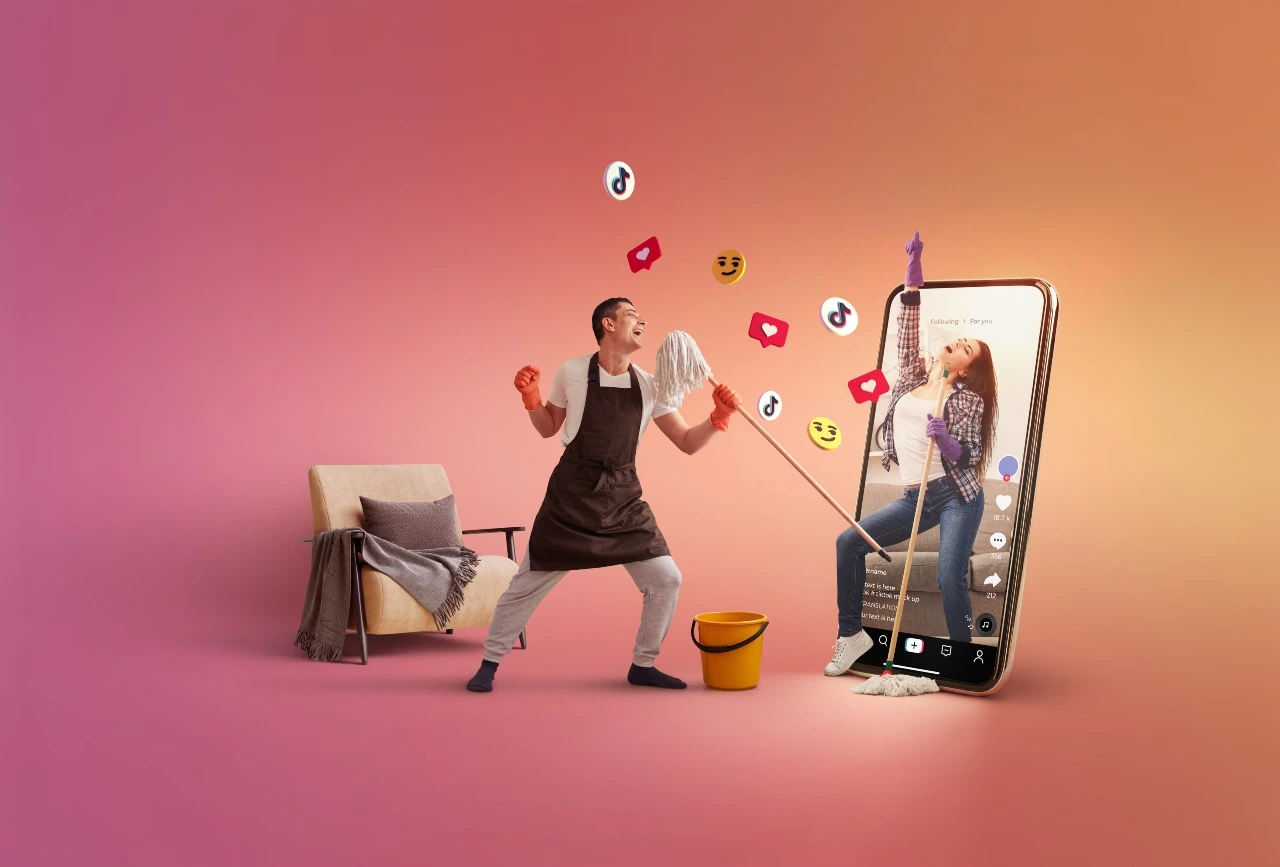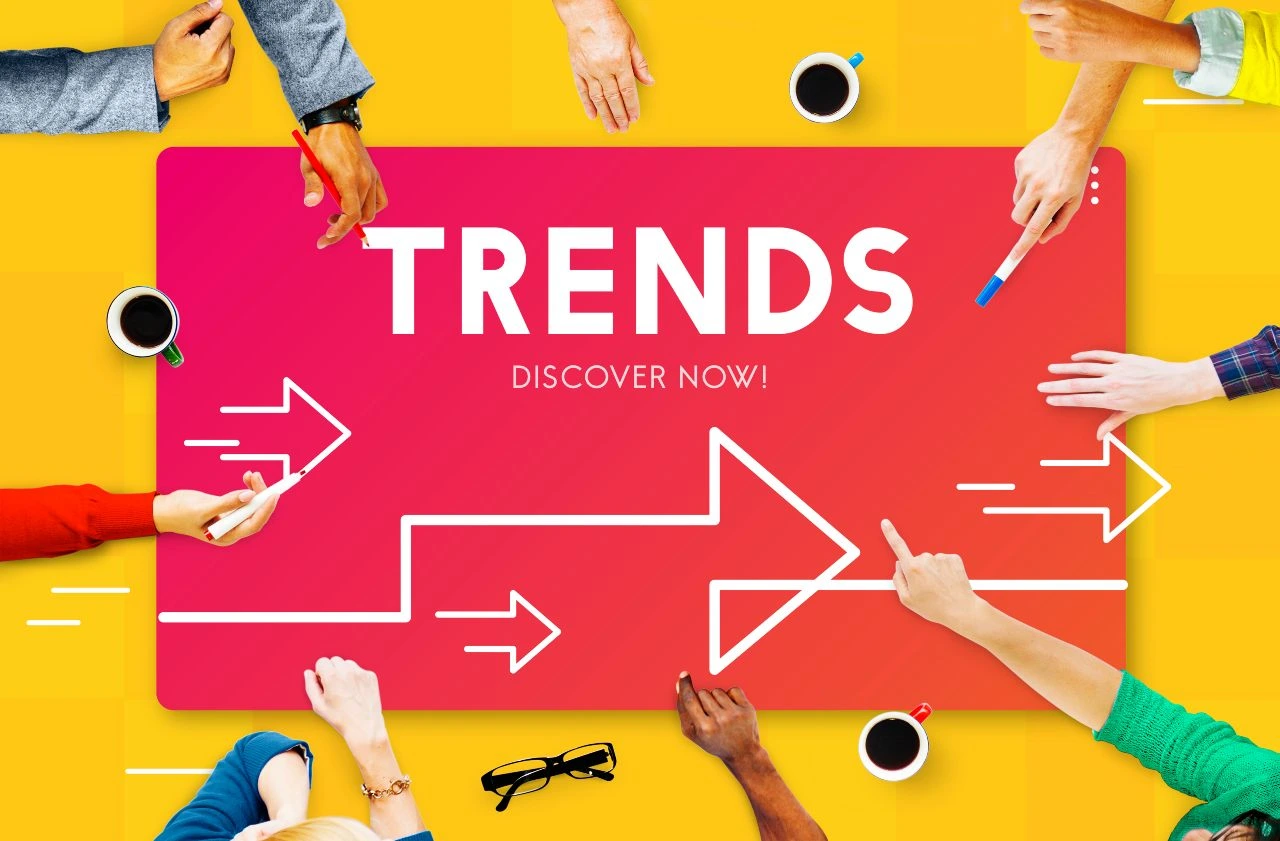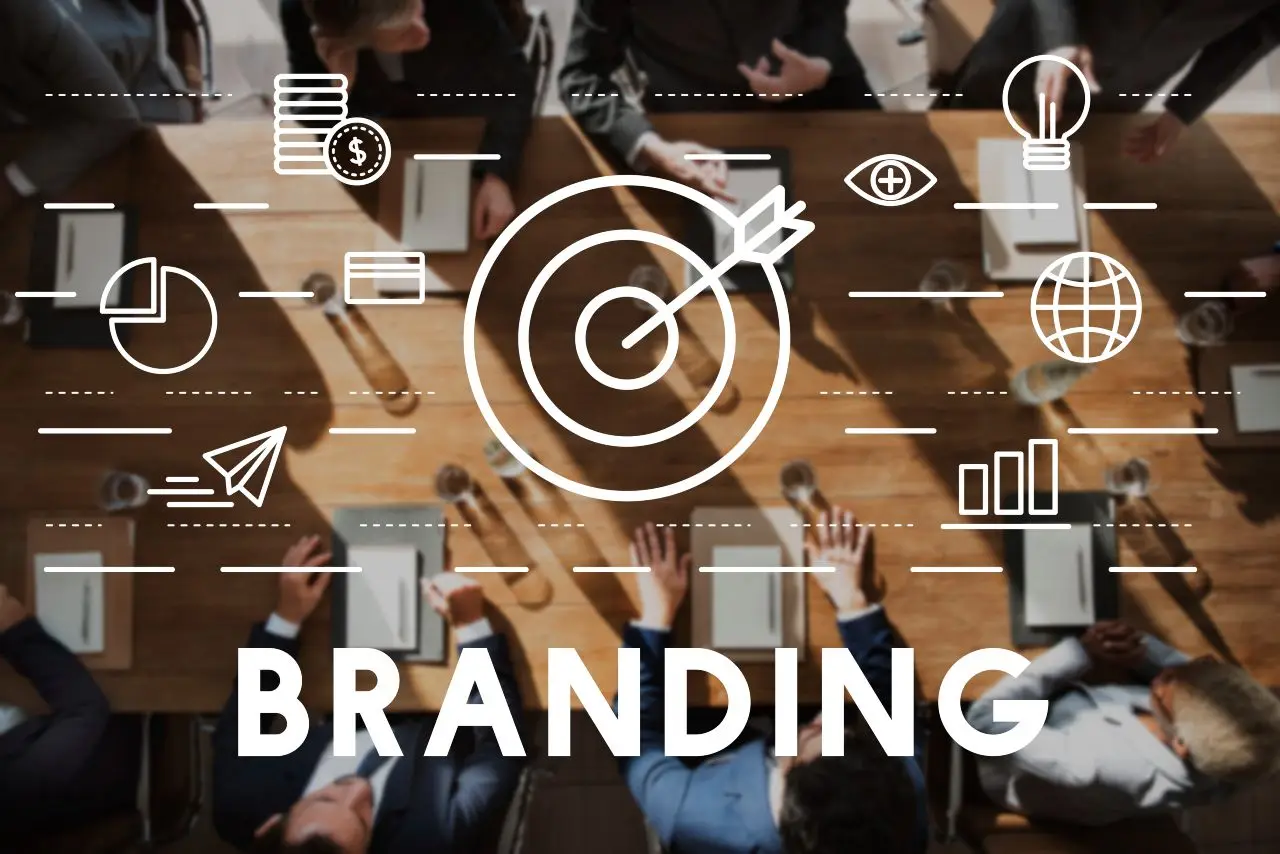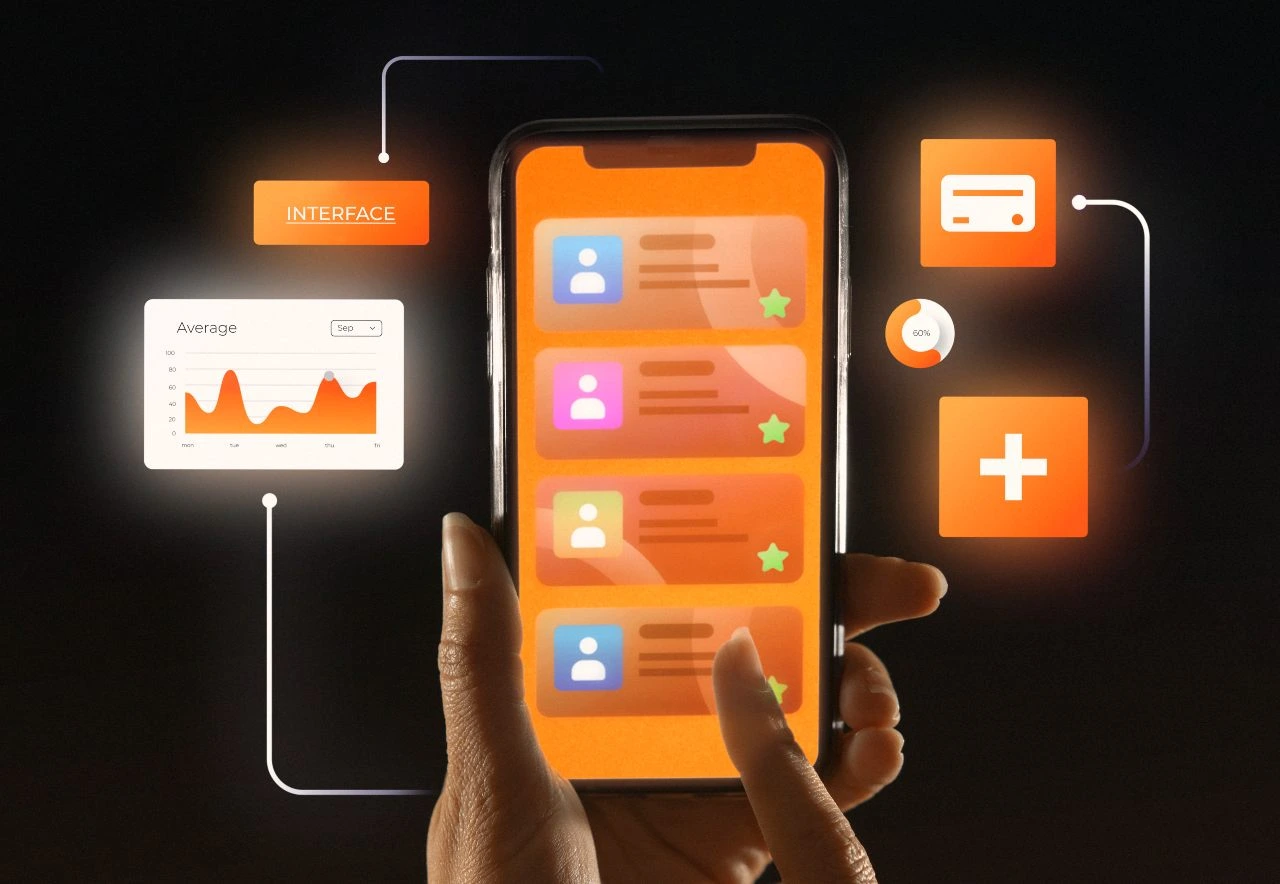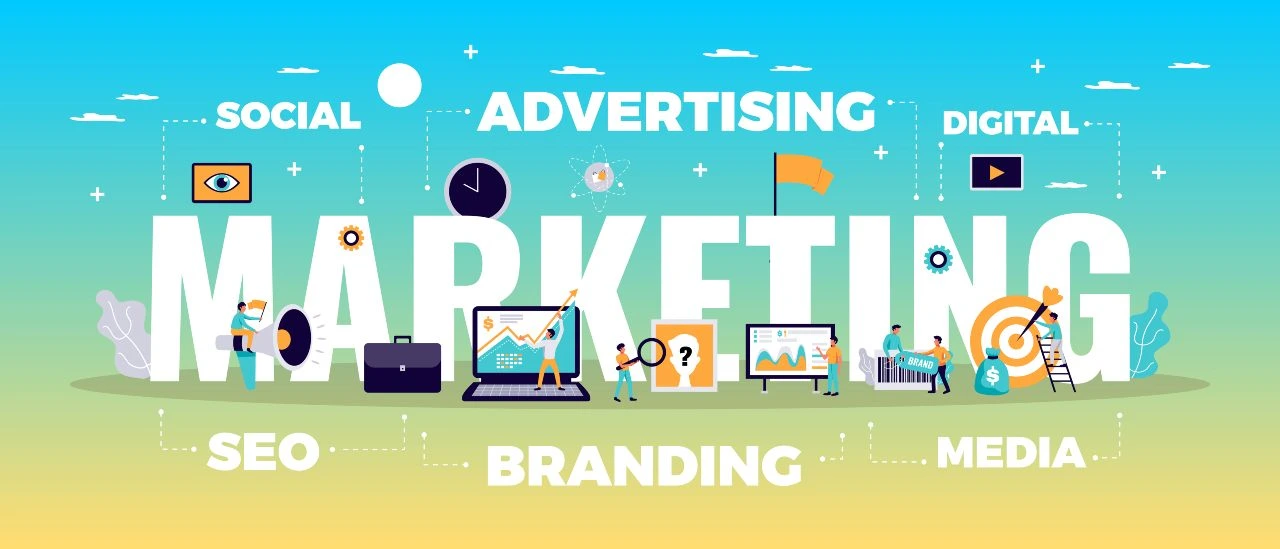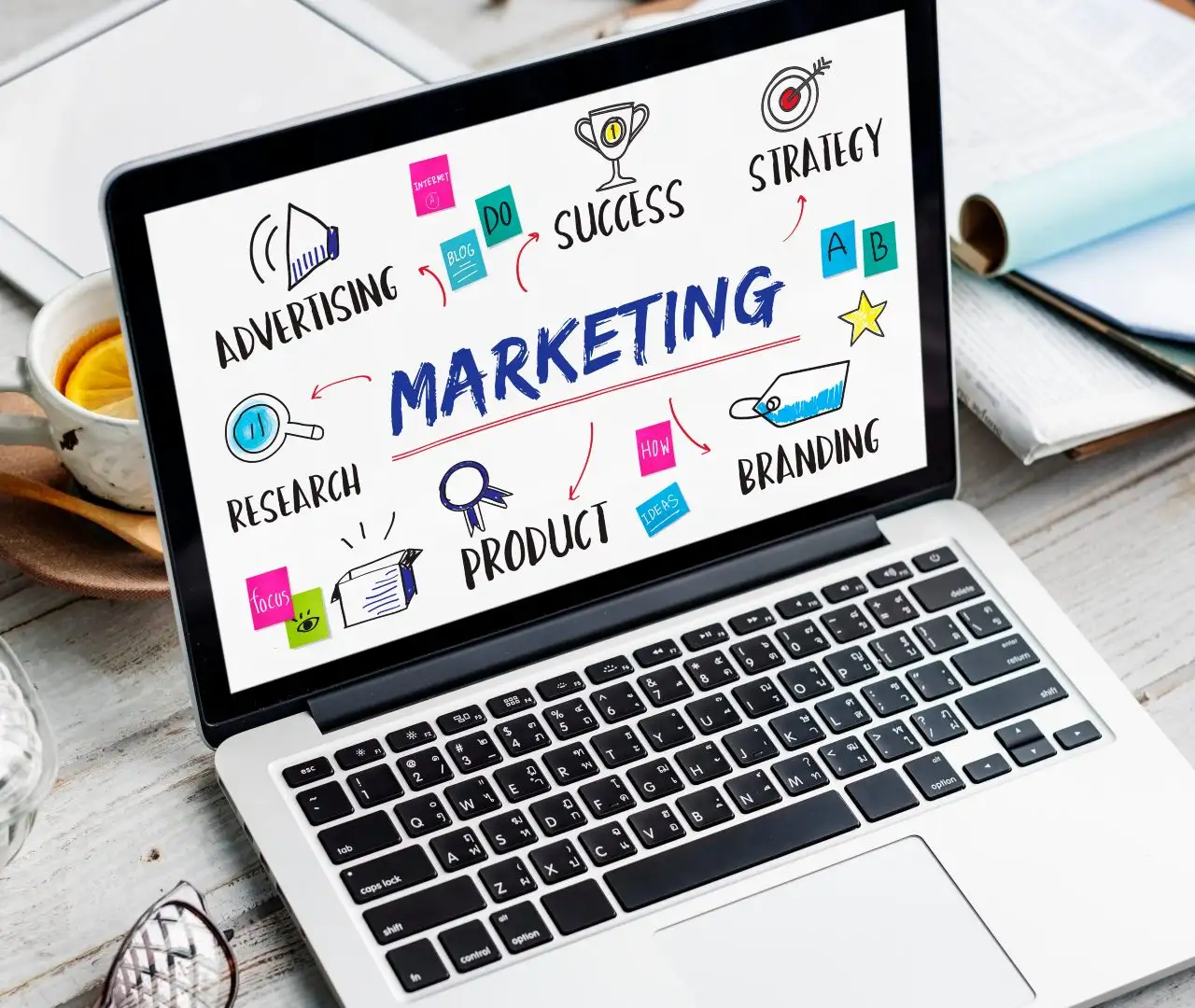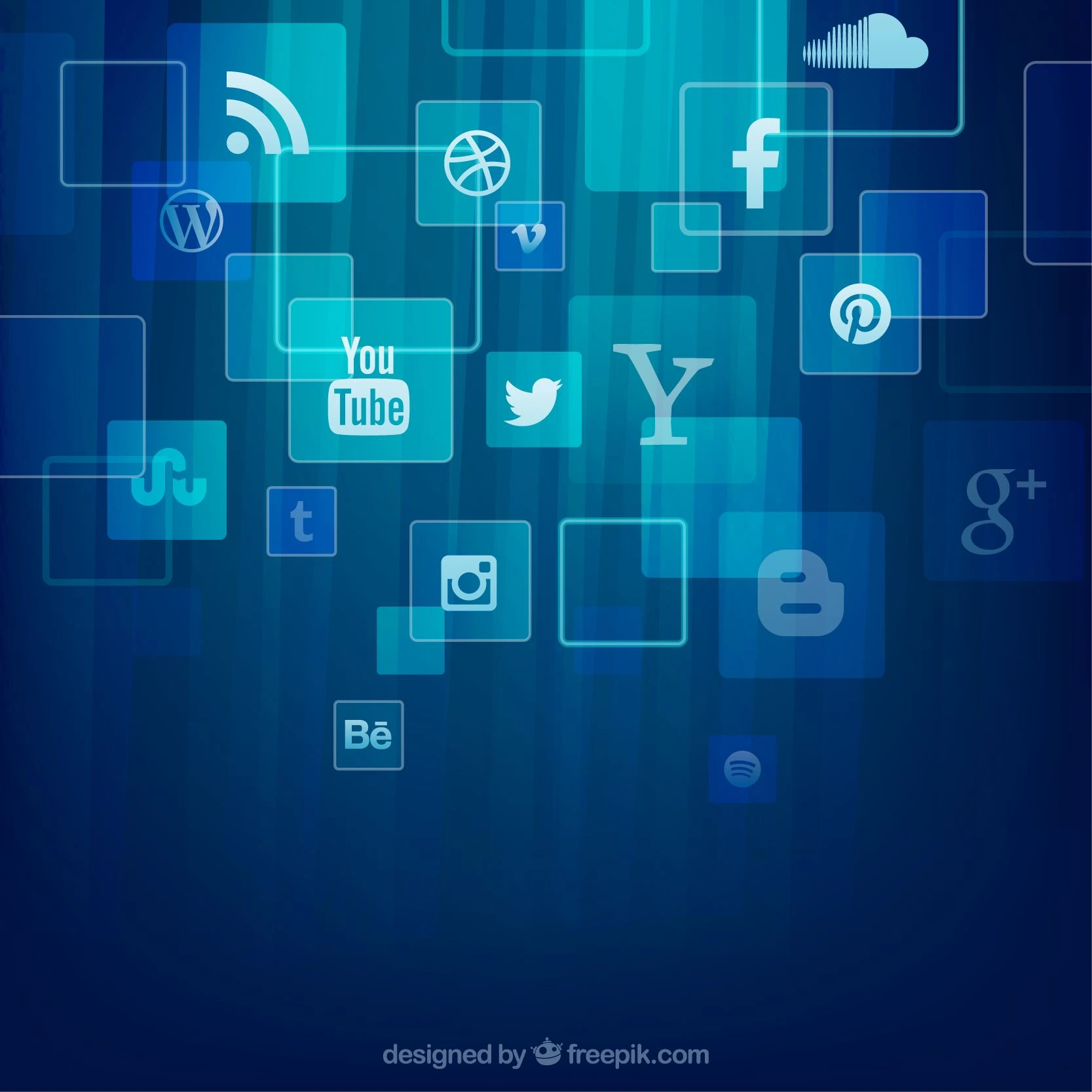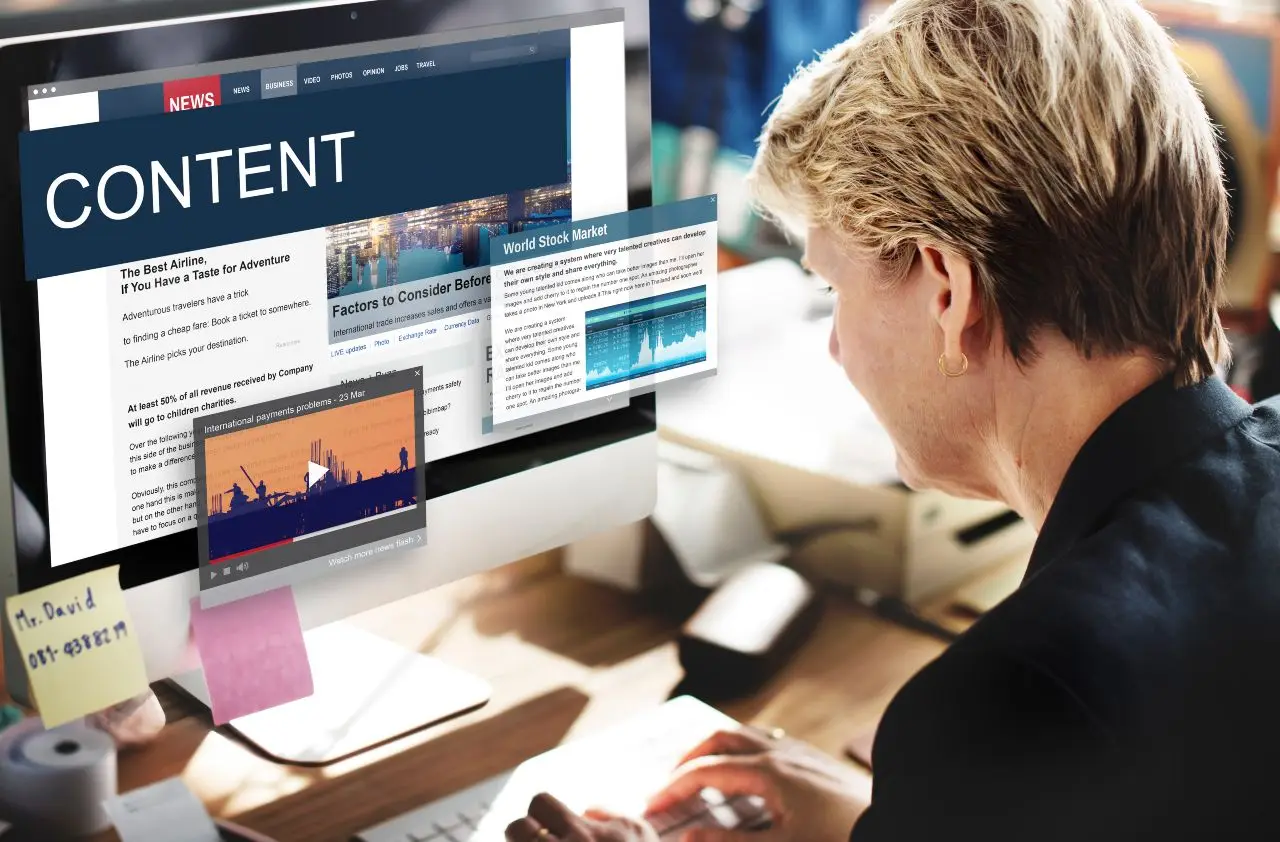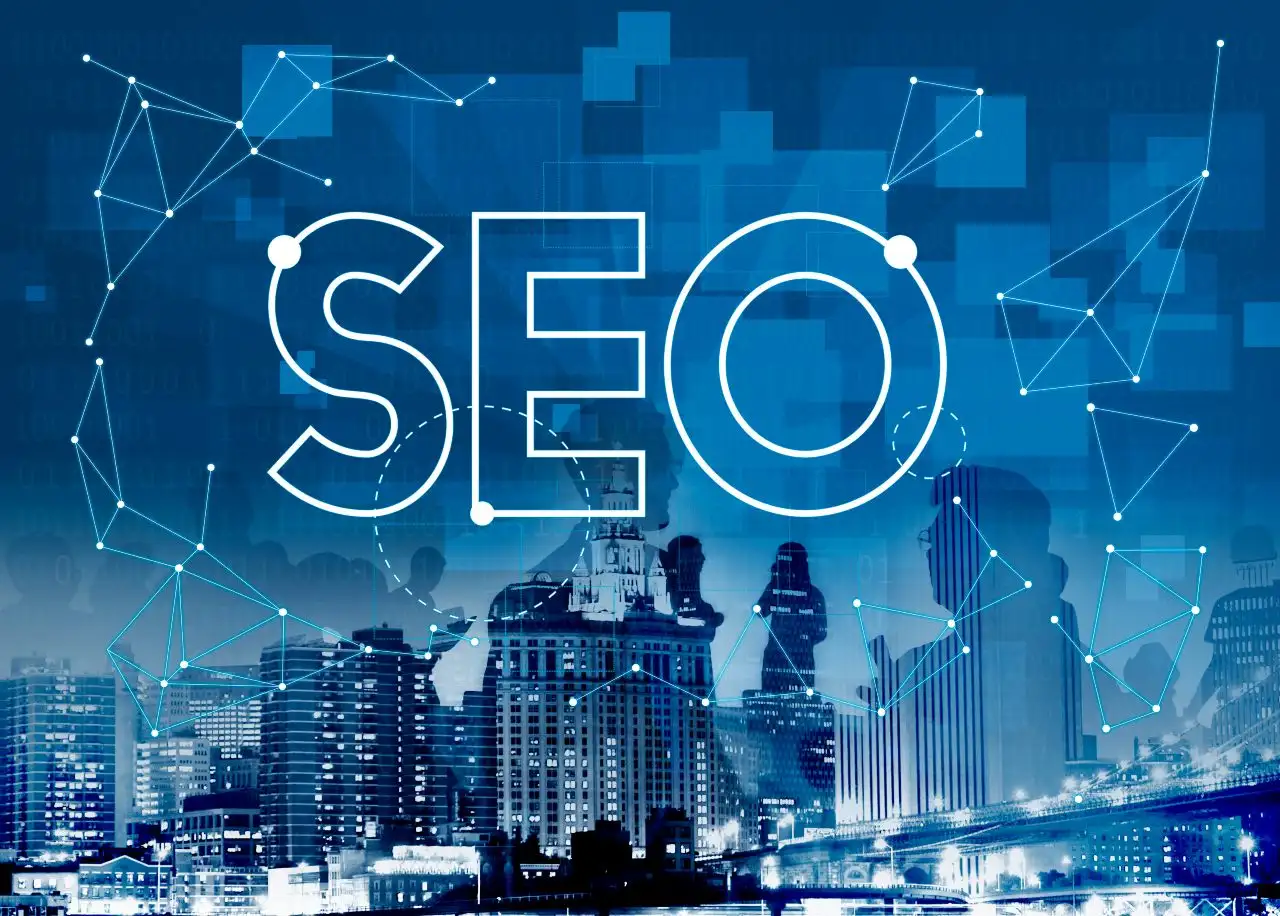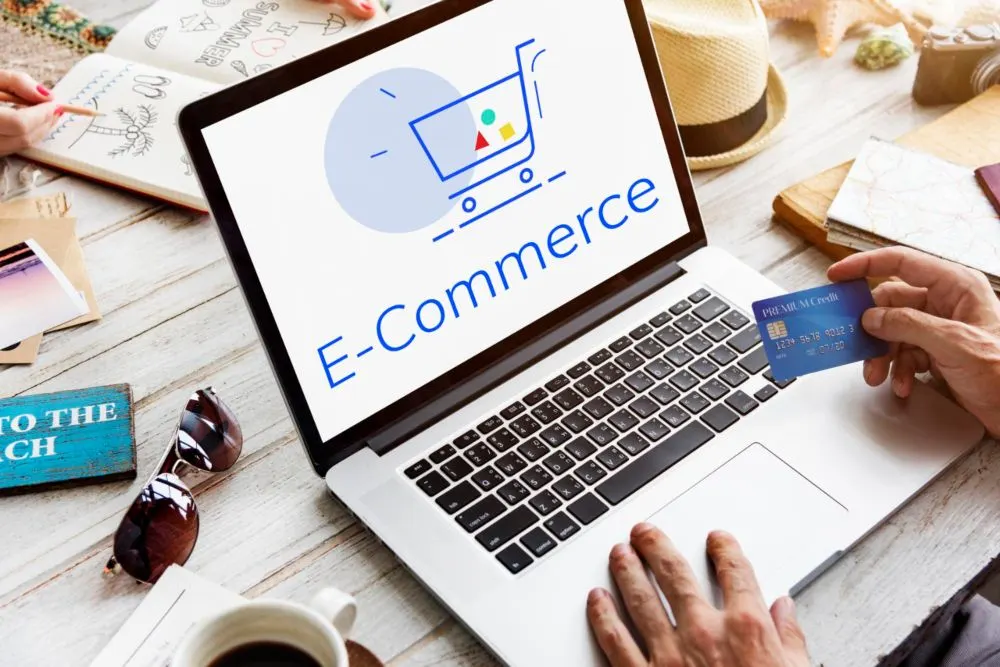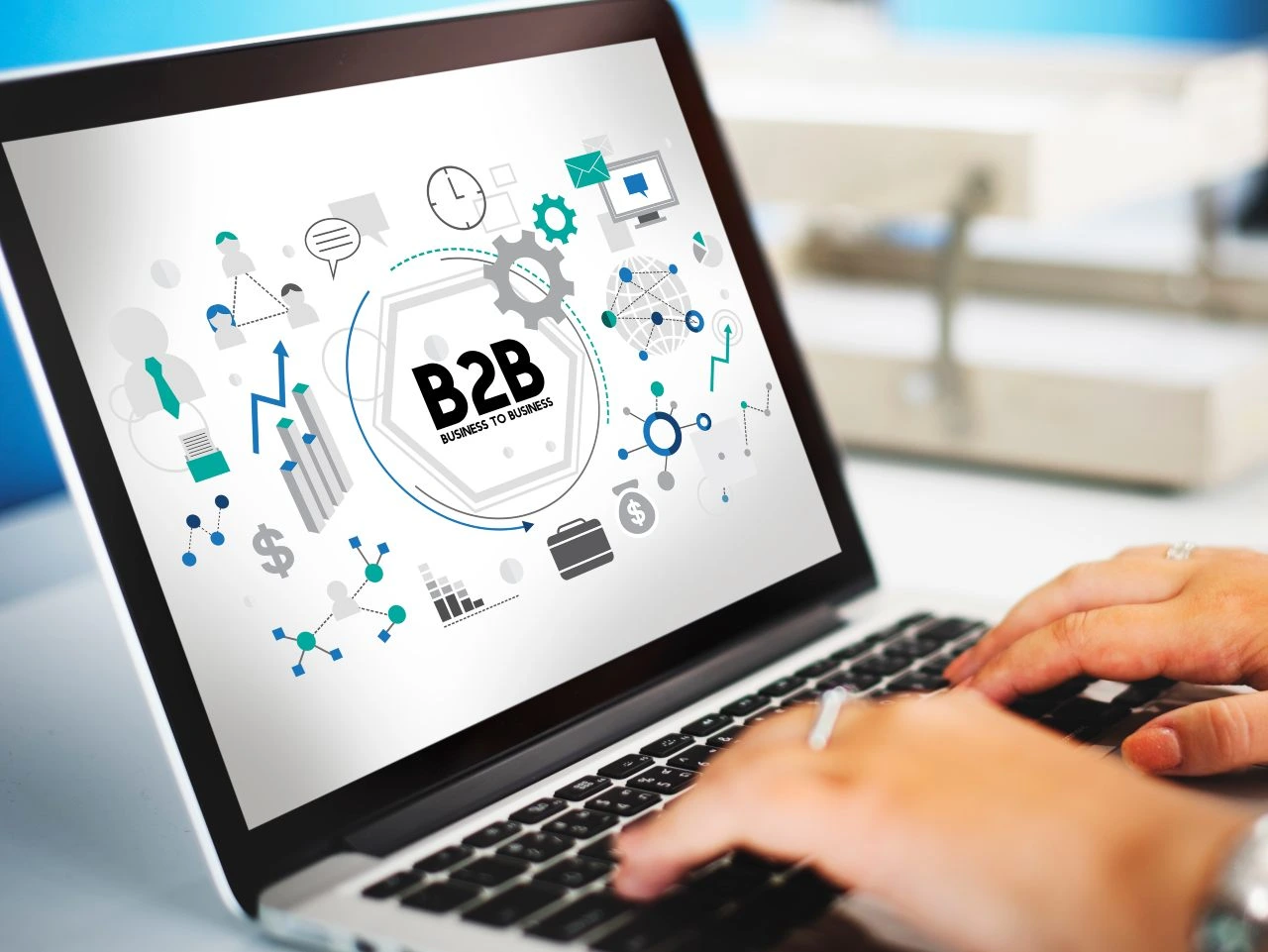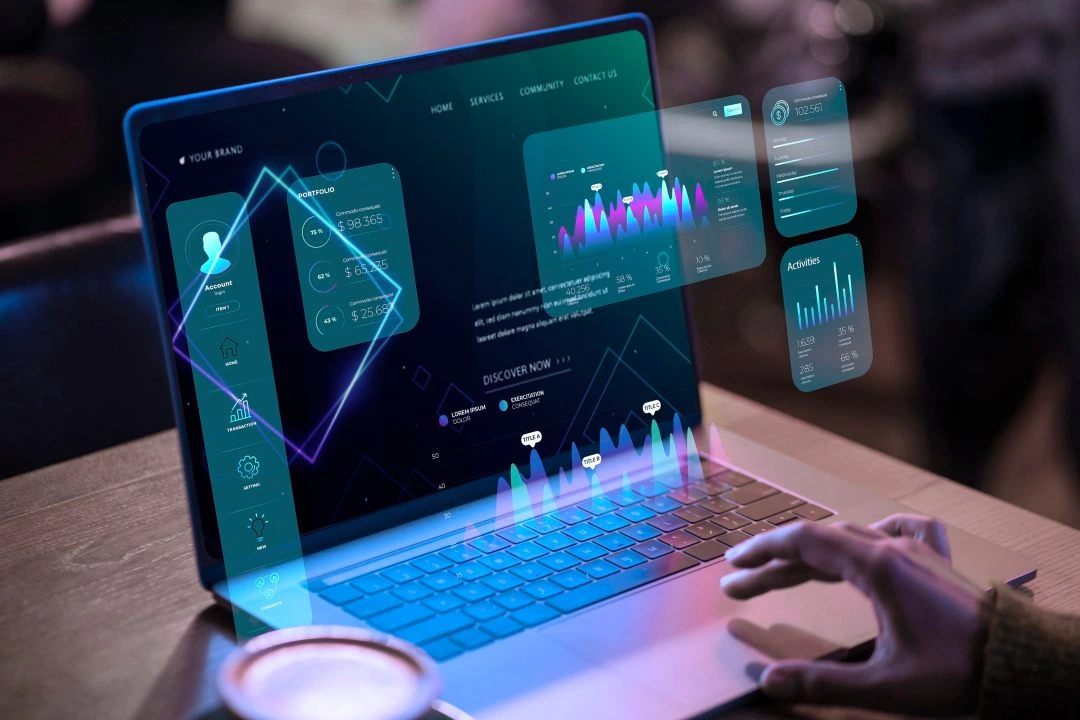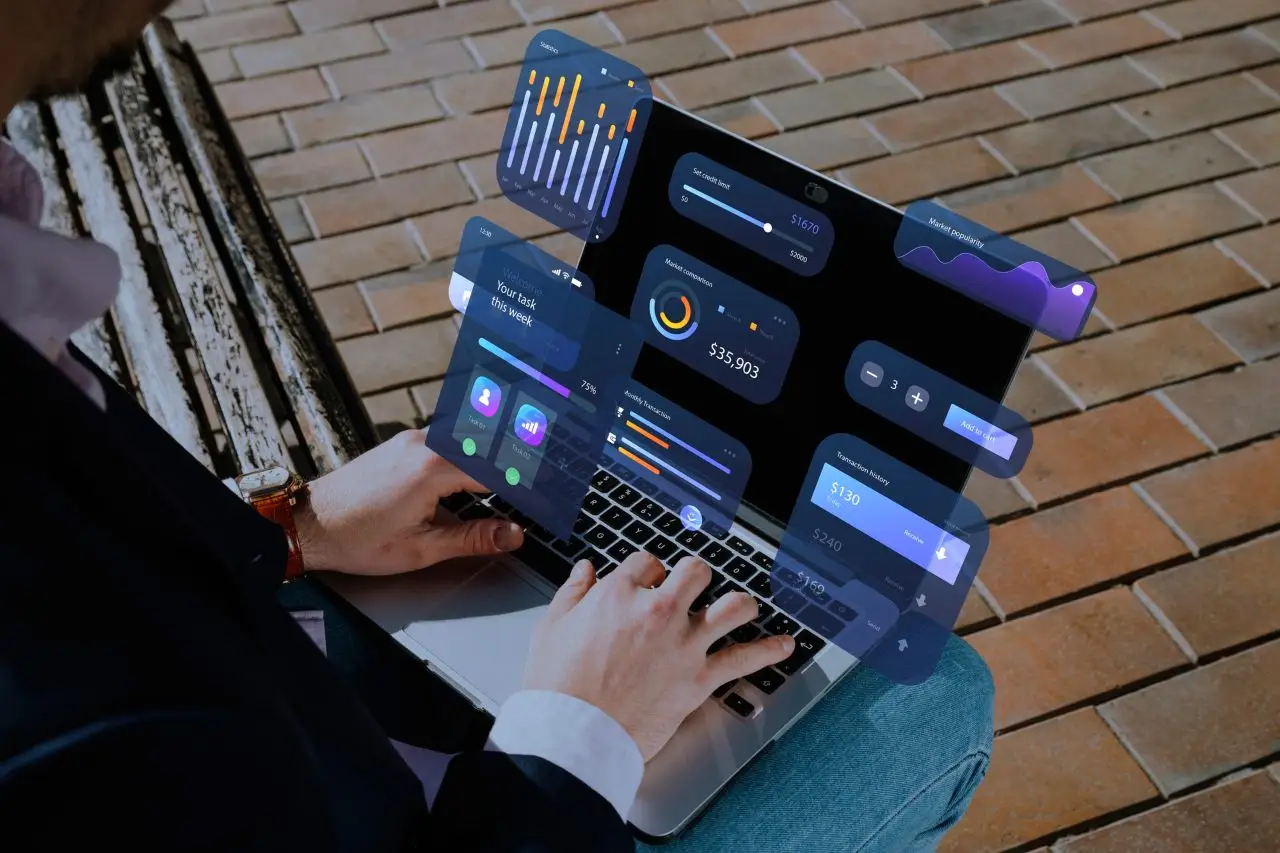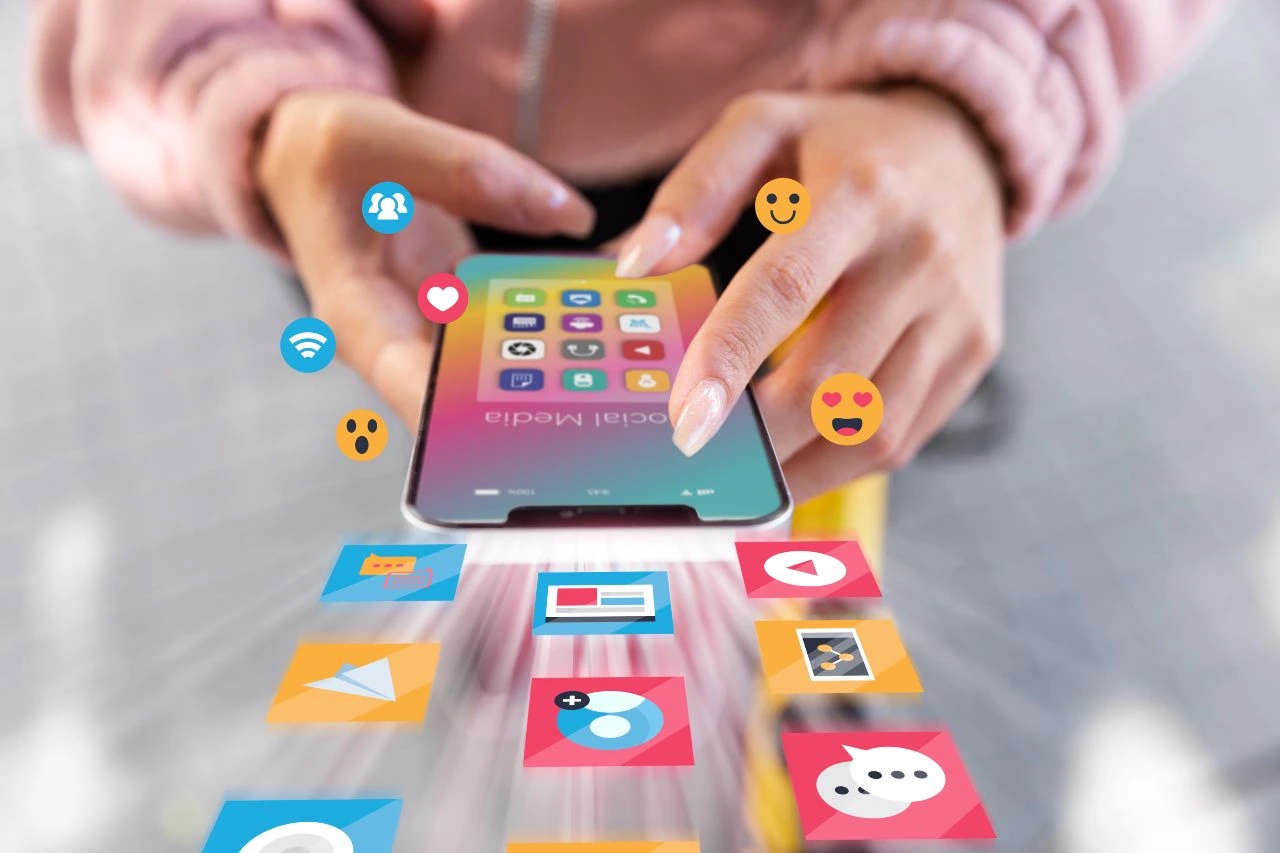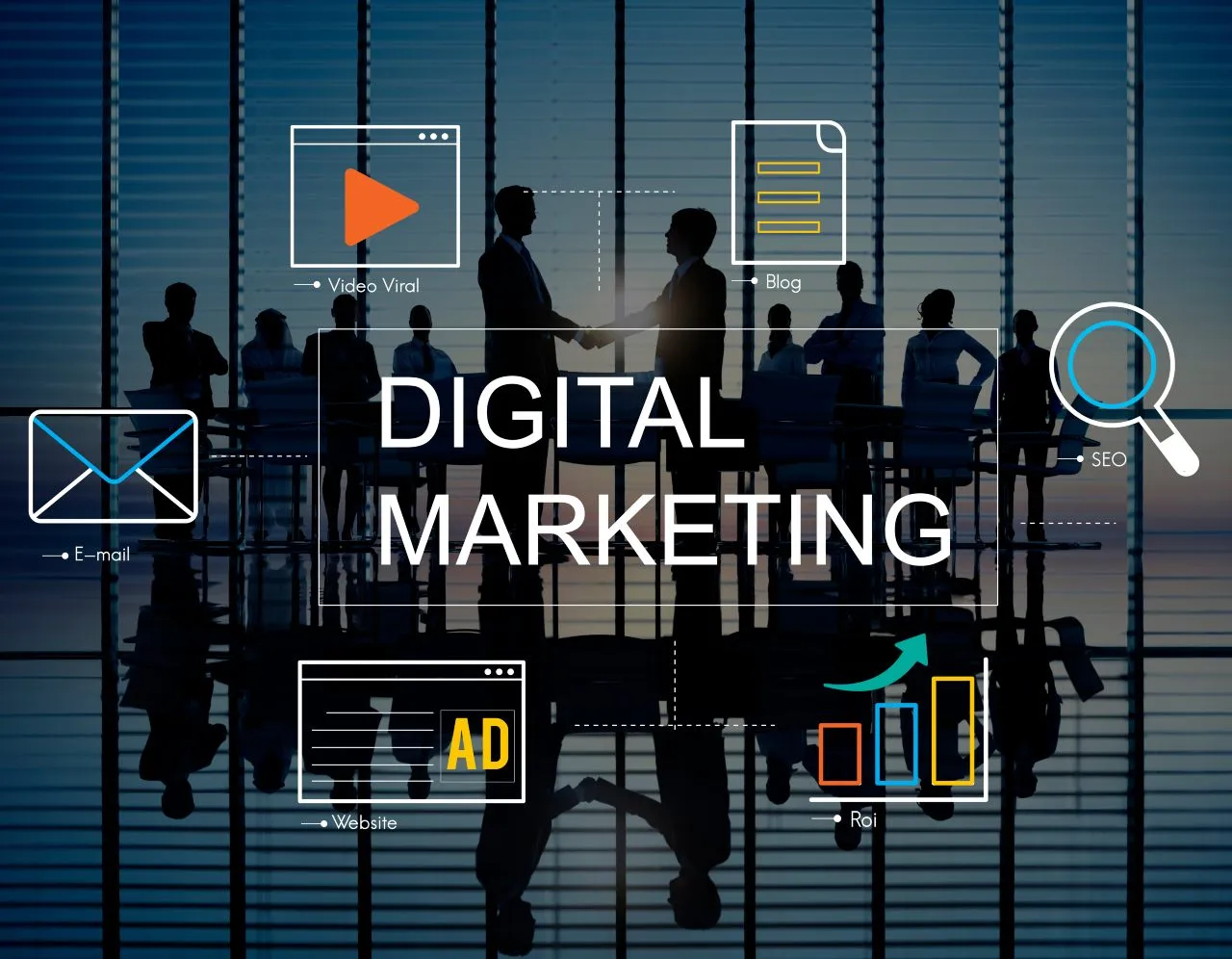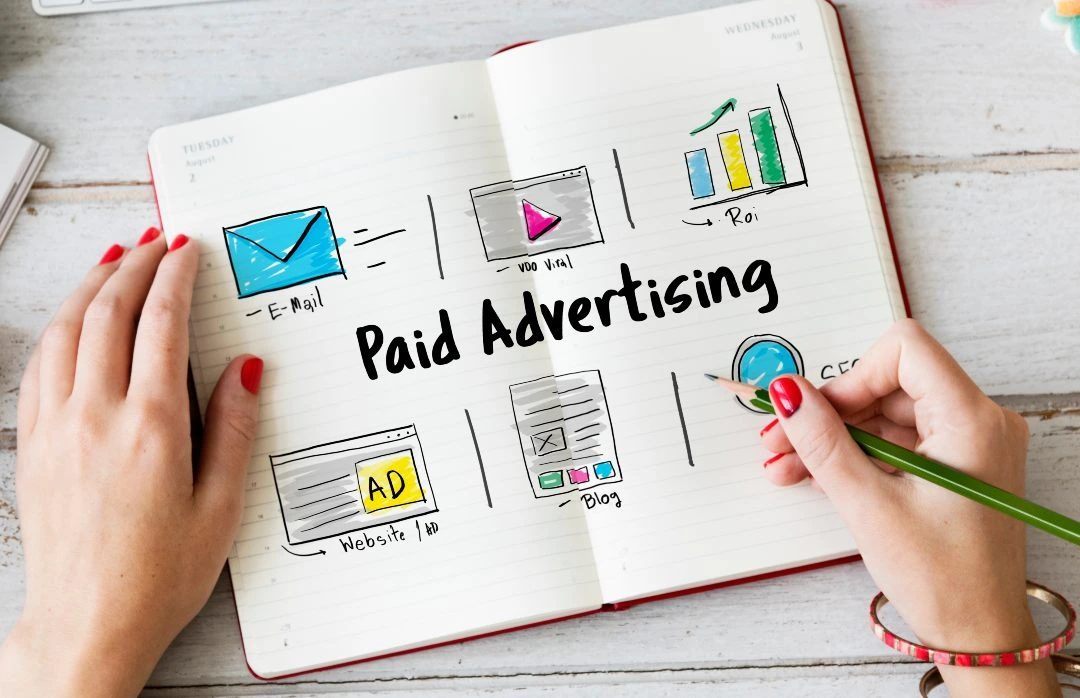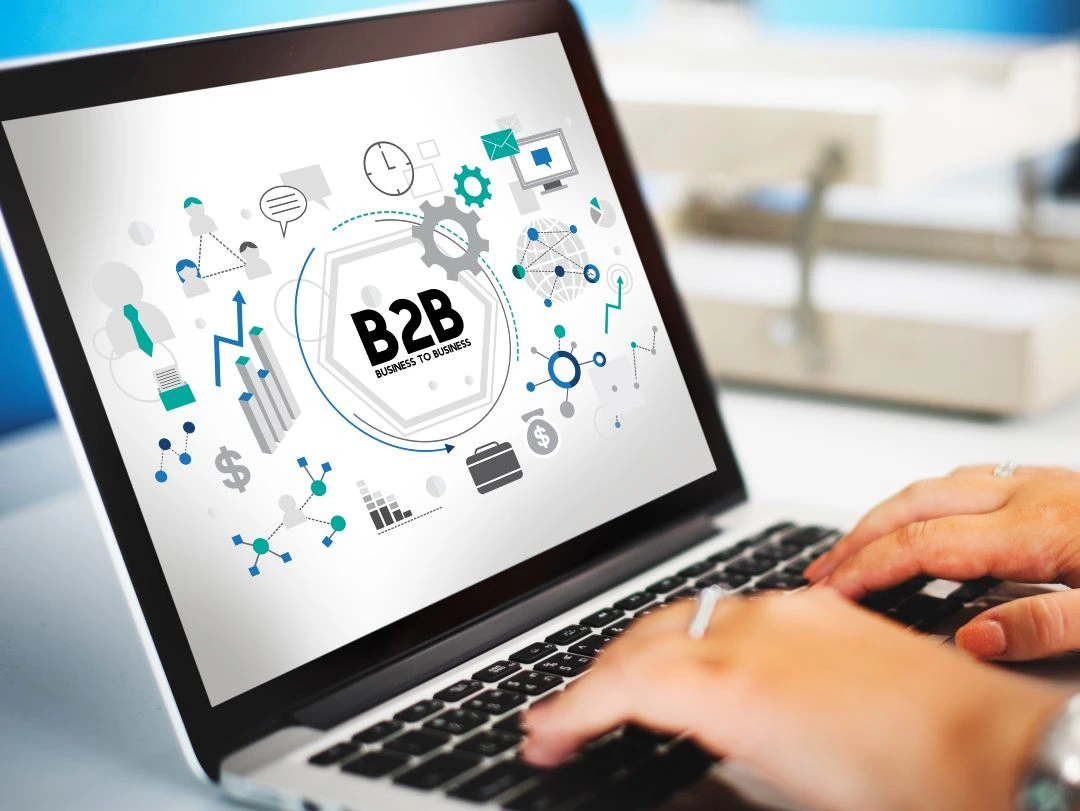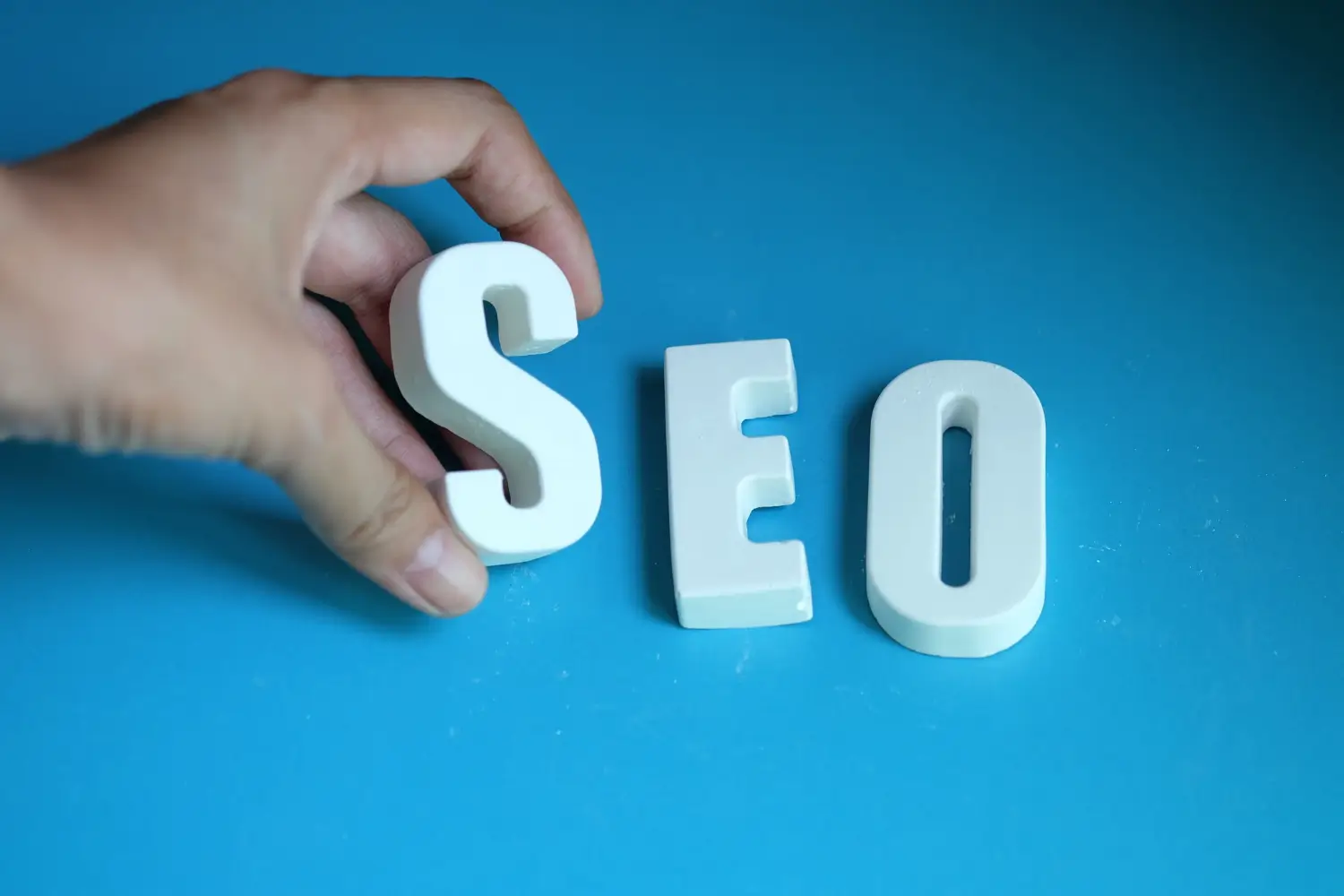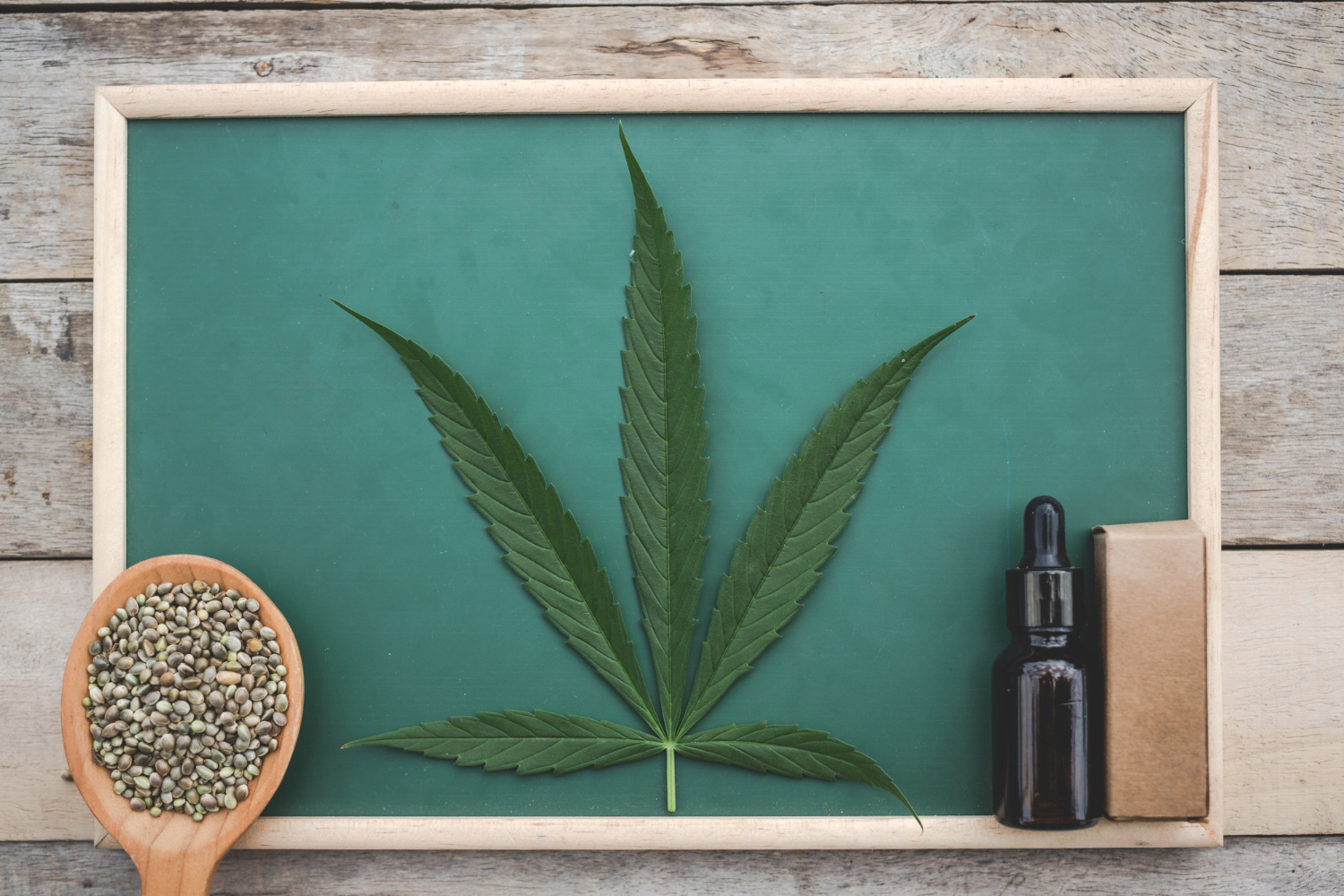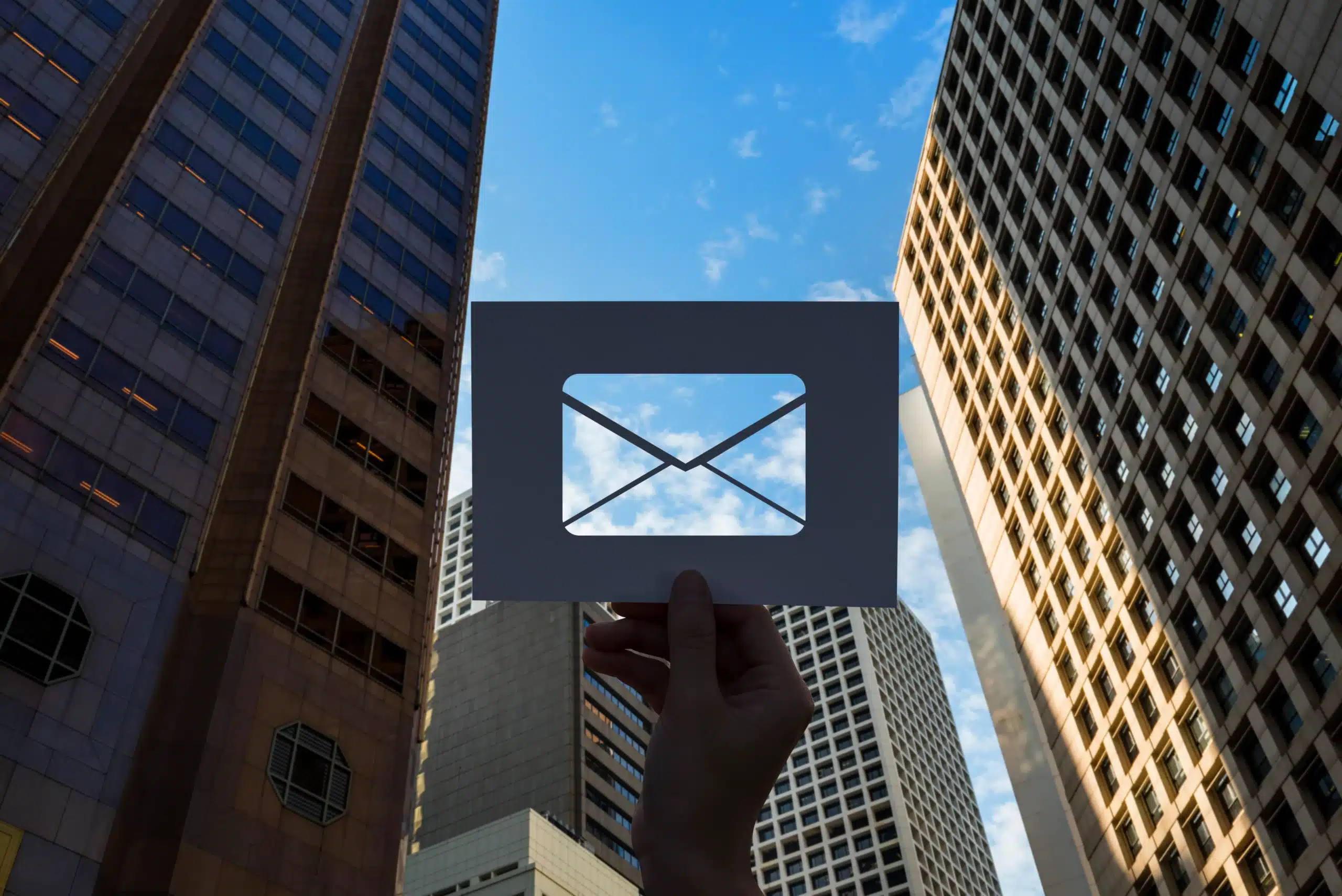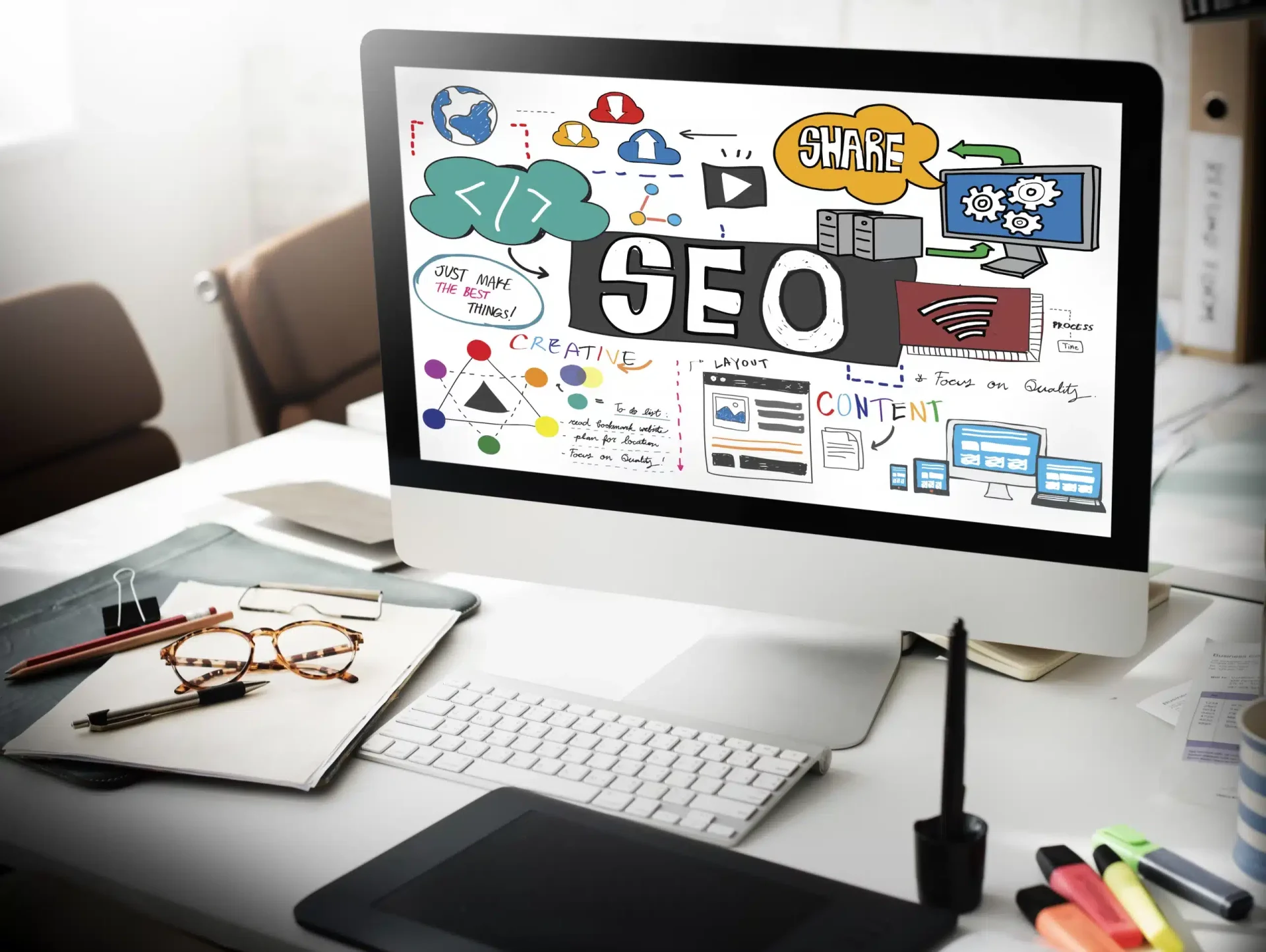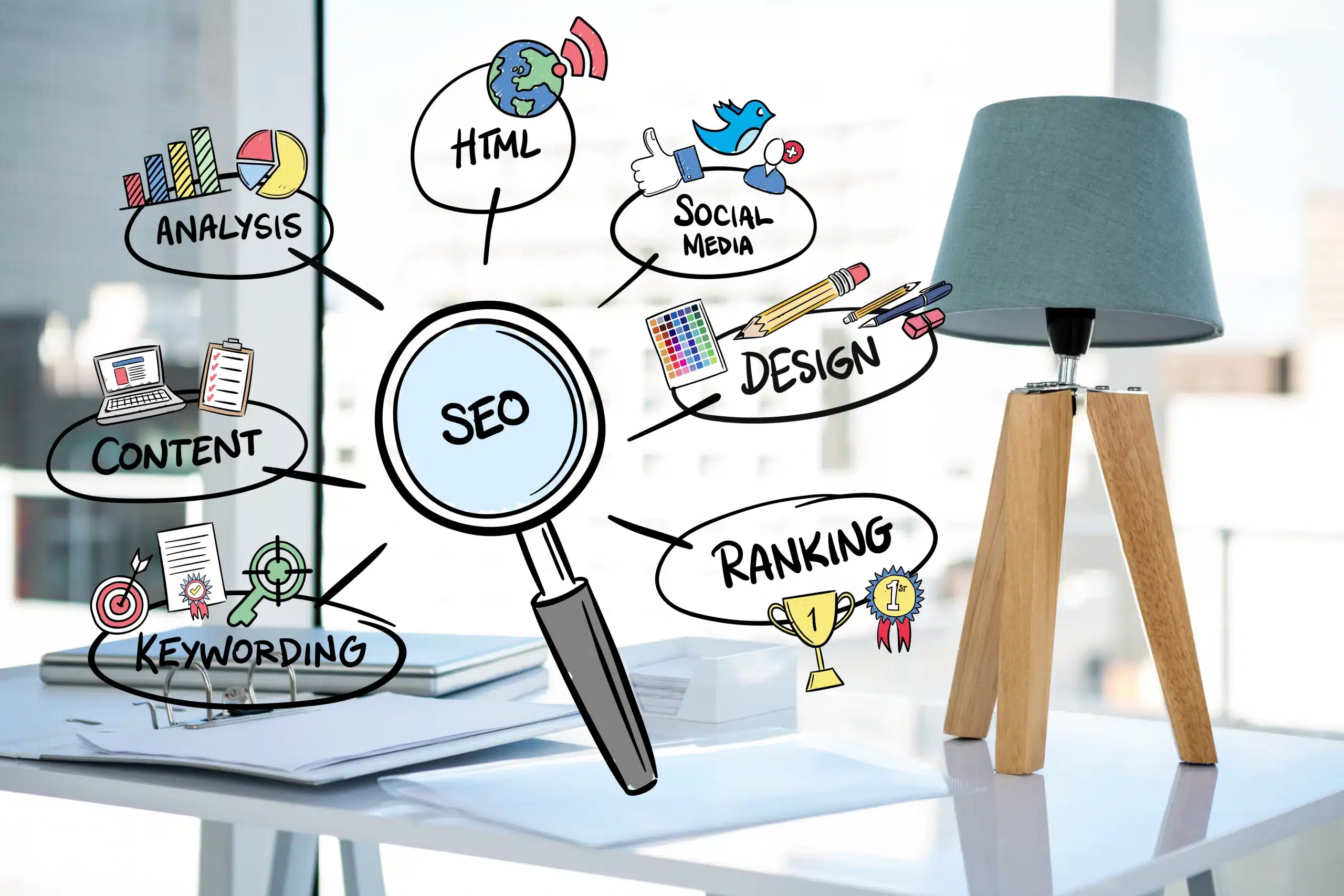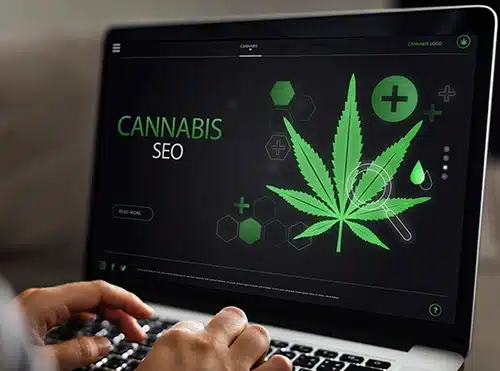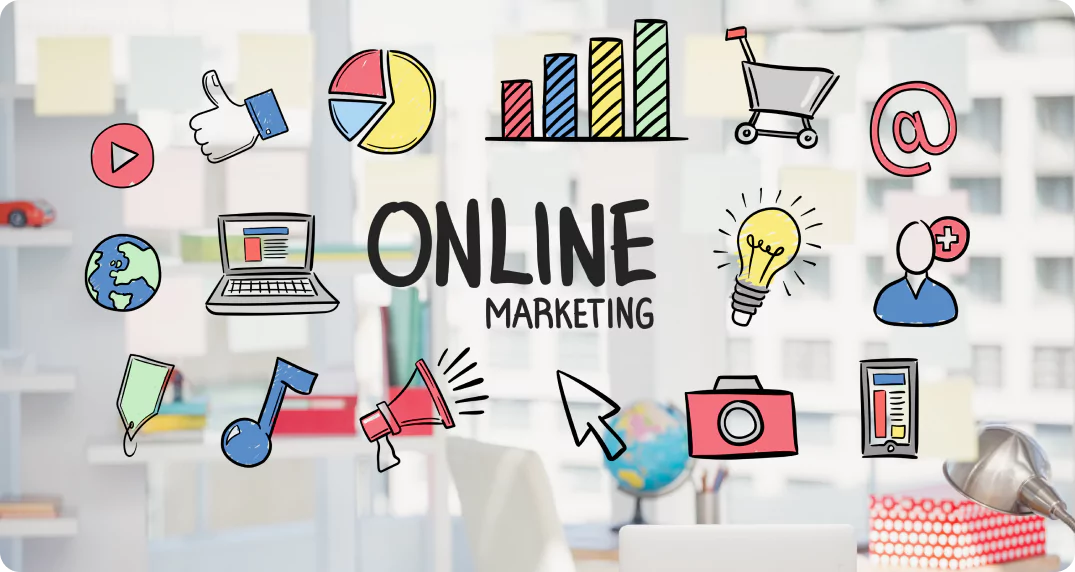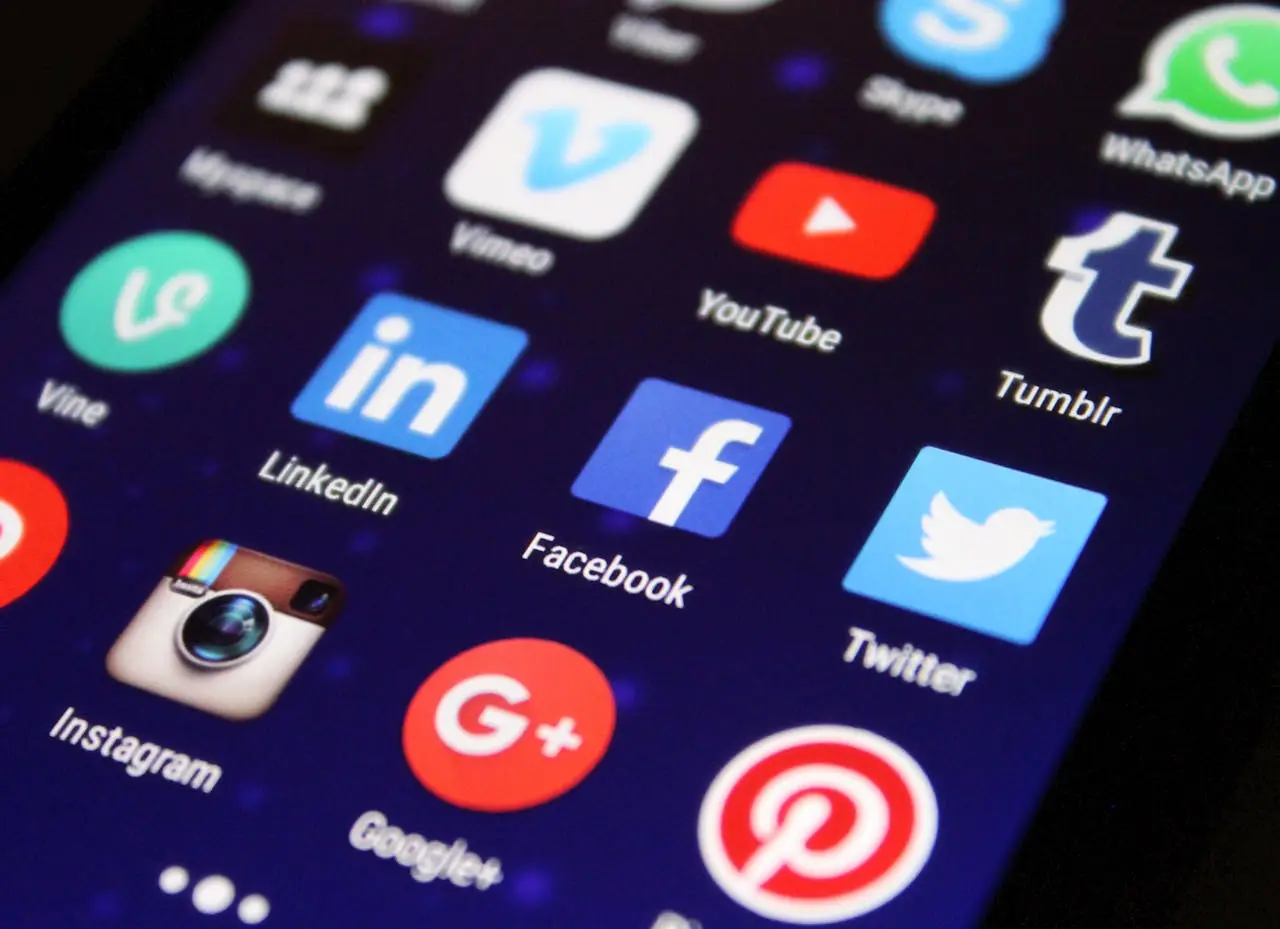Listen to article
In today’s fast-evolving marketing landscape, understanding and optimizing your engagement metrics is more crucial than ever. As we move into 2025, several key trends are reshaping how brands connect with their audiences. From AI-driven personalization to the dominance of video content and the rise of user-generated content, marketers have a plethora of tools at their disposal to capture and retain audience attention.
But with so much noise, how do you cut through the clutter and ensure your marketing efforts are truly resonating? Which engagement metrics should you be tracking, and how can you leverage them to drive better results?
In this article, we’ll dive into the marketing engagement metrics that matter most in 2025, providing you with actionable insights and strategies to elevate your marketing game.
The Growing Impact of AI in Personalization and Marketing Automation
Artificial intelligence is no longer a futuristic concept in marketing—it’s a driving force reshaping how brands connect with their audiences. From real-time campaign optimization to hyper-personalized content, AI enables businesses to work more efficiently while meeting consumers’ evolving expectations for tailored experiences. As digital channels become increasingly saturated, leveraging AI to cut through the noise will be a defining factor for success in 2025 and beyond.
- AI is already revolutionizing digital marketing, and its influence is expected to increase significantly in 2025. Source
- AI optimizes marketing campaigns in real-time, predicts consumer behavior, and streamlines time-consuming processes. Source
- AI is used to personalize online content and automate campaigns through customer data analysis. Source
Marketers who adopt AI-driven solutions are setting the stage for more impactful campaigns in 2025. The ability to predict customer behavior, deliver relevant content, and automate high-touch processes not only saves time but also cultivates deeper customer relationships. Instead of focusing solely on broad audience segments, AI empowers brands to engage on a one-to-one level at scale, fostering loyalty and improving ROI.
Pro Tip:
Explore AI tools like ChatGPT, Jasper, or Smartly.io to turbocharge your marketing efforts. Test these technologies in areas like predictive analytics, dynamic email campaigns, or chat-based customer interactions to refine your strategy and create measurable results.
For businesses seeking to maximize their marketing ROI in 2025, it’s worth considering a full-service marketing approach. By integrating AI with broader marketing solutions, brands can streamline their strategies, effectively target their audience, and stay competitive in an ever-evolving digital landscape.
The Rise of AI-Chatbots in Shaping Conversational Marketing
Customer engagement in the digital age is pivoting toward real-time, personalized interactions—and chatbots are leading this transformation. AI-powered chatbots are no longer just a convenient add-on; they are an essential tool for businesses aiming to offer 24/7 tailored support and build meaningful connections with their audience. As the technology evolves, it’s reshaping conversational marketing by combining immediacy with human-like understanding, pushing brands to rethink how they approach customer service and engagement.
- The global chatbot industry was valued at approximately $5.4 billion in 2023 and is projected to reach $15.5 billion by 2028. Source
- A majority of customer interactions with brands will occur via AI, such as chatbots, enabling personalized engagement through conversational marketing. Source
- AI-powered chatbots are enabling companies to provide 24/7 personalized customer support. Source
- The next generation of generative AI-driven chatbots will offer enhanced functionality with a more comprehensive understanding of natural language and complex queries. Source
Takeaway: Elevate Customer Interaction, Not Just Automation
AI-powered chatbots are no longer just about automating tasks—they are becoming a vital extension of brand identity and customer care. By enabling continuous and highly contextual conversations, these tools enhance both efficiency and customer satisfaction. As we look ahead, the integration of generative AI technology opens up even more possibilities, from addressing intricate queries to creating hyper-personalized buying journeys. Businesses that commit to evolving their chatbot strategies can unlock untapped opportunities to deepen customer relationships and boost engagement metrics.
Pro Tip:
Go beyond basic automation by training your chatbot to align with your brand voice and values. Consider implementing sentiment analysis and advanced natural language processing for richer, more empathic interactions that leave a lasting impression.
How AI is Transforming Content and Email Strategies for Smarter Marketing
The rise of AI in marketing is no longer a distant promise—it’s firmly embedded in how businesses approach content creation, campaign optimization, and email marketing today. At a time when personalized experiences drive consumer loyalty, AI delivers the dual benefit of efficiency and relevance. From predictive targeting to creating hyper-specific messaging, these tools empower marketers to meet rising expectations while staying ahead of the competition. But as AI tools become more advanced, knowing how to leverage them strategically is what will set apart innovative brands.
- 64% of marketers are already using AI for content creation, showing its adoption is becoming mainstream. Source
- Google Ads integrates AI to optimize bidding strategies, craft relevant ads, and tap into new audience segments through Performance Max campaigns. Source
- Google’s Performance Max campaigns also use AI-powered, keywordless methods to discover high-converting queries and produce intent-driven ads. Source
- Microsoft enhances generative AI advertising with tools like Conversational Ad experiences, Ads for Chat API, and Copilot, offering marketers greater creativity and targeting options. Source
- 34% of marketers applying AI use it to craft email copy, leveraging generative capabilities to deliver tailored, impactful messages. Source
Takeaway: Unlocking Competitive Edge with AI Integration
Incorporating AI into content and email marketing strategies is no longer optional—it’s the path to staying competitive in a crowded market. Beyond automating tasks, these tools unlock opportunities to engage customers more thoughtfully by tailoring messages to their needs, refining ad targeting, and optimizing campaigns in real-time. However, success depends on knowing when and how to use AI effectively. Combining its capabilities with human creativity can yield powerful campaigns that resonate on a deeper level.
Start small but scale smart. Use AI tools to simplify repetitive tasks like A/B testing or basic copy generation, and progressively integrate advanced features such as predictive analytics and real-time personalization. Platforms like Jasper.ai, Grammarly, and ChatGPT can help you fine-tune your efforts as you grow.
Thriving in a Landscape Dominated by AI Overviews: SEO and Content Marketing Insights
As AI-generated overviews continue to evolve and redefine how users consume information, marketers must rethink their traditional SEO and content strategies. With AI now capable of delivering quick, direct answers, building a comprehensive content plan that balances informative blog posts, strategic SEO, and multimedia formats is key to staying relevant. The shift in search behavior offers opportunities for those ready to innovate rather than simply react.
- AI overviews often reduce blog traffic for sites targeting top-of-funnel, question-based content due to search engines delivering concise answers directly in results. Source
- Companies publishing 16 or more blog posts monthly see lead generation rates 4.5 times higher compared to less frequent bloggers, as well as a 55% surge in organic search traffic. Source
- Blogs continue to dominate content marketing strategies, with 96% of businesses incorporating them into their plans. Source
- Securing the top organic spot in a Google search results page yields a 27.6% click-through rate, significantly outperforming lower-ranking results. Source
- A staggering 93% of internet users use search engines to kickstart their online journey, underscoring the importance of search visibility. Source
To thrive in an AI-driven search environment, brands must go beyond static SEO tactics. Focus on creating evergreen, in-depth content that answers nuanced queries searchers might explore after consuming AI summaries. Pair this with multimedia formats like video, which can capture engagement across platforms where AI algorithms may not dominate.
Don’t just optimize for search engines—optimize for user experience. Incorporate schema markup for better visibility in search results, regularly update content that could become outdated, and diversify your content strategy to include engaging formats like videos, infographics, and interactive elements. By doing this, you can future-proof your strategy against shifting search trends while staying aligned with audience needs.
Driving Deeper Connections Through Video Marketing
In an era where attention spans are shrinking and content consumption is accelerating, video marketing has emerged as one of the most effective ways to capture and retain audience interest. Whether it’s a 15-second clip on TikTok or an informative piece on YouTube, video content bridges the gap between brands and their audiences by delivering information in a way that’s both engaging and easy to digest. Beyond building awareness, videos are now influential decision-making tools that play a pivotal role in converting interest into action. Let’s dive into key stats that highlight why video marketing deserves a front-row seat in your strategy.
- Video’s persuasive power: 77% of viewers have reported that watching a brief video on social media influenced them to make a purchase or download something. Source
- Short-form video dominance: Short-form video content is the preferred method for engaging younger audiences, with platforms like TikTok, Instagram Reels, and YouTube Shorts experiencing steady growth. Source
- Investment in video platforms: Brands are boosting their investments in video platforms like YouTube, TikTok, and Instagram to leverage the engaging power of video content and connect with consumers. Source
- High engagement rates for short-form video: A significant portion of short-form videos maintain high viewer engagement, with nearly all being watched for over 40% of their duration. 59% retain viewers for 41-80% of their length, and 30% boast an average watch rate exceeding 81%. Source
- Video as a key B2B tool: Video continues to stand out as the most effective content type for B2B marketers, thanks to its ease of sharing across websites, email, and social media. Source
- Planned video integration: Many marketers are planning to expand their video content strategy, with 48% intending to add YouTube and 46% planning to add Facebook video in the coming year. Source
Make Video Central to Your Strategy
As we step further into 2025, the numbers speak for themselves—video is no longer just a complementary marketing tool; it’s a foundation for driving meaningful engagement. With short-form content gaining traction across key platforms and audiences demonstrating a clear preference for video over text, brands that prioritize video will not only capture attention but also stand a greater chance of influencing decisions. The versatility of video opens doors for everything from storytelling to personalized B2B solutions, ensuring it fits seamlessly into both consumer and corporate-focused strategies.
Don’t underestimate the power of analytics. Dive into your video performance metrics—like viewer retention rates and watch times—to fine-tune your strategy. Combine data-driven insights with creative experimentation to continuously refine your approach and maximize ROI.
Leveraging Social Media Habits and User-Generated Content
Social media has become more than a digital hangout; it’s a core part of how users interact with brands, seek recommendations, and even share their own content. For marketers, this presents a unique opportunity to not only engage with audiences but to co-create with them. By tapping into user habits and encouraging user-generated content (UGC), brands can foster a sense of community and authenticity that traditional marketing techniques simply can’t replicate.
- The average person spends approximately 145 minutes per day on social media platforms. Source
- A typical social media user engages with around 6.7 platforms each month. Source
- Campaigns incorporating user-generated content (UGC) can experience up to a 25% boost in engagement. Source
- 60% of users are willing to create content for a brand if they are offered an incentive. Source
- User-generated videos outperform brand-created ones, earning 10 times more views on platforms like YouTube. Source
The true power of social media lies in its ability to turn passive consumers into active participants. With users already spending significant time and interacting across multiple platforms, the stage is set for brands to amplify their reach through UGC. Not only does UGC drive higher engagement, but it also adds an element of trust and relatability that polished marketing campaigns often lack.
Pro Tip:
To make the most of UGC, create opportunities for collaboration. Launch branded hashtags, host challenges, or incentivize content creation with rewards. But remember, the content you encourage should align with the tone and aesthetics of your brand. Additionally, analyze platform-specific trends—what works on TikTok might not resonate on LinkedIn—so that your UGC efforts meet your audience where they are most active. For businesses looking to refine their approach to audience engagement, exploring broader digital marketing strategies for small businesses can help uncover new ways to optimize social media and other channels effectively.
Driving Results Through Personalization and Automation in Email Marketing
As the digital landscape grows more competitive, standing out in a crowded inbox requires more than just well-written copy. The key to success lies in leveraging data-driven personalization and automation to deliver messages that resonate with individual recipients at the right time. With AI-powered tools and streamlined workflows becoming staples in modern marketing, businesses are finding new ways to engage audiences, nurture leads, and achieve higher ROI through email.
- 52% of email marketers plan to implement personalized campaigns, and 48% aim to use automation to enhance their email strategies. Source
- 35% of marketers intend to increase their use of automated emails in the future. Source
- 82% of marketers are using email automation, which results in an 8x increase in open rates. Source
- Email automation generates 20% higher leads than non-automated emails. Source
What these numbers reveal is a transformative trend in email marketing: automation and personalization are no longer optional—they’re essential for success. In today’s hyper-connected environment, audiences expect tailored content that speaks to their needs and preferences. By integrating AI-driven tools, marketers can analyze user behavior, segment audiences, and craft campaigns that feel uniquely relevant to each recipient.
Don’t just stop at personalization—combine it with predictive insights. Use AI to anticipate your audience’s next moves, such as products they’re likely to purchase or content they’re most interested in. Platforms like HubSpot, Iterable, and ActiveCampaign can help you stay ahead of the curve and deliver hyper-relevant email experiences that foster deeper connections and drive higher engagement.
Conclusion
As we look toward 2025, the importance of staying ahead in the ever-evolving digital marketing landscape cannot be overstated. From AI-driven personalization to the rise of conversational marketing, every corner of the marketing world is being reshaped by technology. The data is clear: leveraging AI for content creation, optimizing campaigns, embracing video marketing, and integrating user-generated content are no longer optional—they’re essential strategies for maintaining relevance and driving results.
The power of AI is especially evident in its ability to streamline workflows and deliver hyper-personalized experiences at scale. Meanwhile, video marketing continues to dominate as a key driver of engagement, with short-form platforms offering incredible opportunities to connect with audiences in authentic, impactful ways. And for brands that lean into user-generated content and adapt SEO strategies to align with AI Overviews, the potential for increased visibility and customer loyalty is immense.
Ultimately, success lies in crafting a cohesive strategy that combines these elements to meet your audience where they are. Ready to boost your traffic and grow your website? Your customers are looking for you, and our SEO services can help you be found across search engines. Let’s unlock your brand’s potential together.
About Creating Engagement Metrics: What to Track for Success in 2025
This guide was written by the Scopic Studios team and reviewed by Araksya Hakobjanyan, SEO Lead at Scopic Studios.
Scopic Studios delivers exceptional and engaging content rooted in our expertise across marketing and creative services. Our team of talented writers and digital experts excel in transforming intricate concepts into captivating narratives tailored for diverse industries. We’re passionate about crafting content that not only resonates but also drives value across all digital platforms.
Note: This blog’s images are sourced from Freepik.










